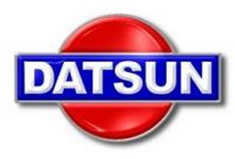Published 2017 Updated 2022
1967 2000
67 2000 Roadster Guide
Identifying the Unique Aspects of the 67 2000 Roadster
Mike Young's Perfect Example Stock 67 2 Liter Roadster
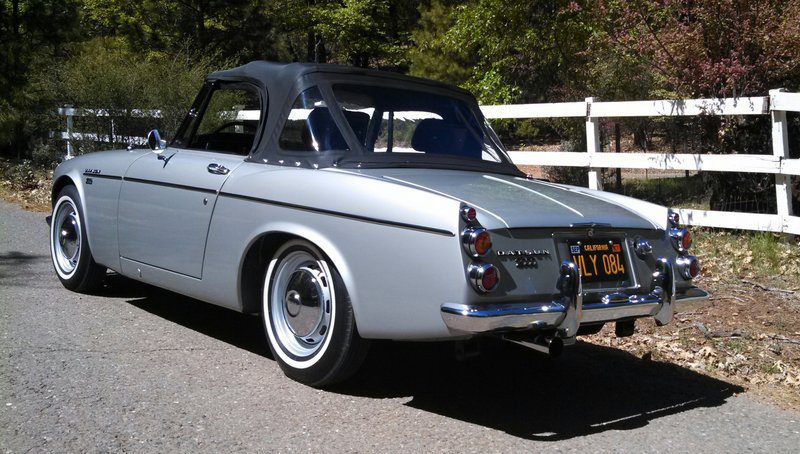
History
-Disclaimer
There is much discussion regarding the 67 2 liter roadster and this is by no means the holy grail. Information was gathered from various sources and some may actually be missing or not 100% correct. If you find something that might be incorrect or mis-leading email 67datroad@311s.org and we will look into it and take action. This guide should however give a you a good idea of what to look for.
Many folks refer to them as 67.5 when they are really true 1967 cars. The 67.5's or the half year cars were all of the 1600 variety. There were no 67.5 2 liters produced. The 67.5 1600's changes included dash gauges, chrome features (head light rings and others), rear view mirror and some others. The first production 2 liters were established with some of the same changes afforded the 67.5 1600's. As such some folks call them 67.5 2 liters even though there were no 2 Liters prior.
-Total production
The total left hand drive numbers produced is usually estimated to be 1,000 cars but if you look at the registry so far there are no factually known cars beyond SRL311-00701. There is one listed as 00852 but it cannot be verified. According to datsun.org car 00962 was scrapped in 1998-so we will never know for sure. For now until proven otherwise the actual numbers produced may have been 700 plus not the mystical 1,000 that is discussed quite often in the roadster circles. Until someone comes up with some actual proof-the assumption will stay. Out of every 100 cars you would think there would be at least one example left. That is the case with the numbers from 100 through 700. So far we have no proof the numbers above 00701 exist. Right hand drive produced is estimated to be around 500. These were shipped to the UK and Australia.
Not all cars are in the new database registry as yet. You can login as a guest, scroll to the far right and enter your search criteria. VIN, Name, Model, ect...
Definitions and Discussion
ORIGINAL
The roadster is equipped with the original parts as it came from Nissan. Original 67 2000 roadsters are exceedingly rare as some parts will have worn out or deteriorated over 50 years. Tires, belts, hoses etc. will have been replaced. An original roadster has a mystique and high value to some but probably does not make the best usable/driving roadster as parts are old , worn out and unreliable.
OEM (Original Equipment Manufacture)
The part is an identical Nissan part compared to the original part. For example, radiator hoses. These can be replaced in a variety of shapes and construction but an OEM replacement would be Nissan with the same shape and braided covering as the original part.
OEM or REPRODUCTION PARTS
A number of the unique 67 2000 parts have been reproduced over the years. The value associated with a reproduction part compared to the OEM part will depend on the buyer and seller but in determining the price for a 67 2000 roadster it is important to know if the part is OEM or reproduction.
Reproduced parts include the following:
- Enigine lift brackets-front and rear
- Rear license pate trim surround
- Shift knob
- Shift plate
- Shift plate shift pattern label
- Shift plate retaining ring
- ID plate
- Dash knobs
- Air cleaner housing
- Hose clamps
- Fan spacer
- Fan pulley
- Exhaust systems and megaphone resonators.
- Dash pad.
- Mirror blade
- Visors
- Updated wiring harnesses by Curtis
STOCK
The roadster is as close as possible to the condition it was when sold. It should appear as it pictured in the 1967 brochures and literature. For example. The unique parts are present and replaced parts are OEM where possible. The paint is original or repainted the original color or one of the Nissan 67 2000 colors. Bumper guards are present. Tires are close to original size with narrow whitewalls. Wheels are steel, silver color and with hub caps.
RESTORED
The roadster has been rebuilt to as close to stock condition as possible. Rebuilds can vary depending on the detail of restoration done. The level of restoration should be a large factor in establishing a value for the roadster. A complete restoration involves removing the body and restoring all parts down to new or re-plated bolts. nuts etc.
MATCHING NUMBERS
Matching Numbers means the roadster frame and the engine are the same as when the roadster was built. The car number is stamped on the left frame rail just below the front carburetor.
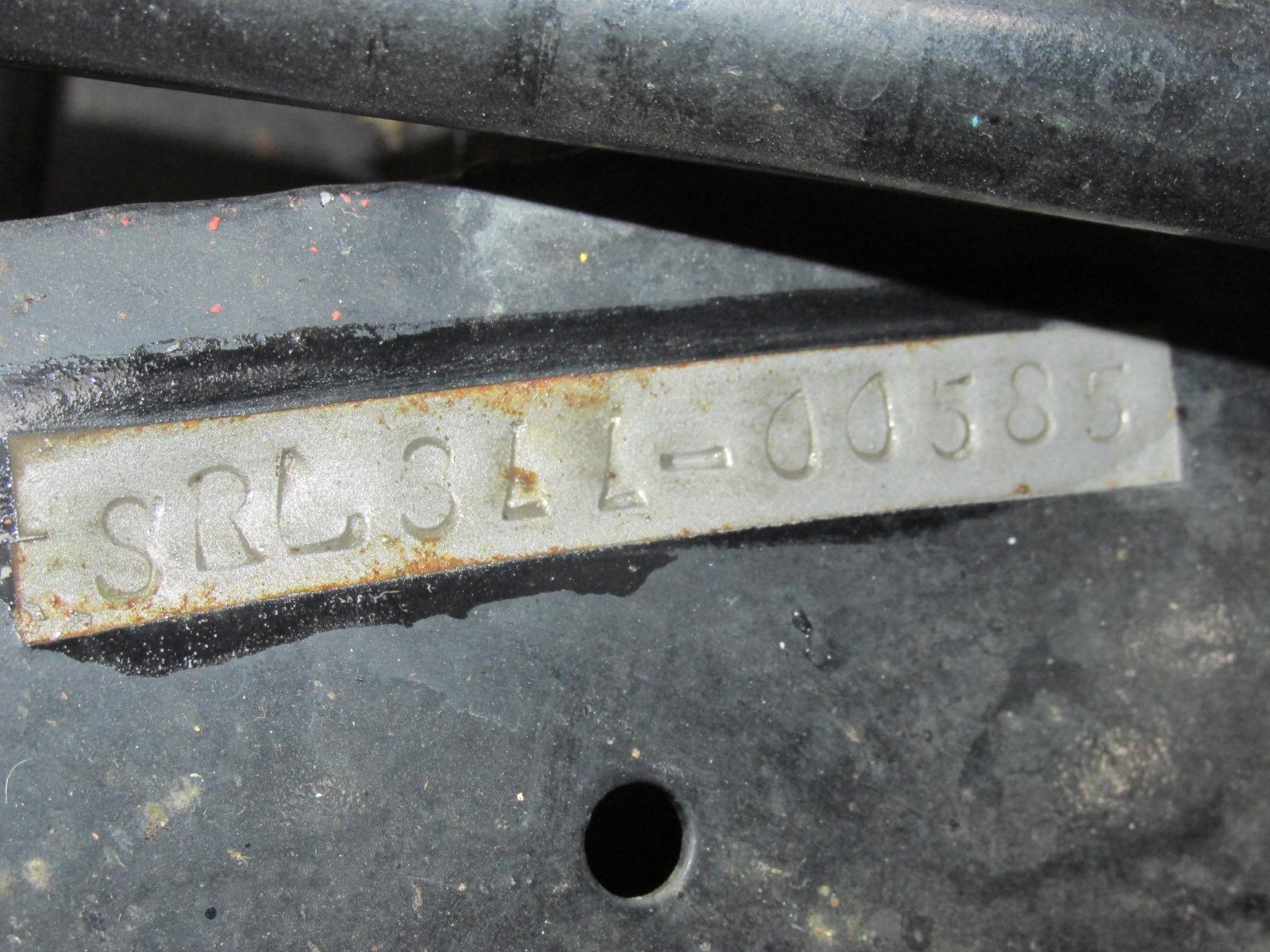
The engine number is stamped on the U20 block just below the coolant thermostat housing.

These numbers should match those stamped on the ID plate on the right side of the cowl.
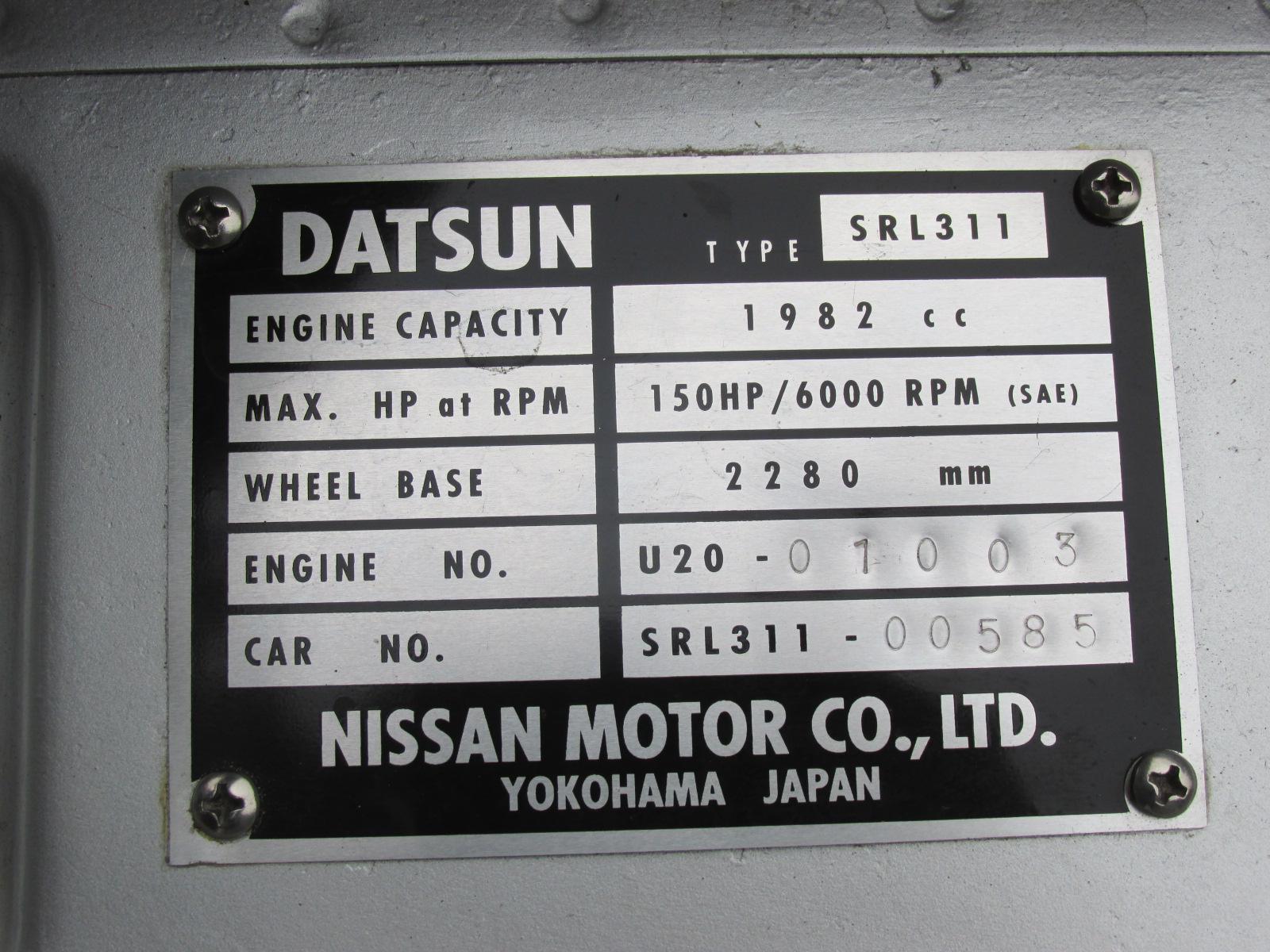
Having matching numbers is considered important for confirming that the roadster is stock in that the original engine block is related to the original frame. Even if the numbers do match how do we know these are the original frame and engine block? Over 50 years changes may have happened. The frame may have been bent and replaced. The frame section where the car number is stamped may have been replaced by a section from another frame. The motor block may have been changed. Replacement blocks available from Nissan have no number stamped on them. The original engine # may have been stamped on the replacement block.
The cowl ID plate may have been changed to show the changed frame or engine block. Proof of matching numbers can be difficult to confirm. Is the cowl ID plate the original one? Most seem to be lost. New blank ID plates are available. The stamping font on the original tags is unique and a number punch set from Harbor Freight will not be the same. An original tag should show some indication of age and is attached with 4 metal screws not rivets. Lacking firm records such as an original sales document with the engine number (rare)or a chain of service records with the engine number (again, rare) a decision must be made on a "seems reasonable" basis. For the 67 2000 this a satisfactory method because there is a relationship between the car number and the engine number as is shown clearly in the 311s registry. Though the U20 was a new engine for the 67 2000 the car and engine numbers are not shared 1 to 1. The U20 engine number is anywhere from 100 to 700 higher than the car number. The registry shows Car #3 with engine #104, Car #79 with engine #227, Car #155 with engine #454. So some number relationships (fictitious examples below) can be seen as not right.
Car #15 with engine #4005. Not good.
Car #700 with engine #215. Not good.
Using roadster #585 as example we can try the "seems reasonable" test to verify the claim of matching numbers.#585 has a replacement cowl ID plate. There is no original ID plate. The restorer claims it is a matching number roadster. Not much real proof here. The engine number is #1003. The registry shows SRL #573 with engine #885 and SRL #588 with engine #1000. Again not positive proof but "seems reasonable " that engine # 1003 was original to car # \585 as it fits within the roadsters on either side of it in the registry. This may be the best we can do for most claims of matching numbers.
Body replacement
Is the roadster body is just another part? Nissan did offer the complete body as a replacement part in 1966. Most of us think of the body as "the" roadster but it can be replaced and possibly should be replaced if it is badly rusted. Having an original body or a replacement body should be a factor for buyer and seller in establishing a value for a 67 2000. Matching numbers relates the frame to the motor but there is no roadster body "number". 1950s Datsun vehicles had beautiful body # plates just like older American vehicles. The 67.5 1600 roadsters have the same body as the 67 2000 roadsters so there are candidates for replacement bodies. Replacement bodies seem to be acceptable to buyers and sellers but the roadster must be accurately described as "rebodied" to properly establish value and avoid problems of perceived misrepresentation.
EXTERIOR
Front Grill
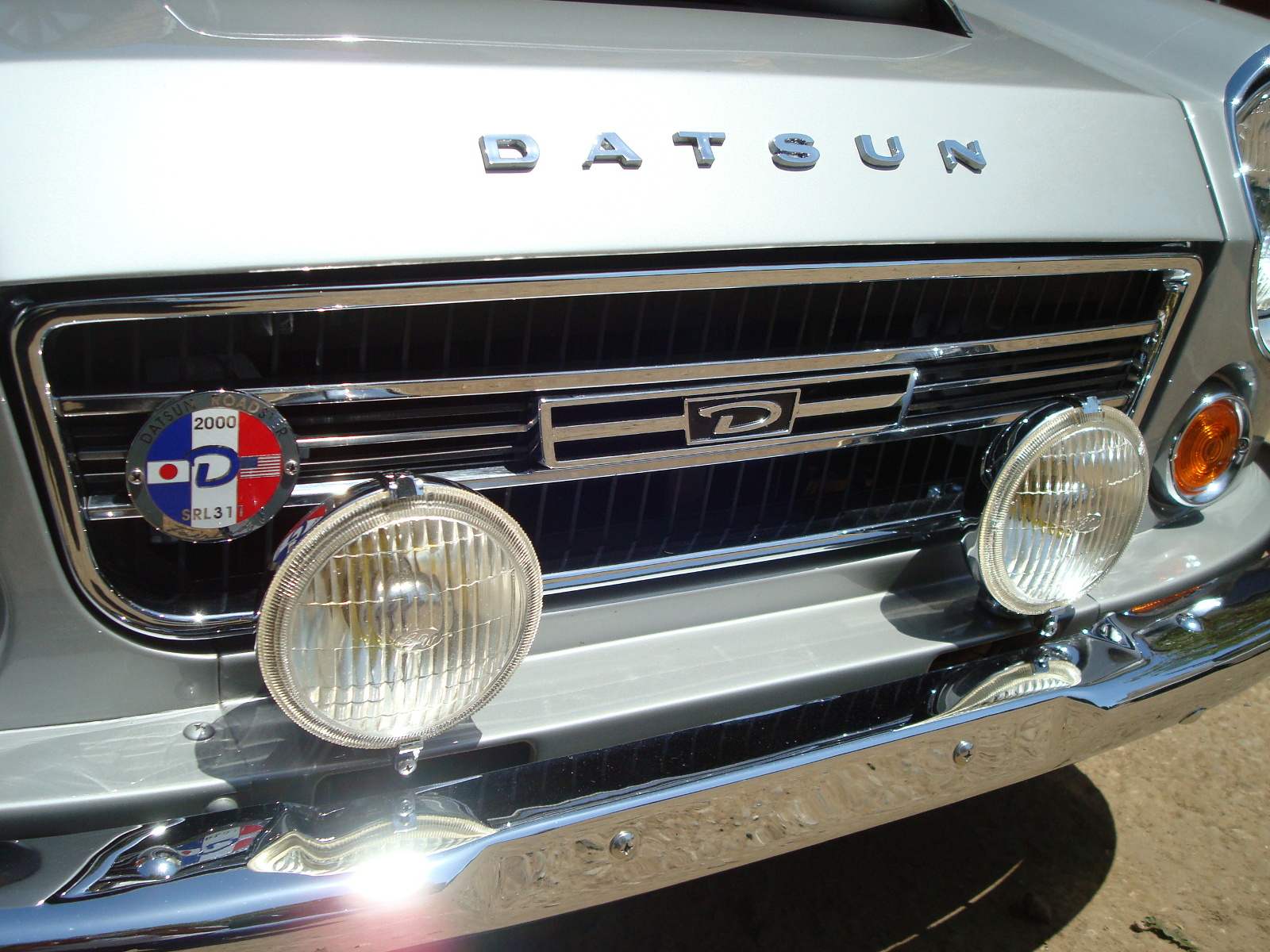
Side Trim
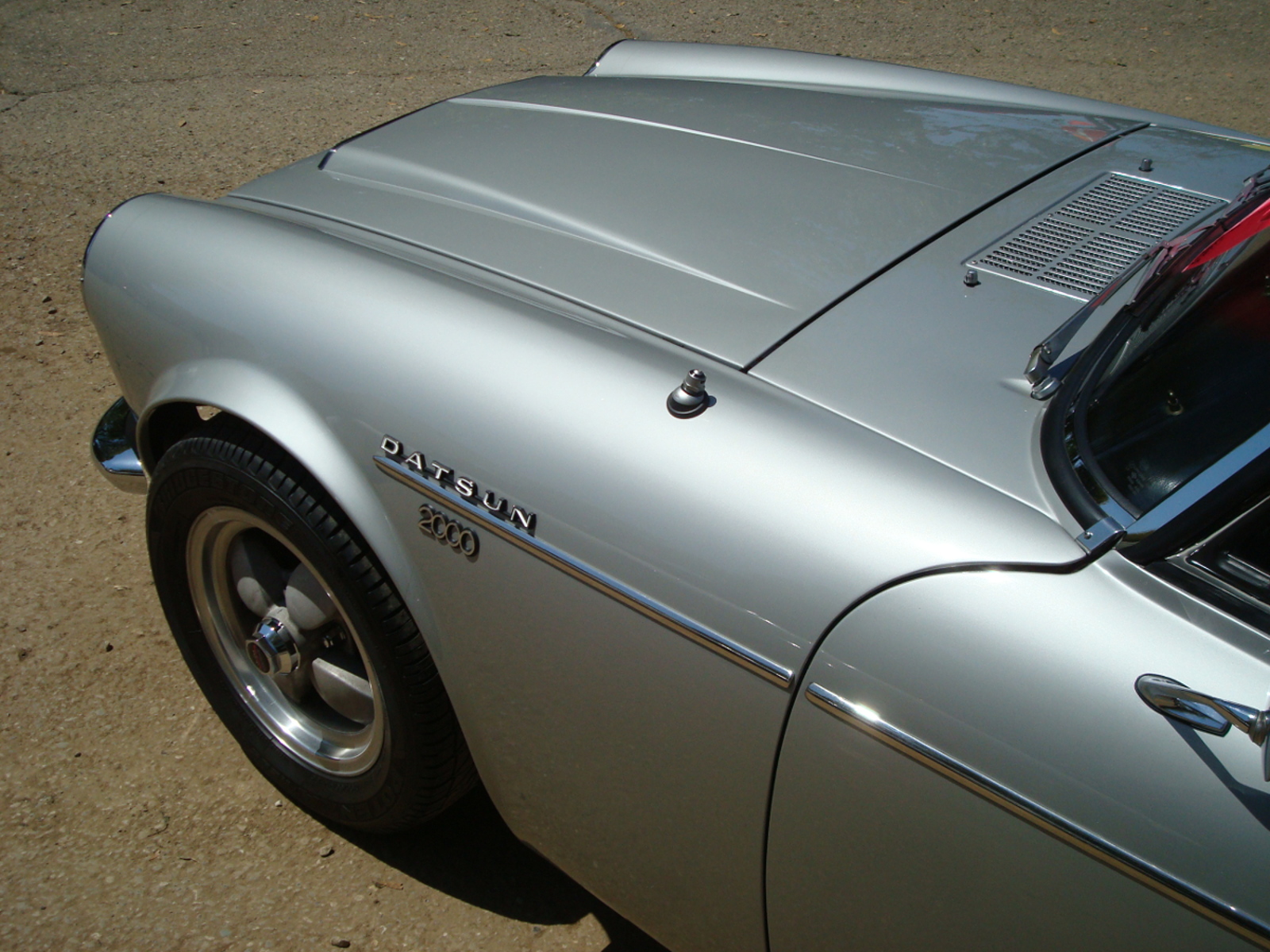
License Plate Trim--Chrome trim surrounds the license plate indented area. It has a groove/channel on the back side for trim clips that are fastened from inside of the trunk.
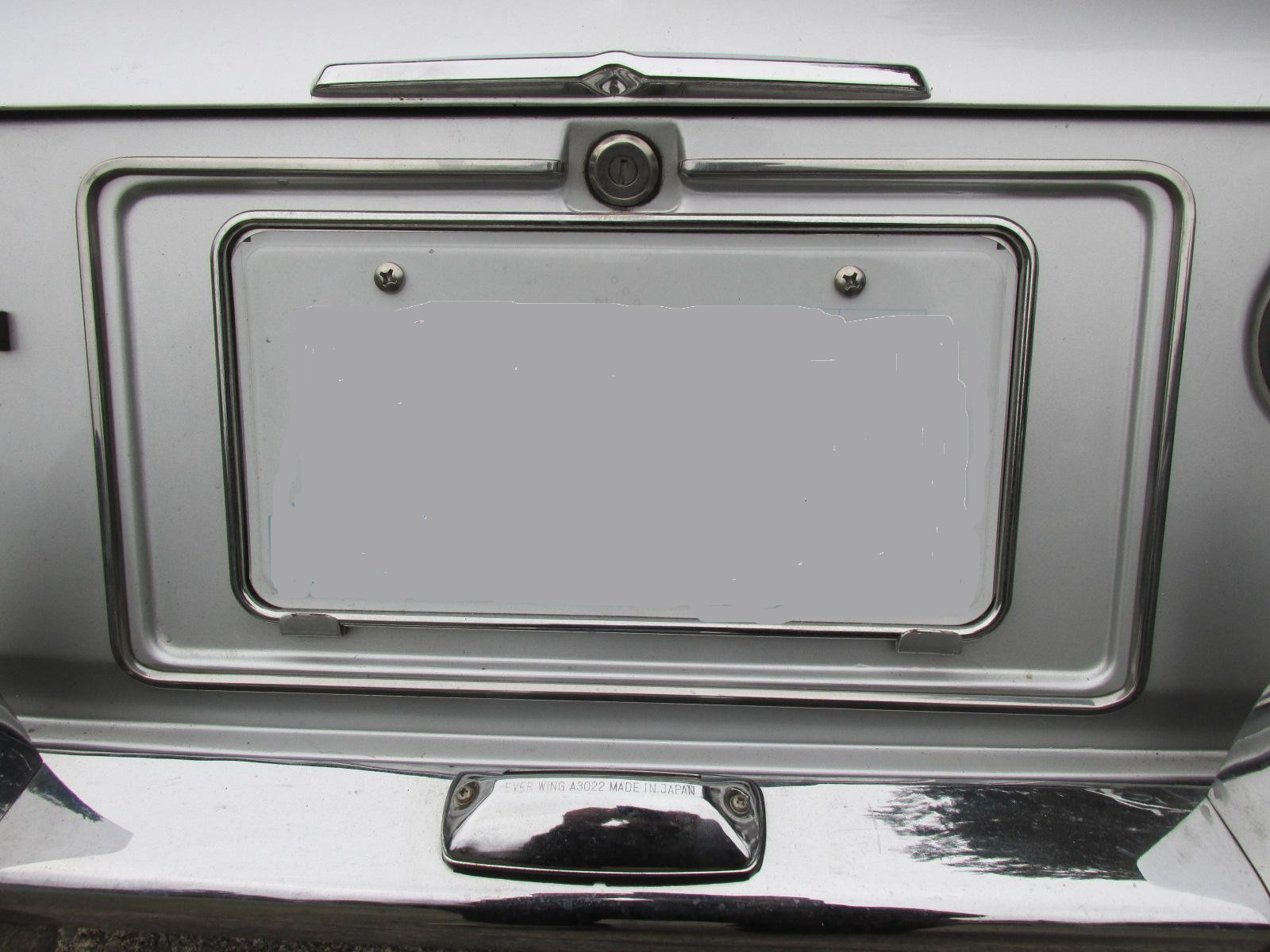
License plate trim mounting tabs.
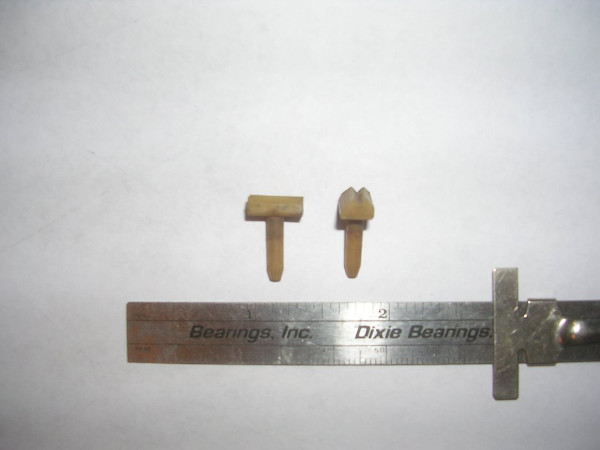
Wheels--Steel wheels are 4.5" wide and with the wheel info and date code stamped on the INSIDE of the rim and the date is in the production months of 5-67 through 9-67. They should have 67 stamped in them. Came with whitewall tires and chrome hubcaps.
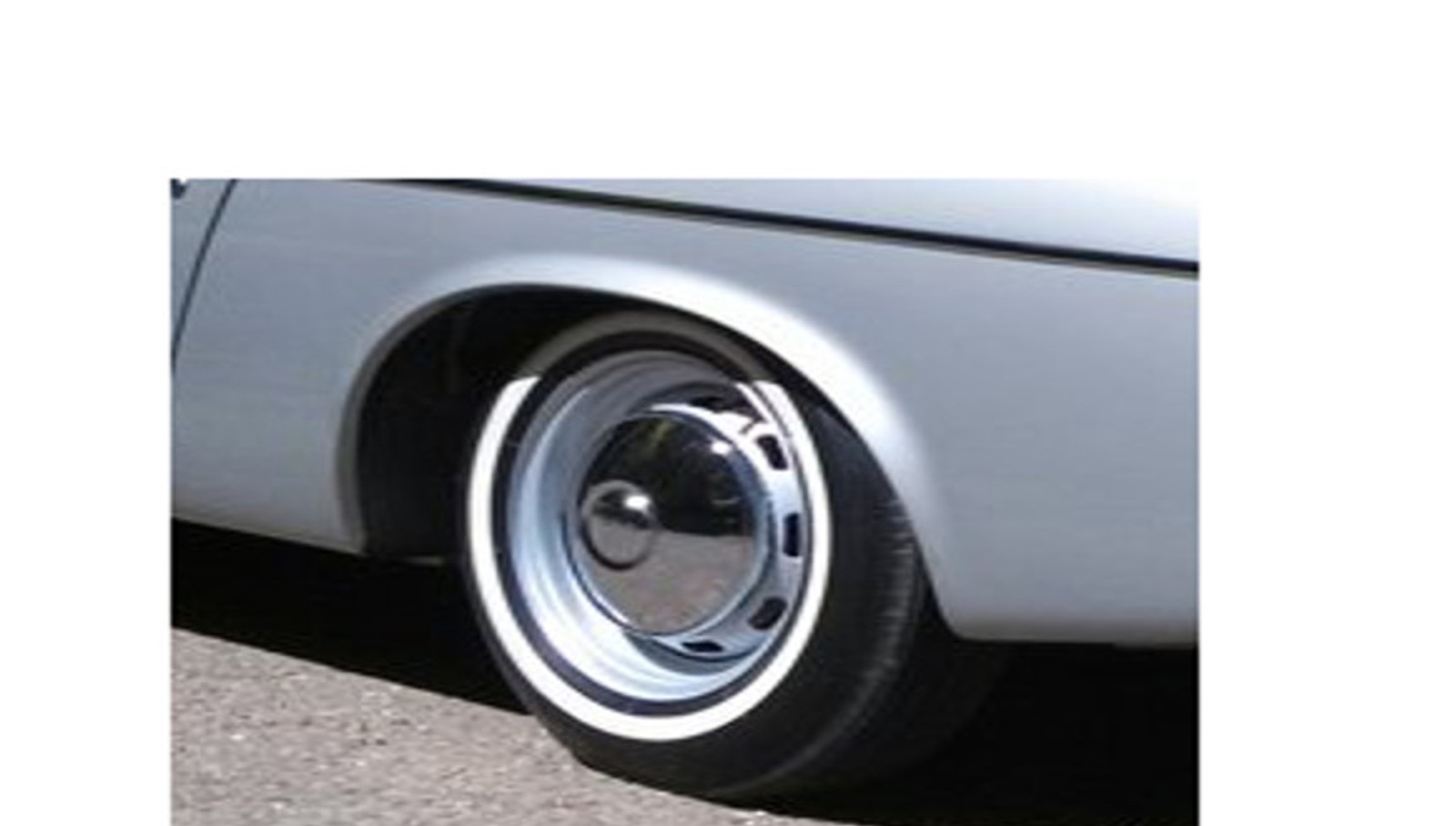
Windshield--The 67-67.5 has a wider clip for the under Windshield frame weatherstrip at the lower corners. In the 67.5 cars it is wider than the previous versions. Finish is chrome.
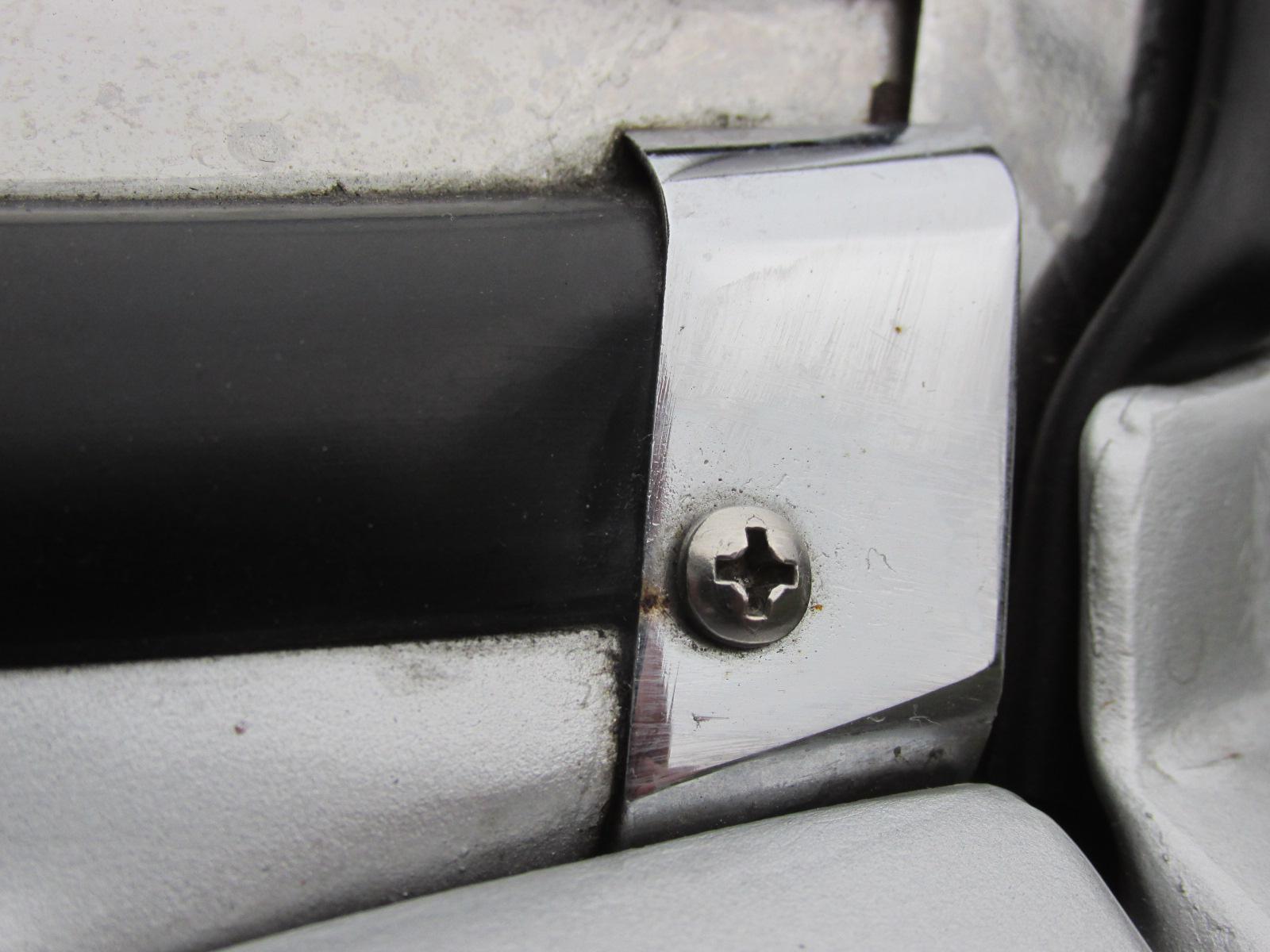
Top clip of the windshield corner that gets lost easily.
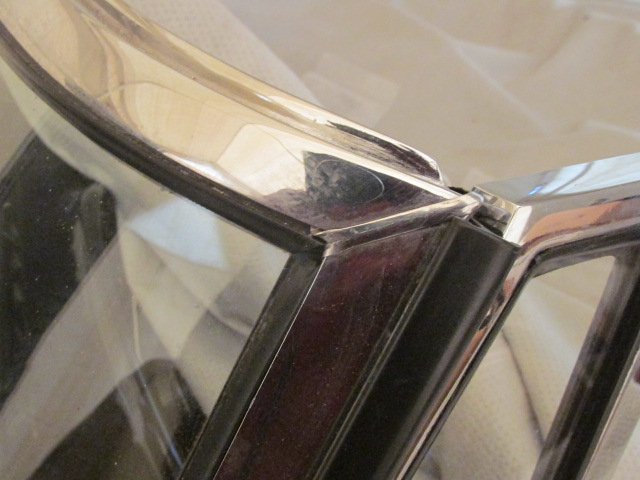
A unique picture from a claimed untouched original 67 2000 showing how the rubber along the door post comes up and attaches to the windshield top frame.
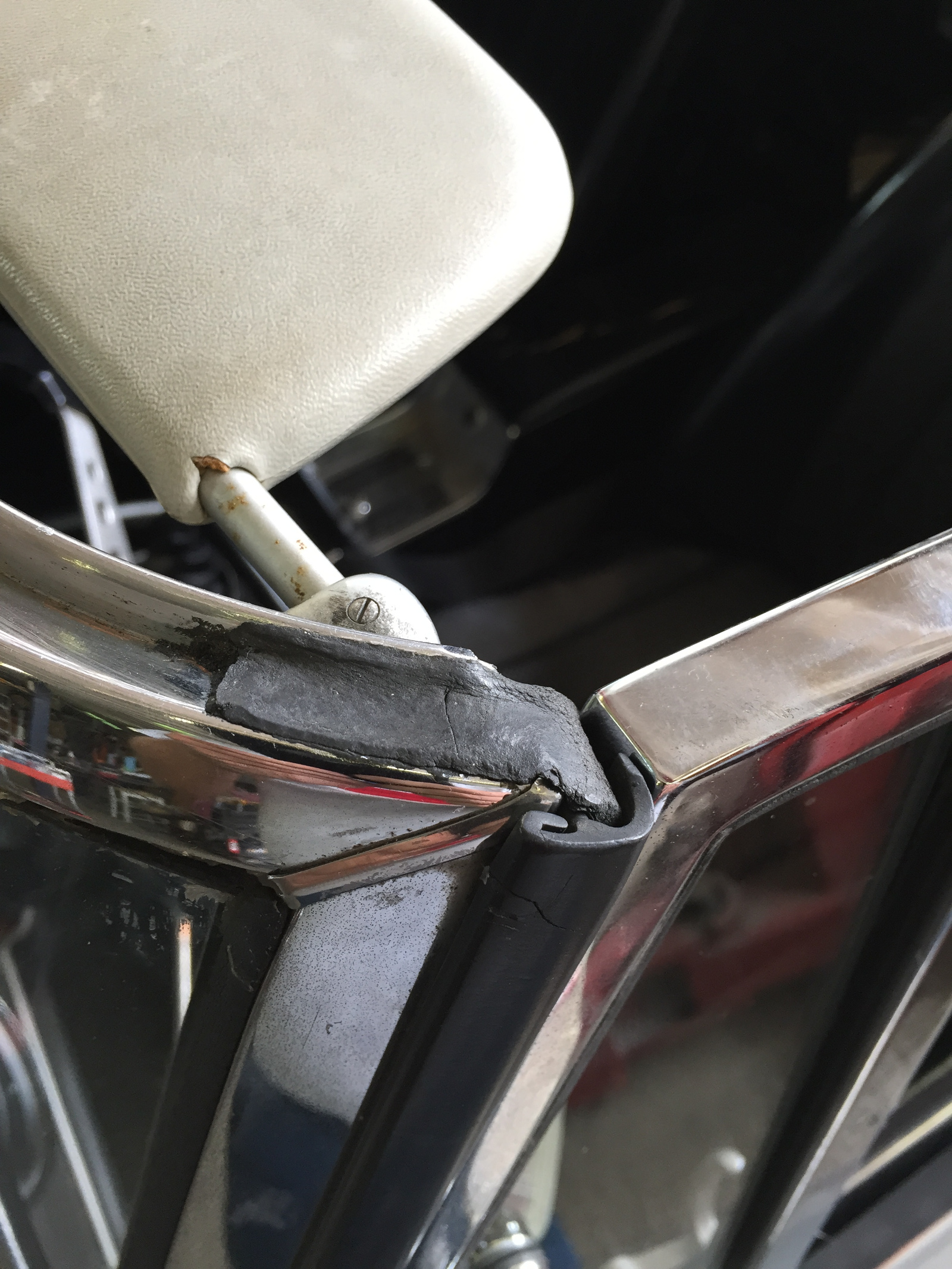
The Washer nozzle is larger than previous versions and is only found on the 67.5 cars. The finish is satin chrome on this item.
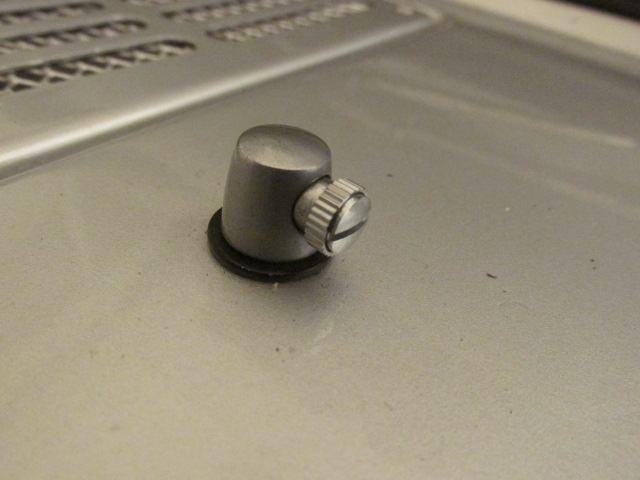
Wiper arms: Wiper arms are satin in finish, they are not polished. The big difference is the wiper arm has 2 rivets in the arm vs the earlier style which has only one rivet, in addition there were several versions of the earlier wiper arm so this may not be true for all early cars. They should have Everwing stamped on them.

Tires--Narrow Whitewall tires were standard equipment.
Door Mirror-- Outside door mirror had swept back base without a screw to hold the round head. Unique to the 67-67.5. These were also found on the 67 411 cars as well.
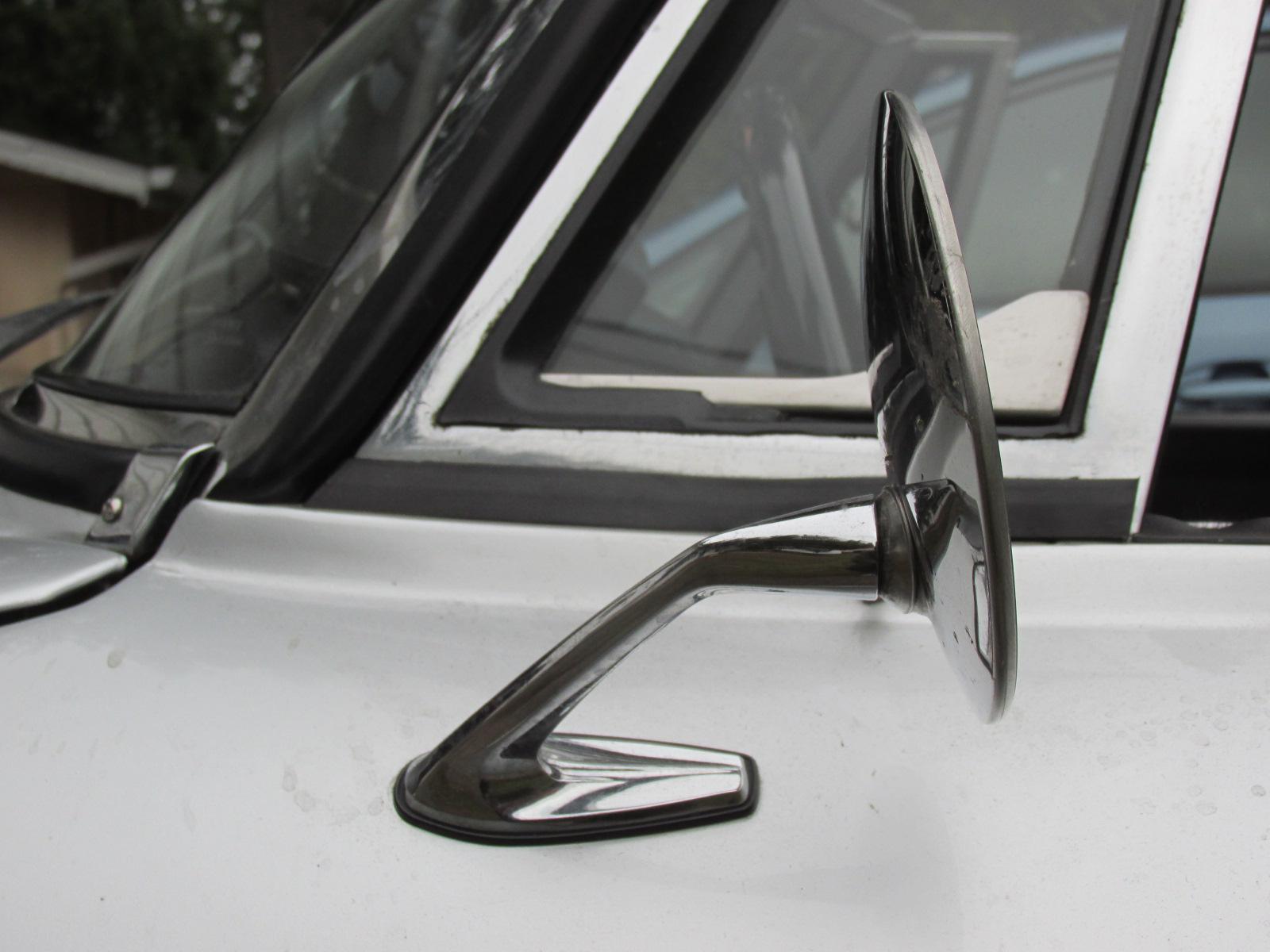
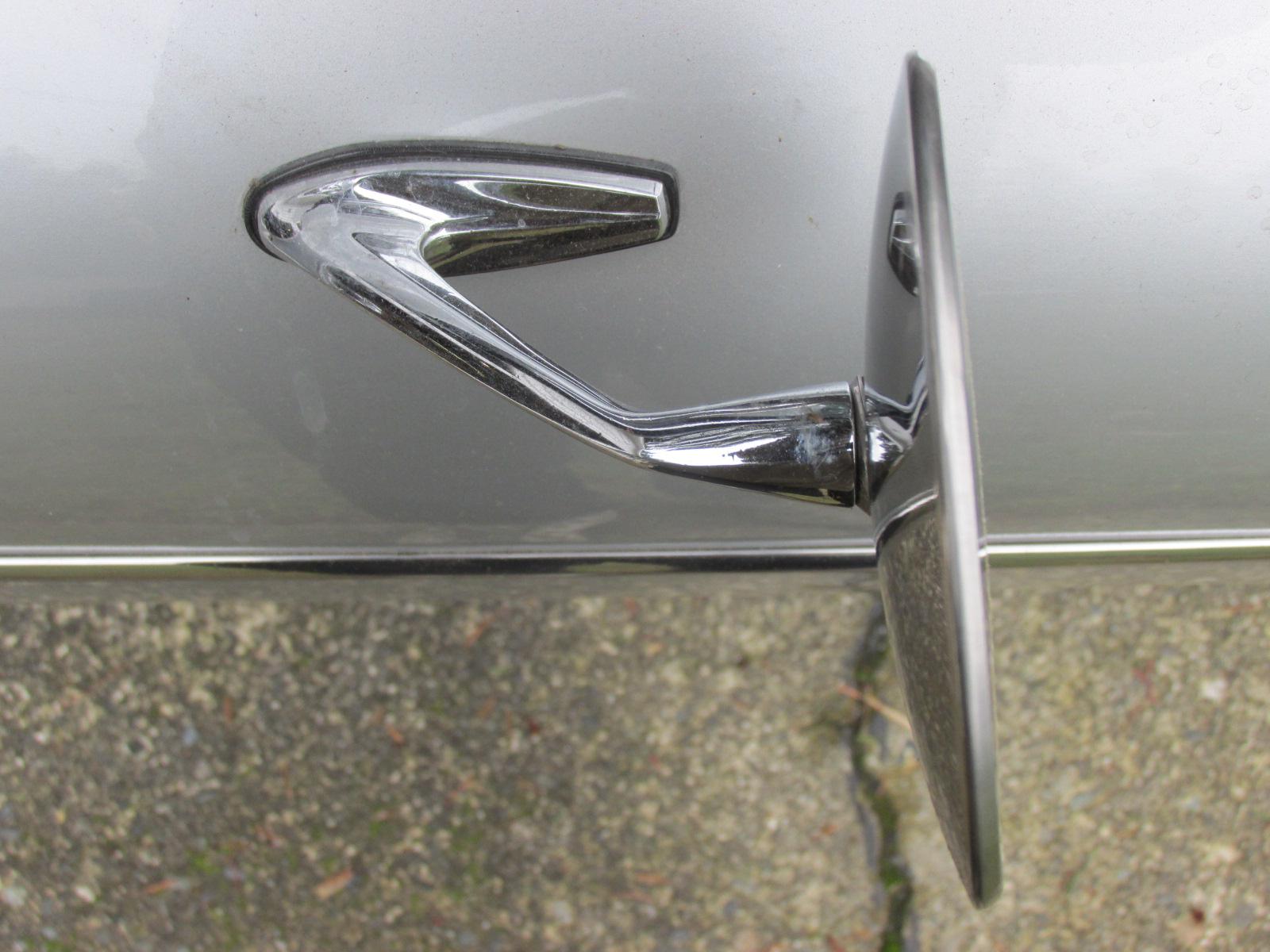
Dash Mirror--The rear view mirror one version. The optional/day night mirror was only available for the high windshield cars(too large a pattern for early cars)
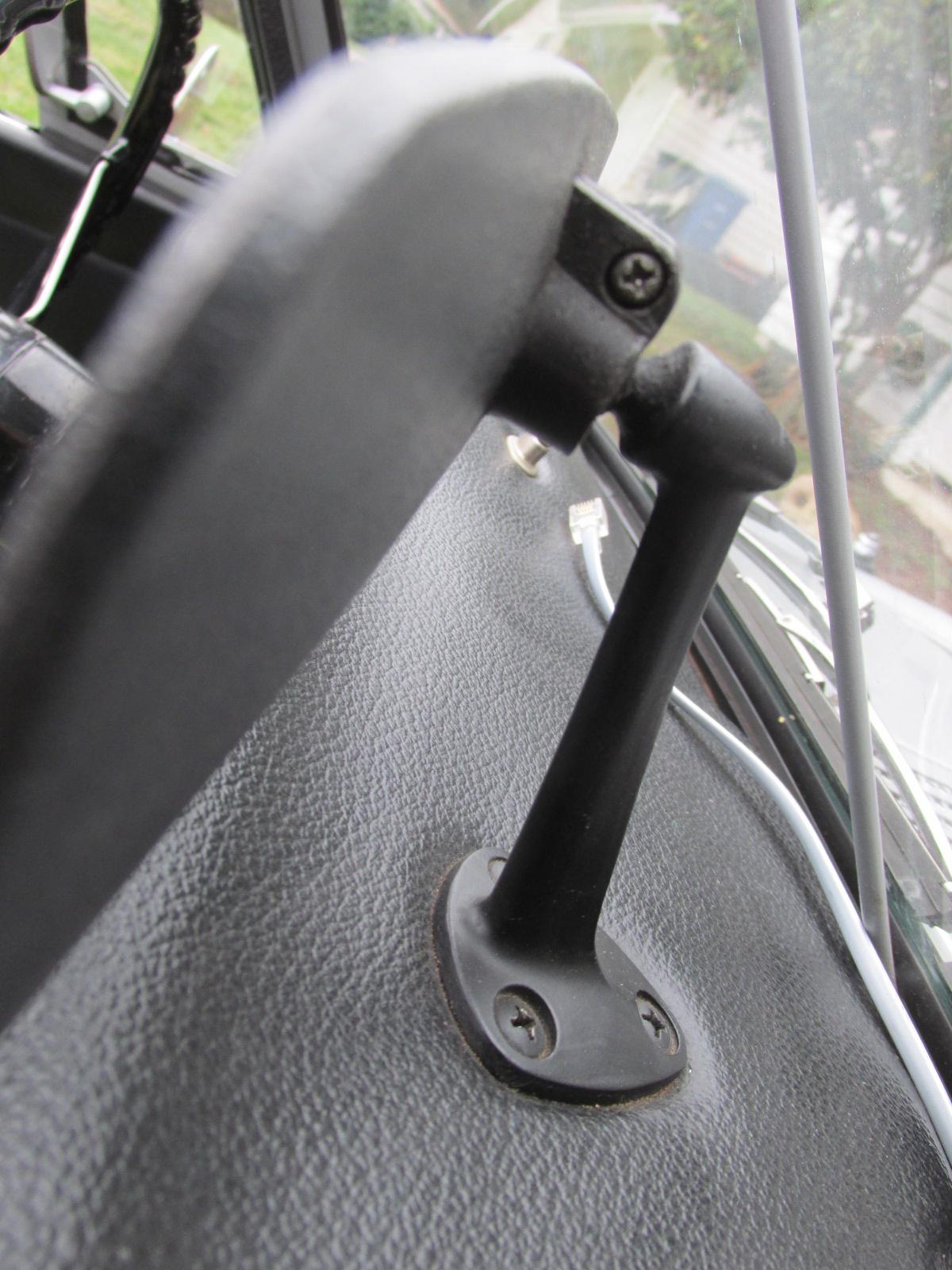
High windshield rear view mirror-day/night version-not a stock option.
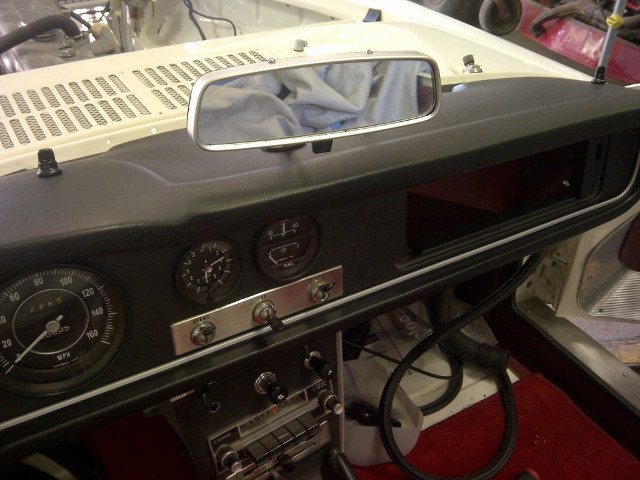
ID Plate-- ID plate had line Model For Year only up to #195 approx. Later did not have line.
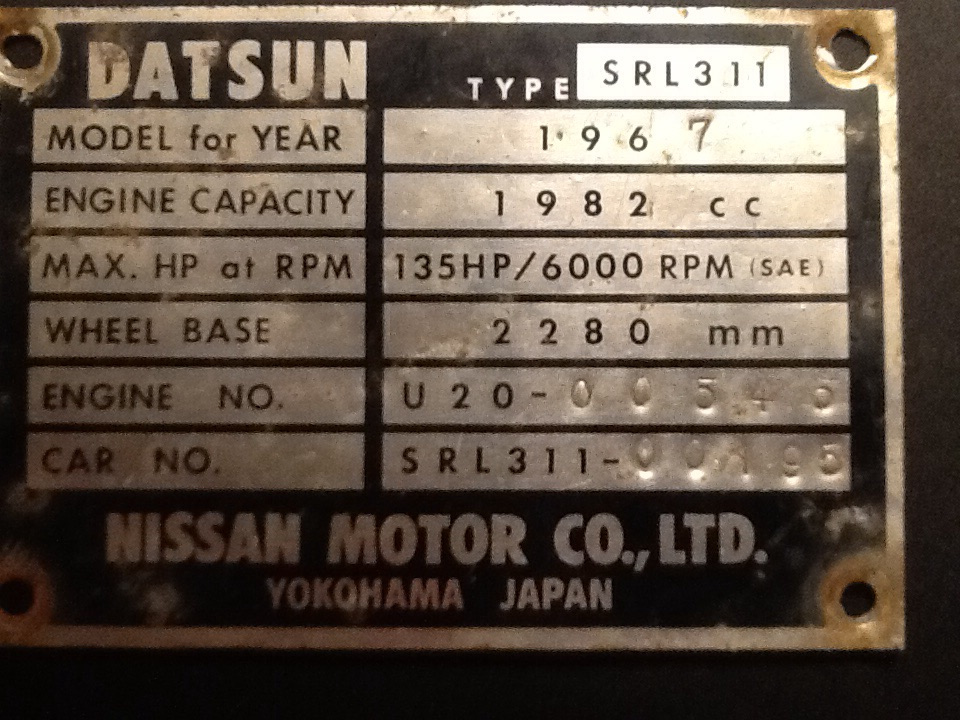
Fog Lights--EverWing fog lights were optional. The fog lights came in a number of variations of the mounting base for different model Datsuns.
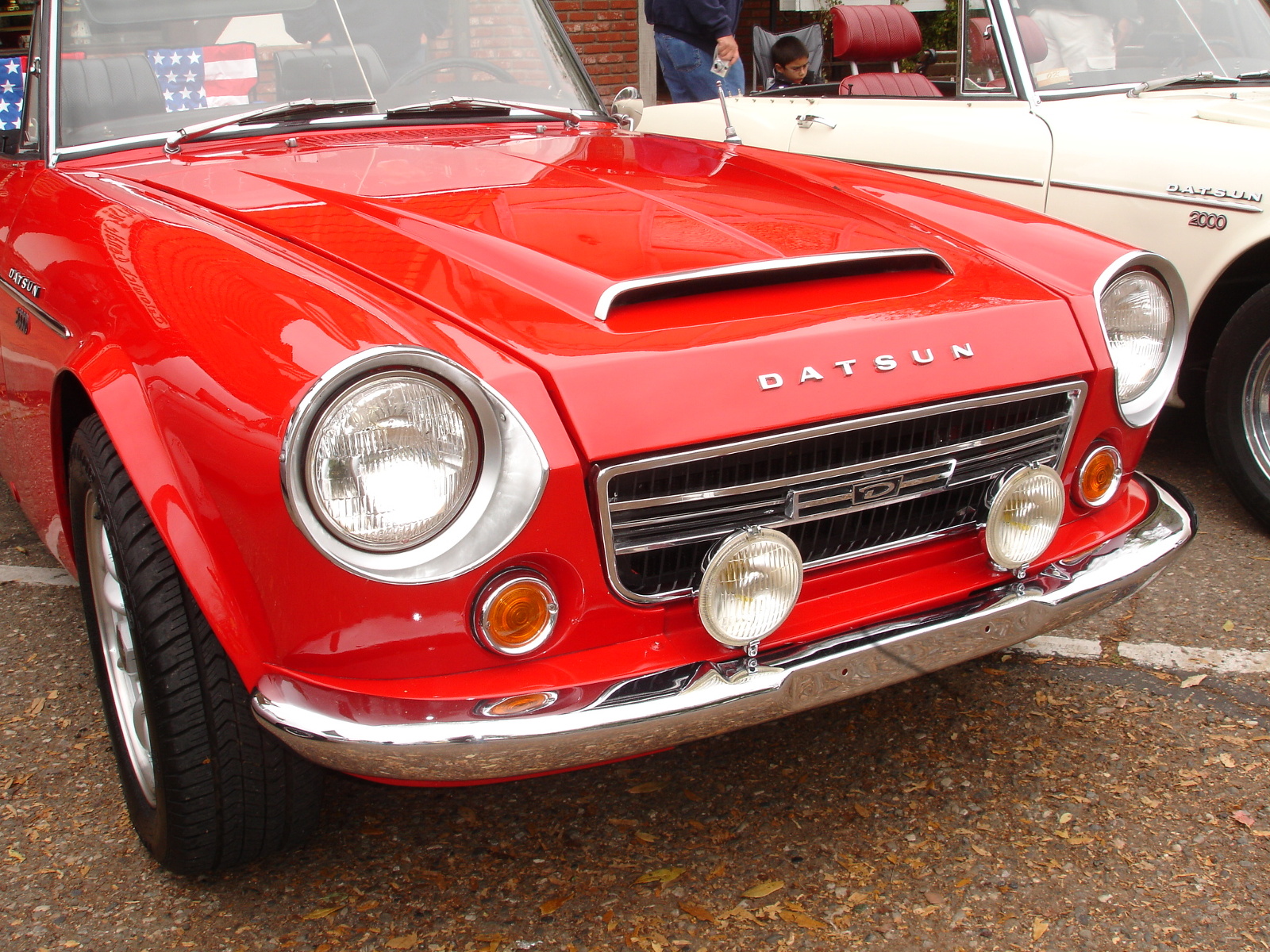
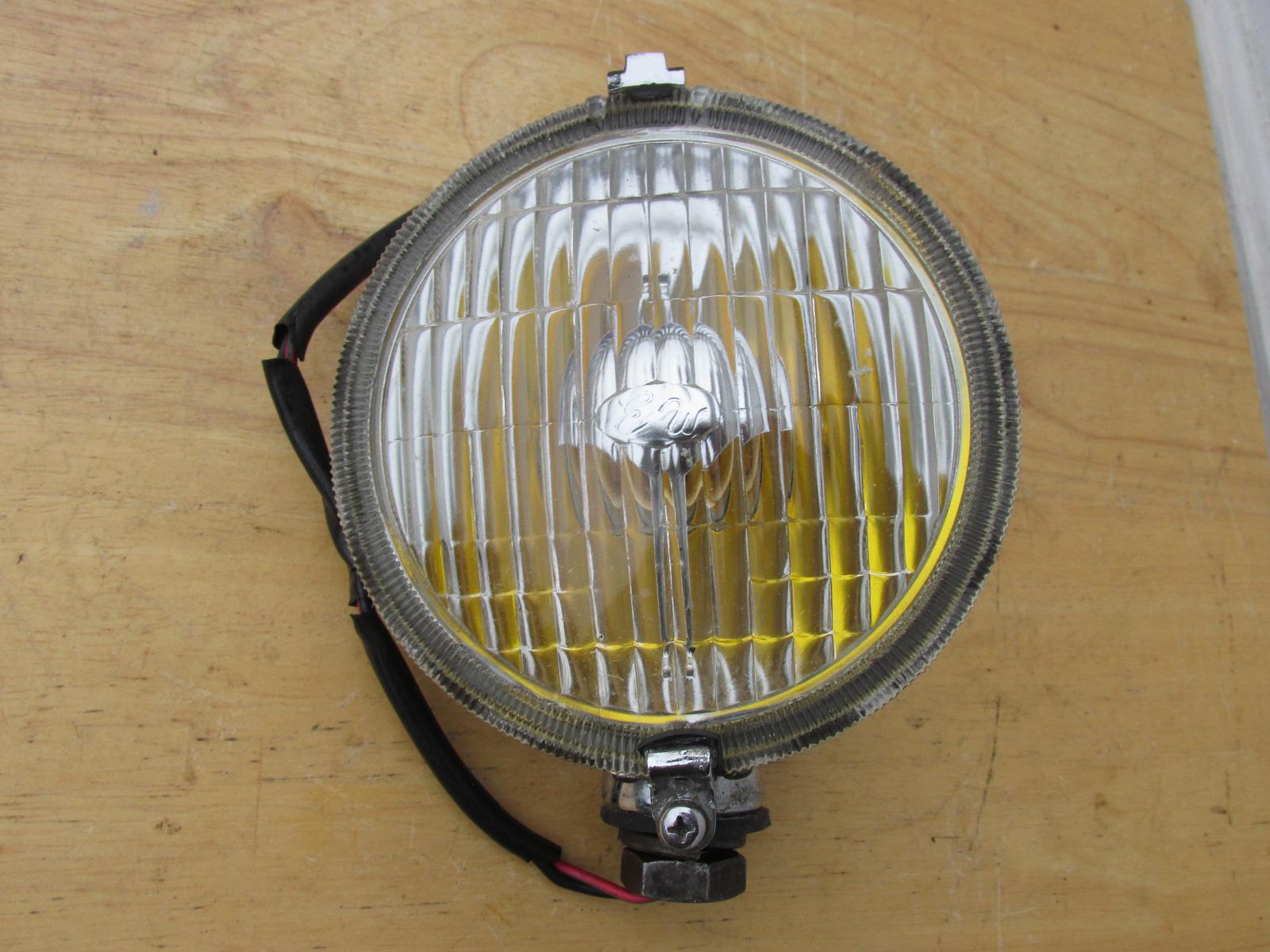
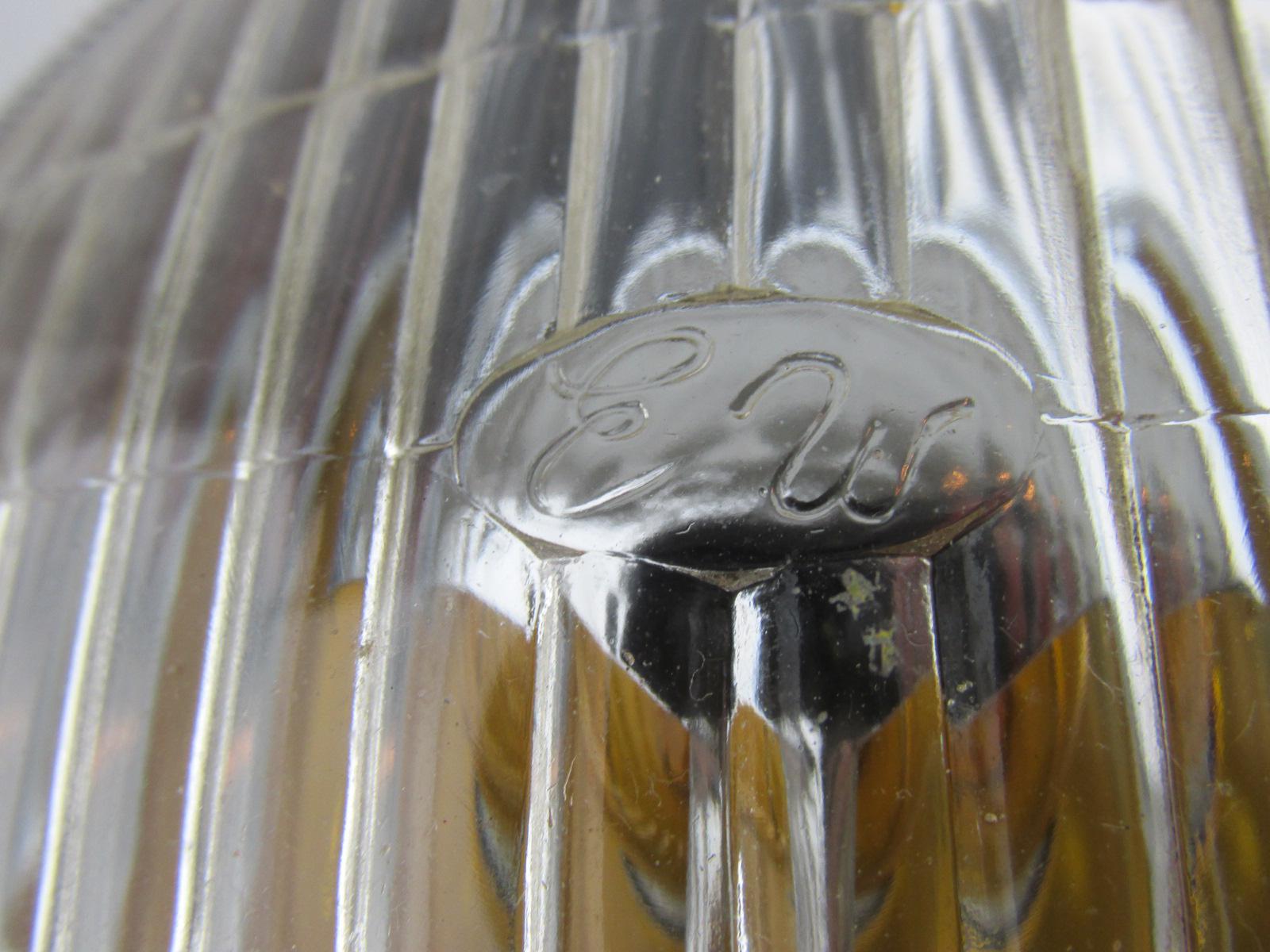
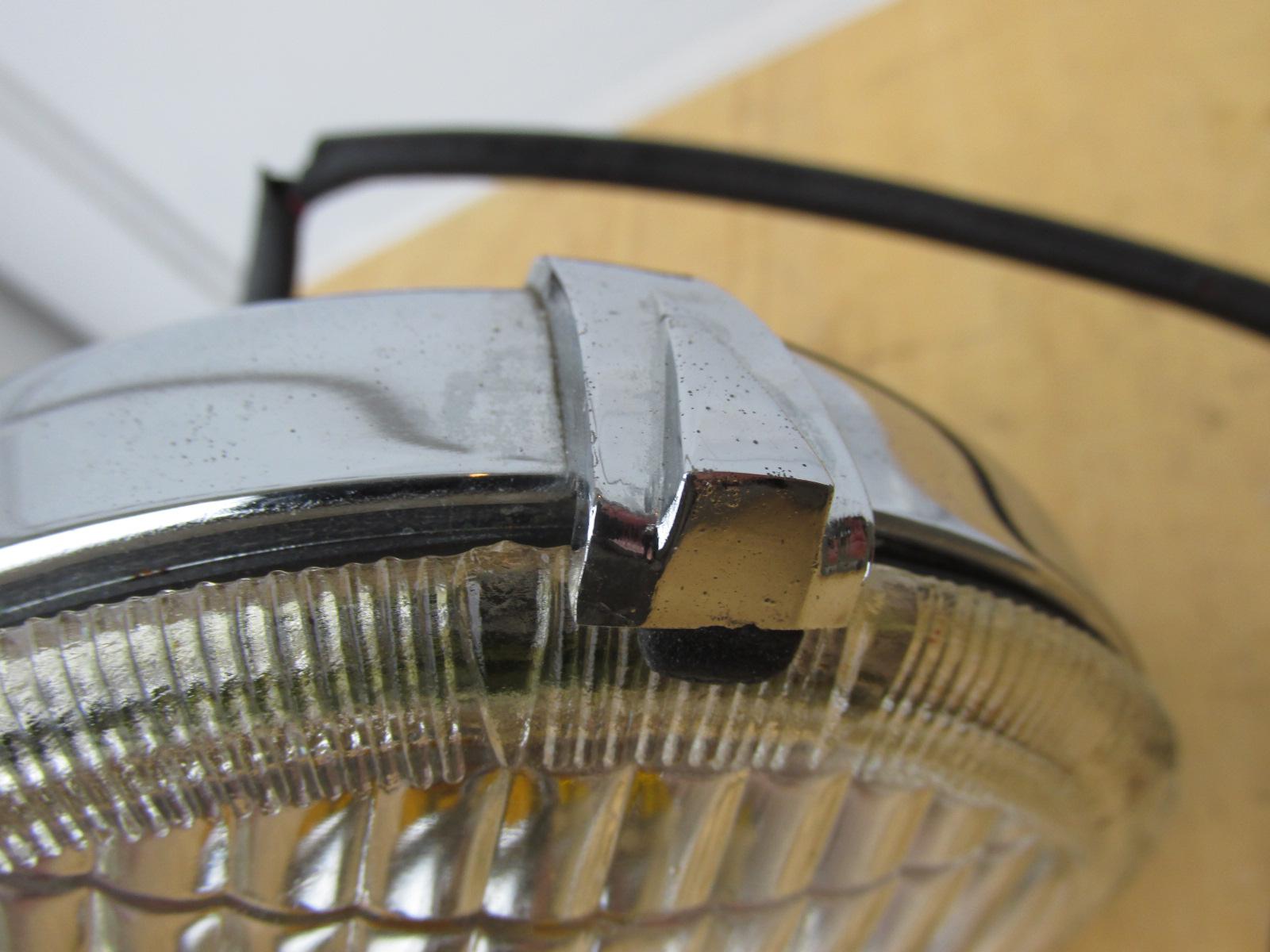
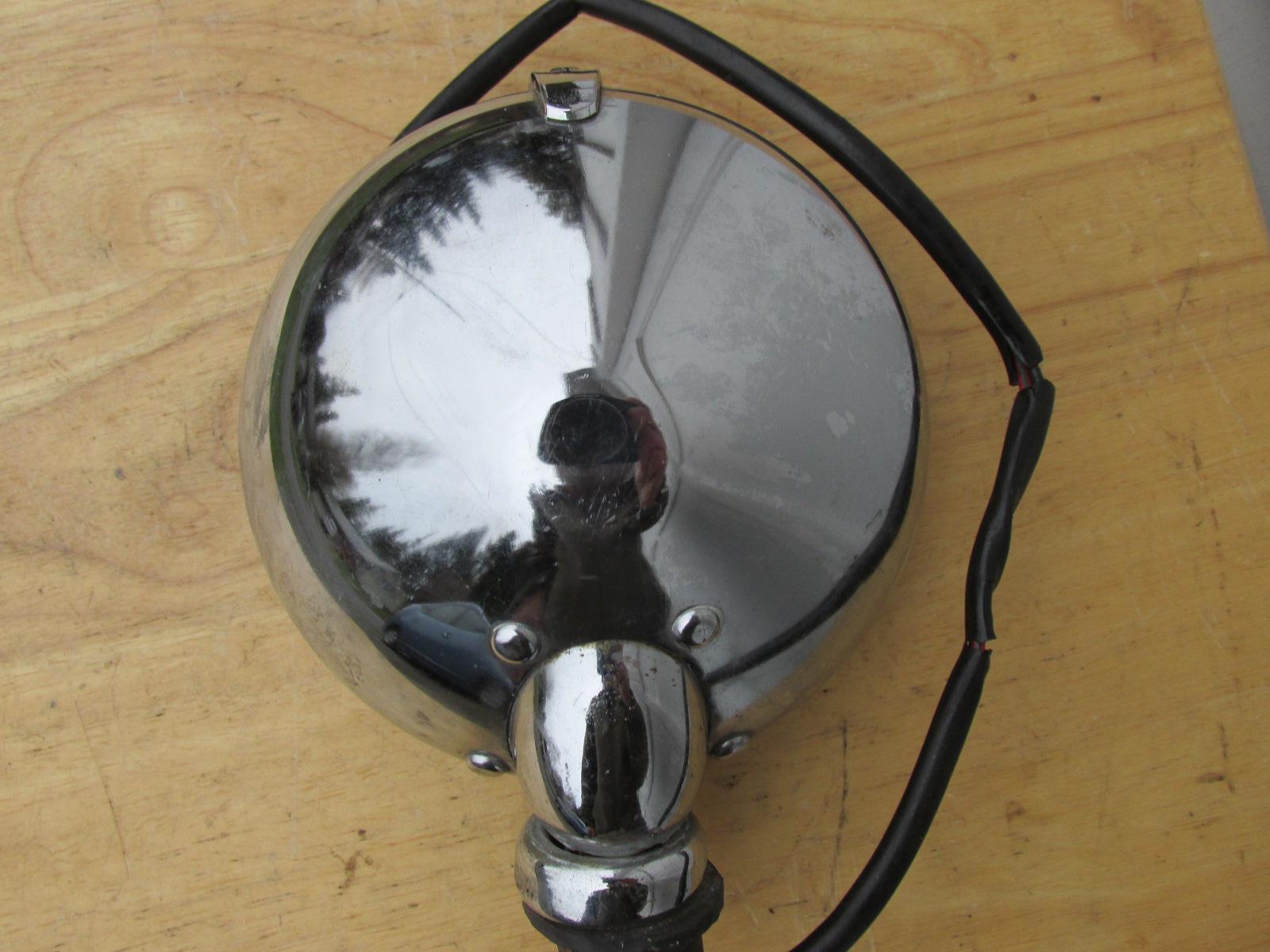
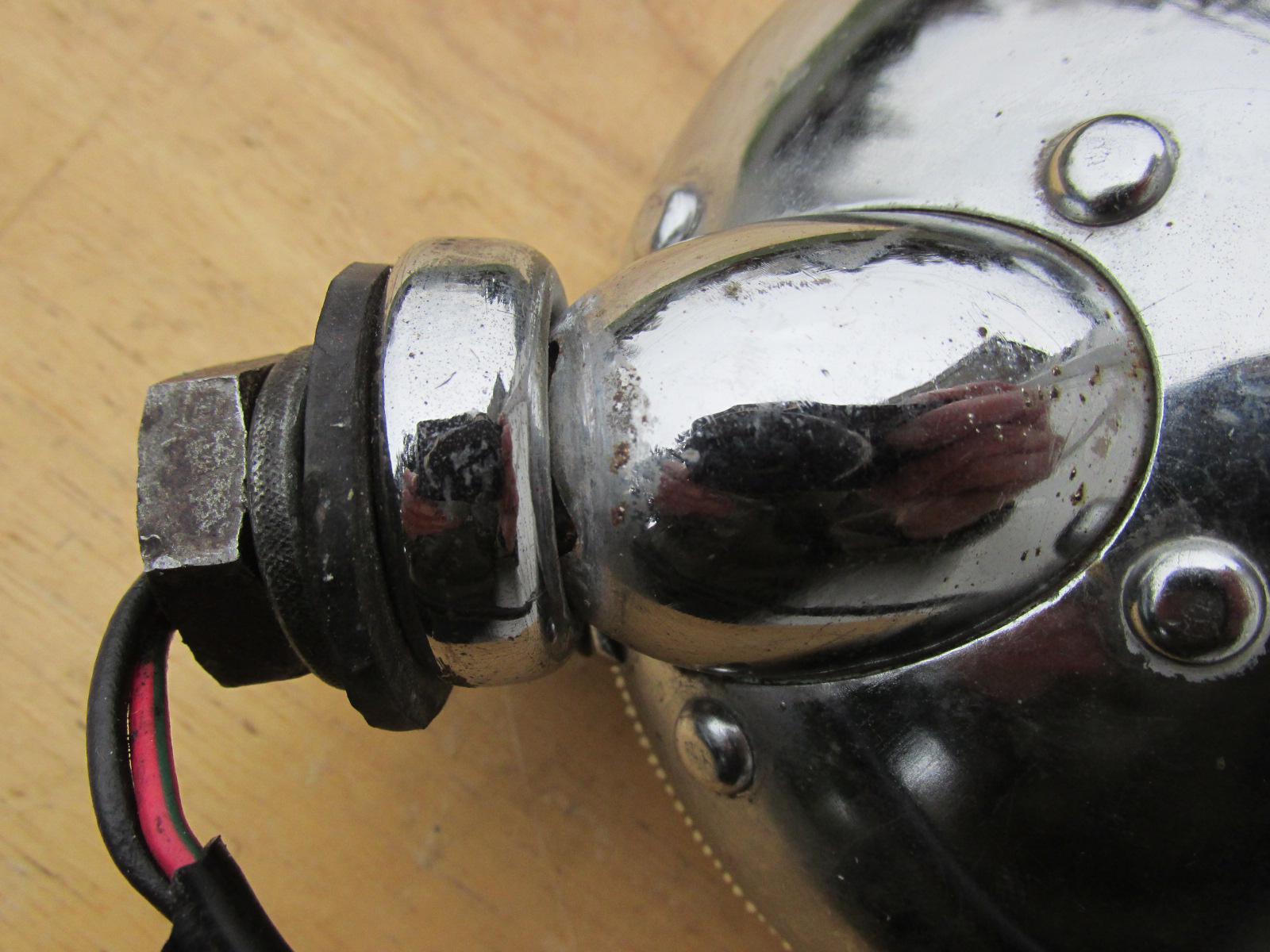
Front Fenders--Front fenders are unique to 67.5 as they have wide flare but are designed to join at the doors and low windshield with a different shape than later fenders.
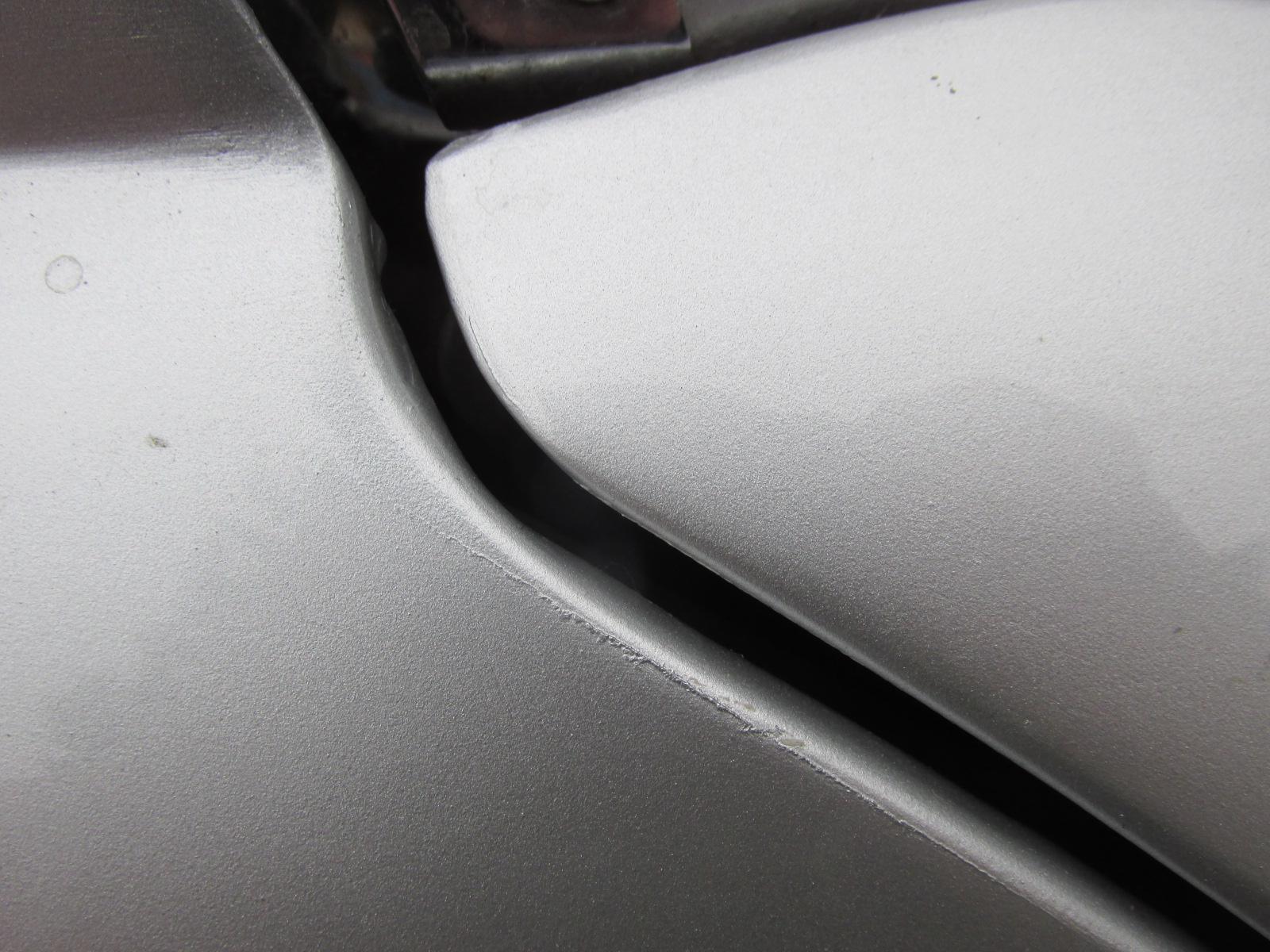
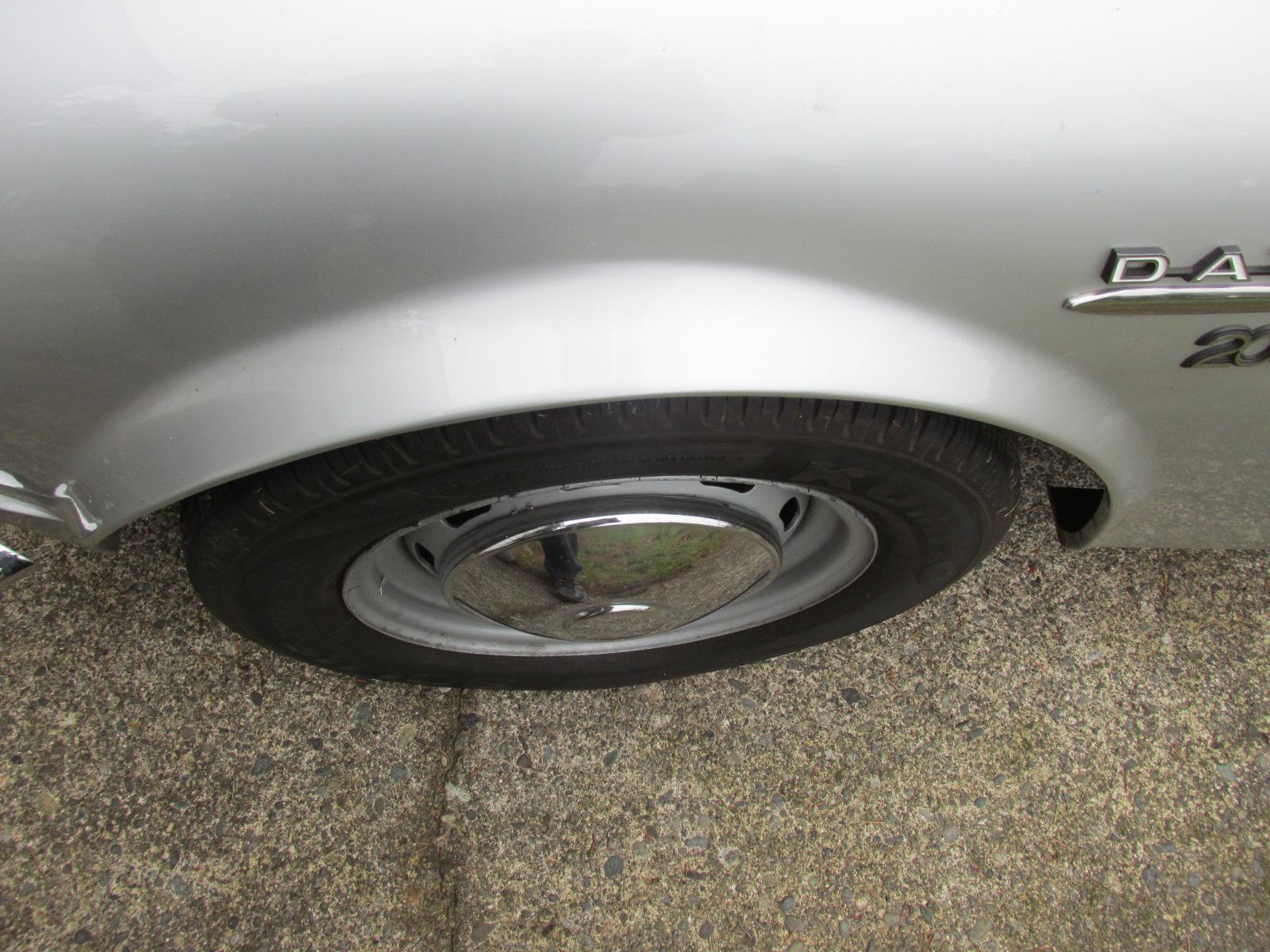
Rear Fenders--Rear quarter panels had two configurations on bottom behind wheel opening and changed somewhere in production. The early ones were similar to the earlier 1600 cars while the later ones were similar to the 68 and later cars.
Headlight Scoops--Satin chrome.
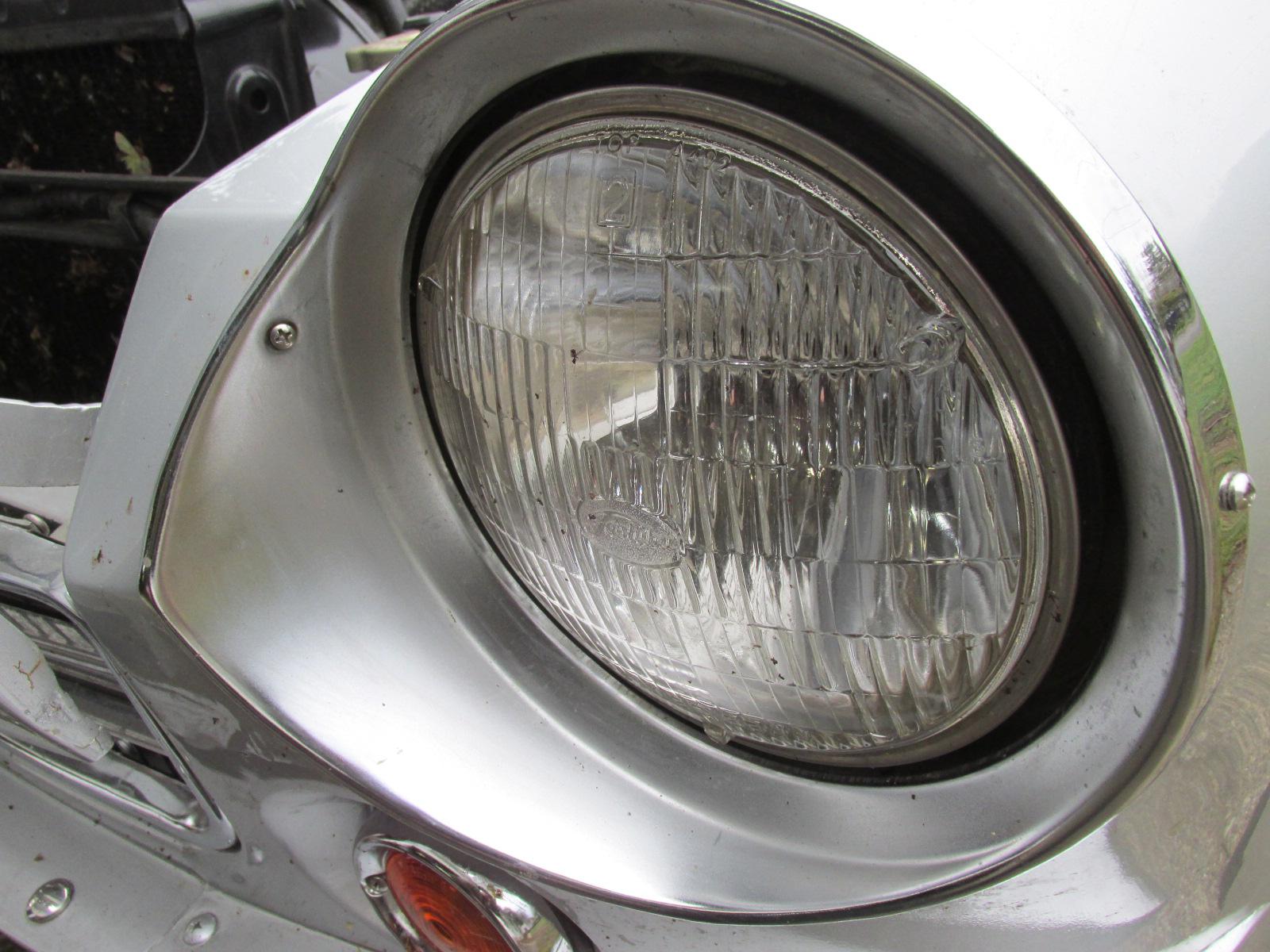
Headlights--Toshiba brand headlights
Rear Bumper--The rear bumper had 3 mounting brackets. Front and rear bumper came with bumper guards also referred to as over riders.
Frame--The extra gusset in the frame is found on later cars but not on a 67 2000. The 67 2000 shared the same frame as the 67.5 1600. These were plates that were welded to add strength to the 68-70 frames and were located posterior to the downward slope of the frame on the bottom side. This added strength to the frame in that area. A torque bar/strut was added to right side between the frame and rear axle.
Hardware--Clear zinc vs Gold zinc. A professional restorer has observed clear zinc for the 67 cars, both 1600 and 2L. Only exception is that gold zinc bolts exist in the front leaf spring mounting bolt on all cars, even pre-67.
INTERIOR
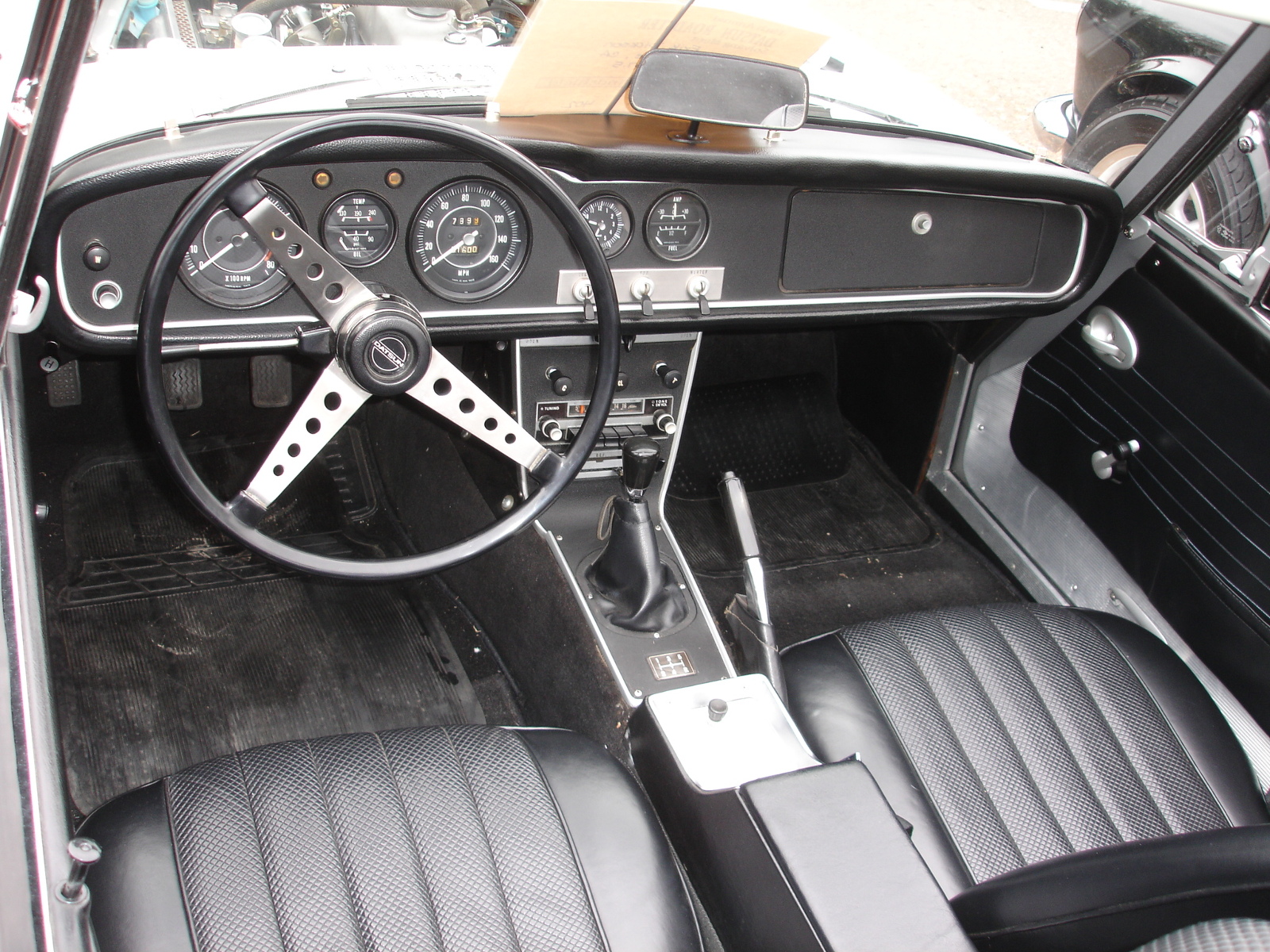
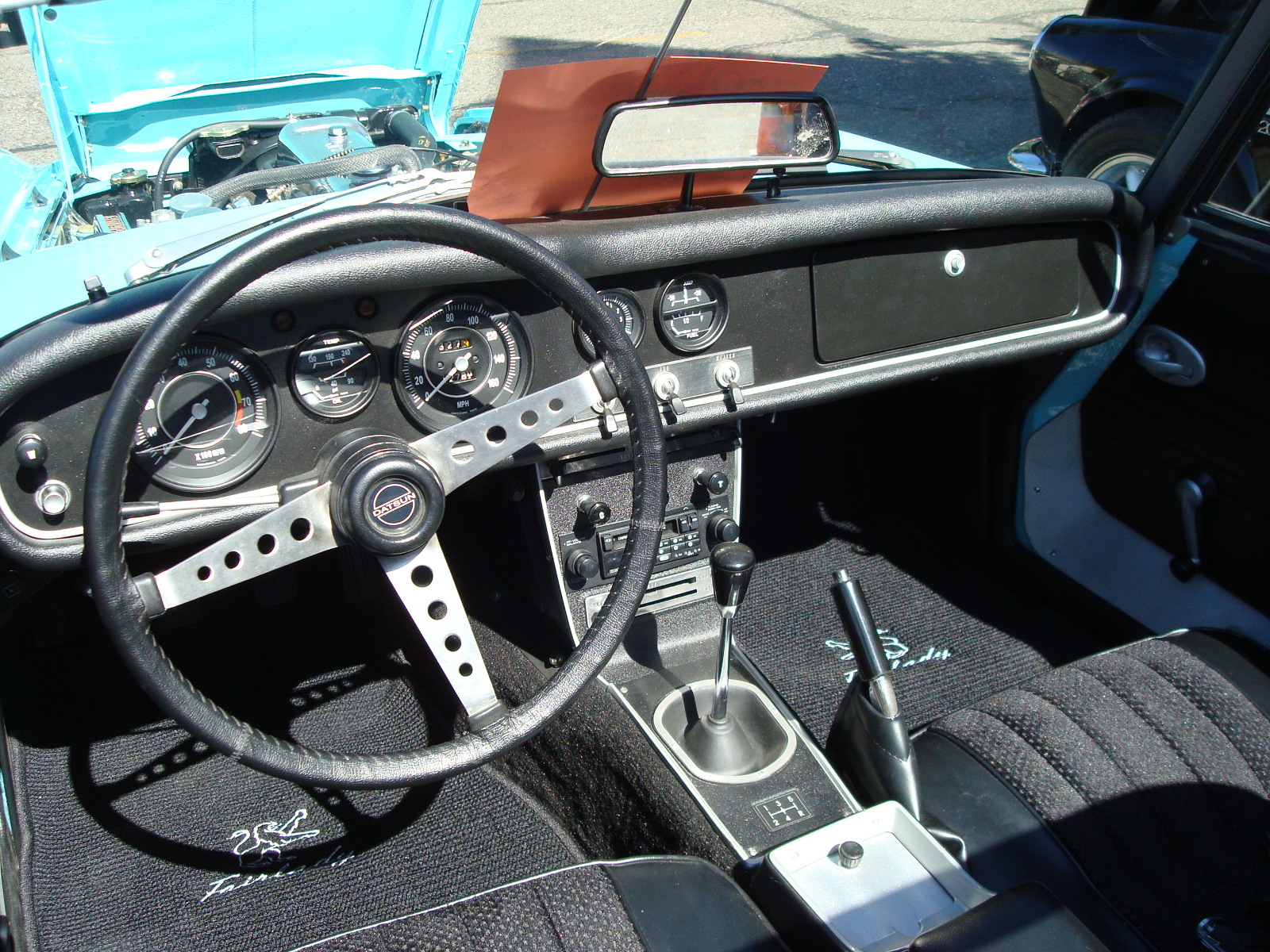
The inside of the windshield frame and vent windows should be satin not chrome.
Correct push/pull button on the interior door lock (black plastic).
The bolts that hold the door striker/latch are Phillips head screws. The later cars, 68 and up got 10mm hex head bolts. These are often switched.
Gauges--Speedometer and tachometer had date codes stamped on back. #510 and later were painted flat black. Gauge trim rings are painted black. The change from silver dot to the black painted dot on the pointers of the speedometers and tachometers definitely occurred right around serial #00516. The highest serial number car a professional restorer has seen where the center of the pointers are not painted black would be car #00515 and from there we know that car #00528 has the center of the pointers painted black. That leaves 4 or 5 cars that we are not sure of. (3 of them are on the registry so maybe they can help us nail it down Speedometer goes to 160 MPH and tachometer to 8000 RPM.
Early Speedometer-Silver Pointer

Late Speedometer-Black Pointer
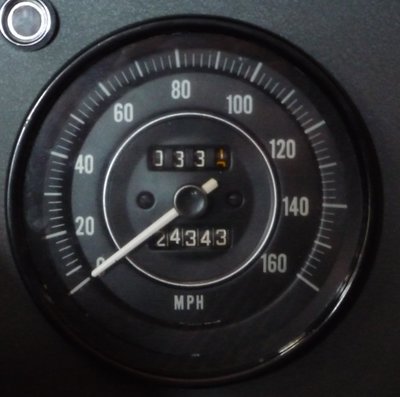
Early Tachometer-Silver Pointer
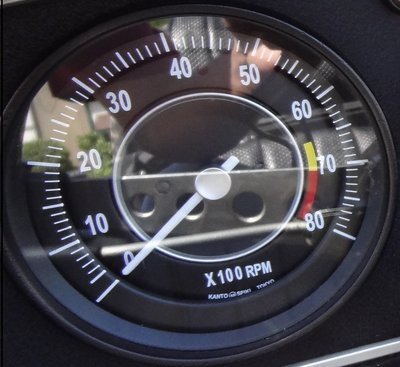
Late Tachometer-Black Pointer
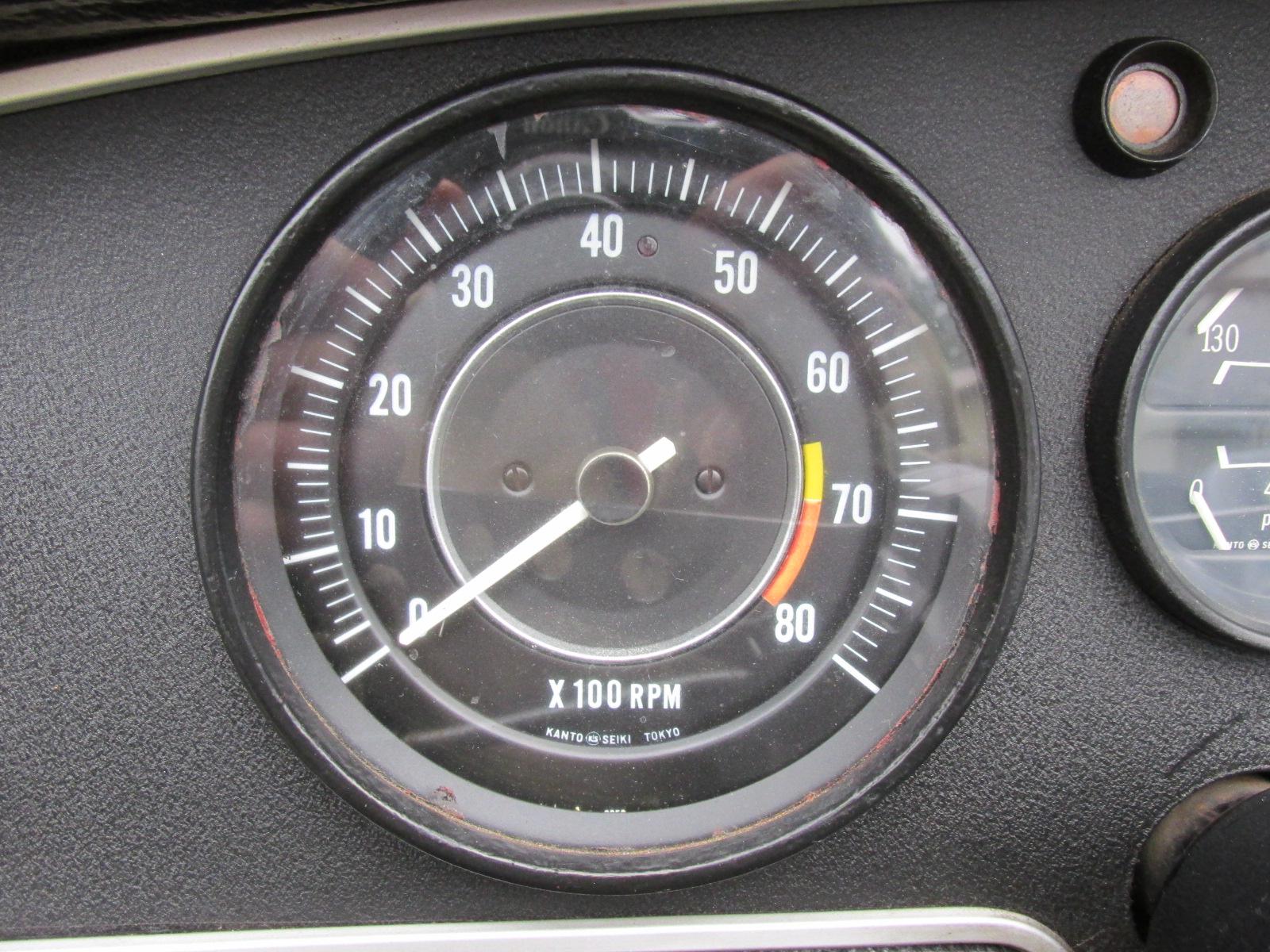
Shift Plate--The shift plate was made from steel and had both a rubber boot and a vinyl boot. The shift label was made from Mylar or a similar material with a dull finish. There were at least two shift plate designs. Other shift plates were not drilled for using the plate. Shift plate Ring was never used below. It would hinder fitment of shift plate if it were used there. These were used on the later cars not early. There was no distinct plan. The ring was supplied to the trimmer (installer) and each Craftsman used his own discretion. The shift boots had the four holes in the mold on the later ones.
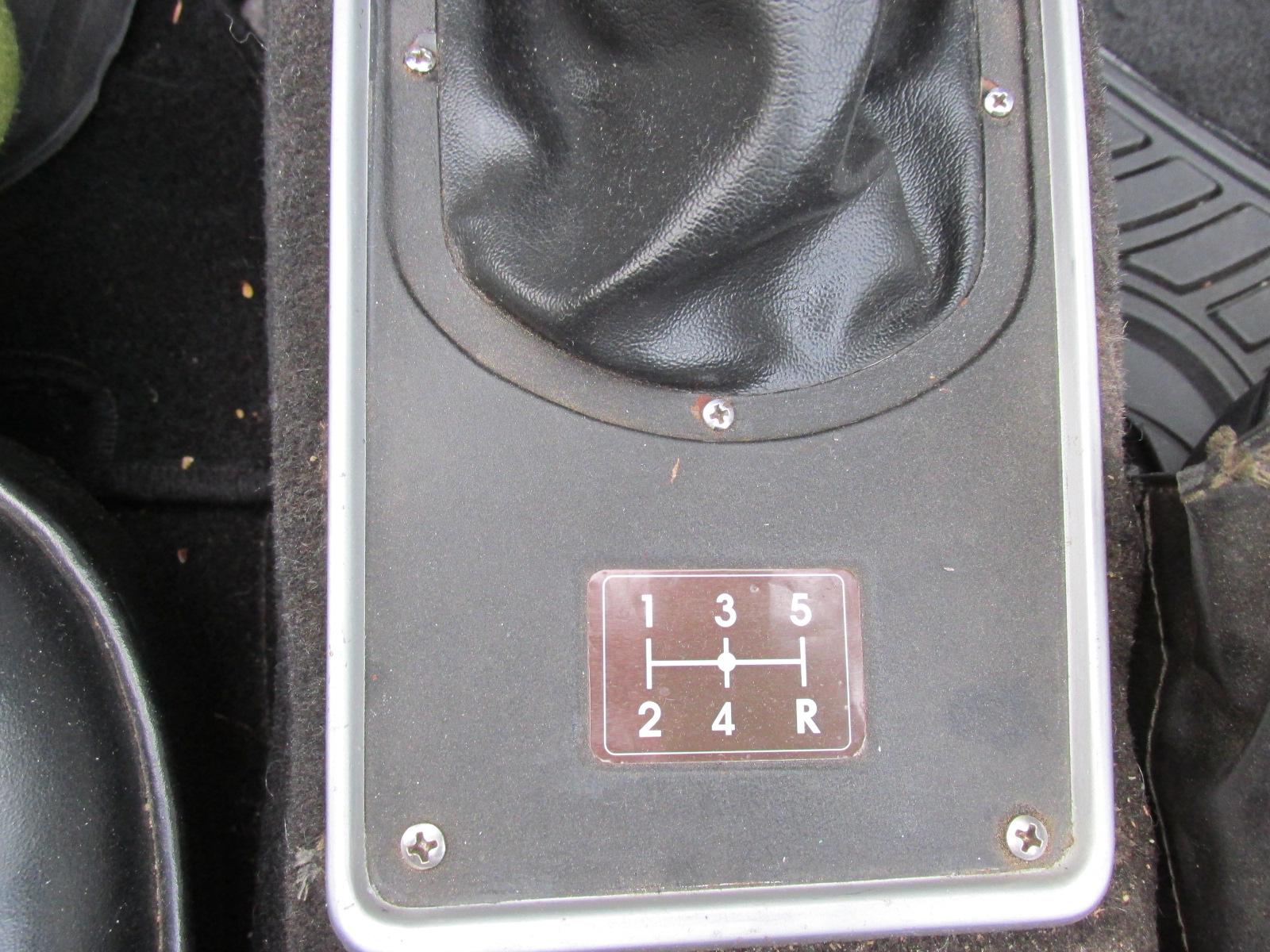
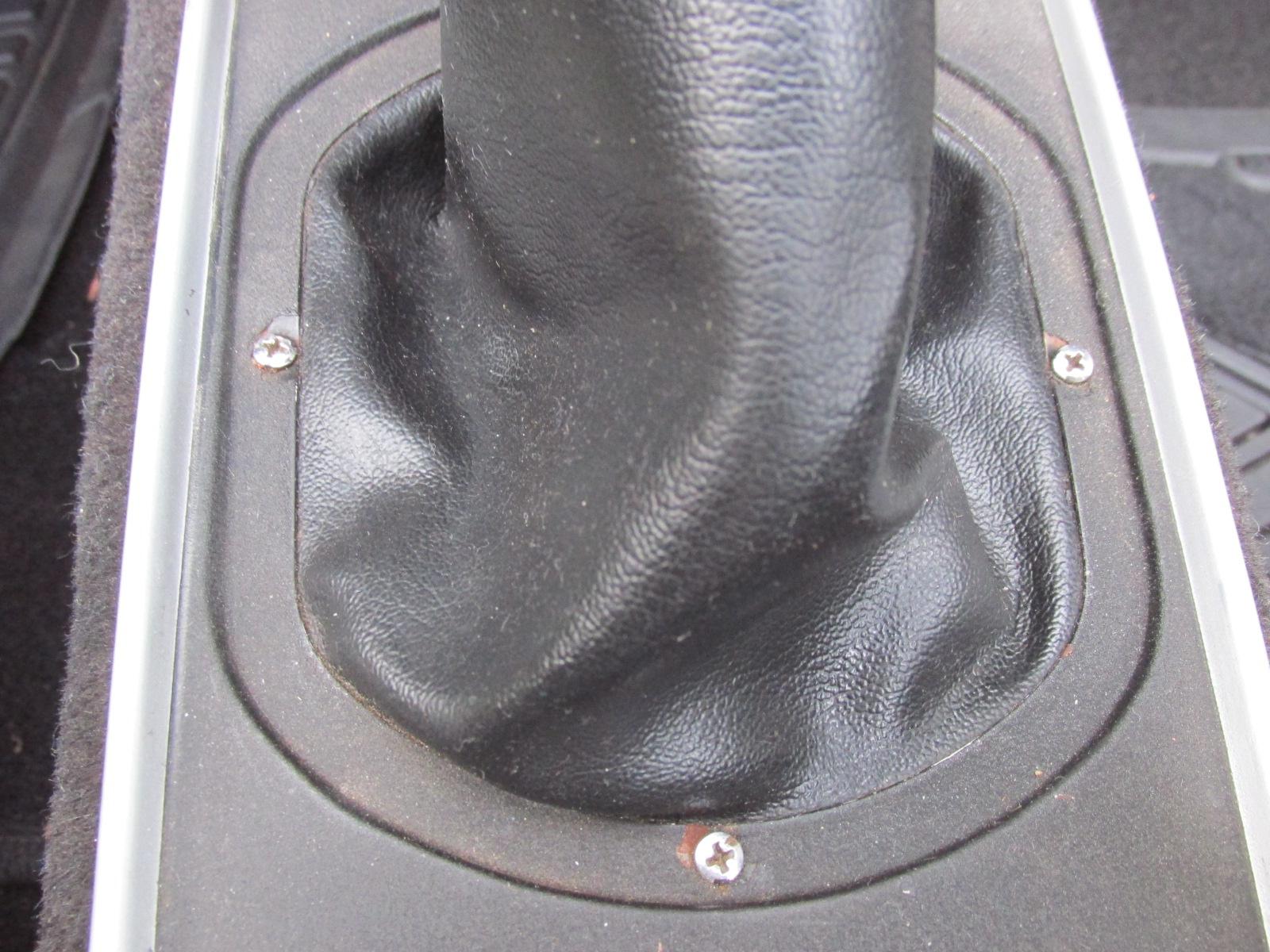
Radio knobs and face plate--changed to satin chrome
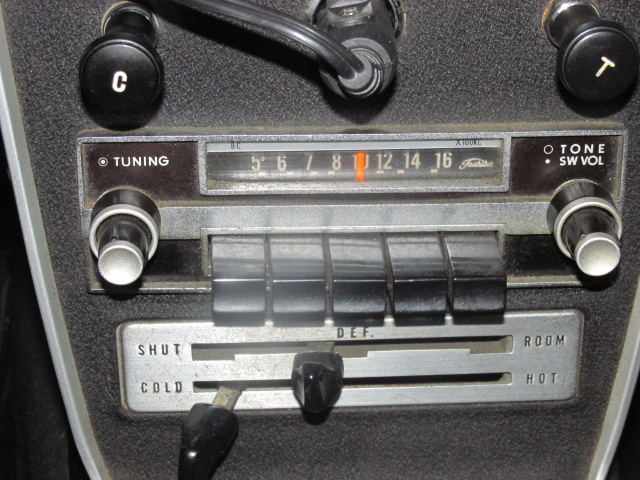
Choke Cable and Knob--The Mikuni carbs have a unique choke cable. The knob shows the shape and lettering style of all the knobs.
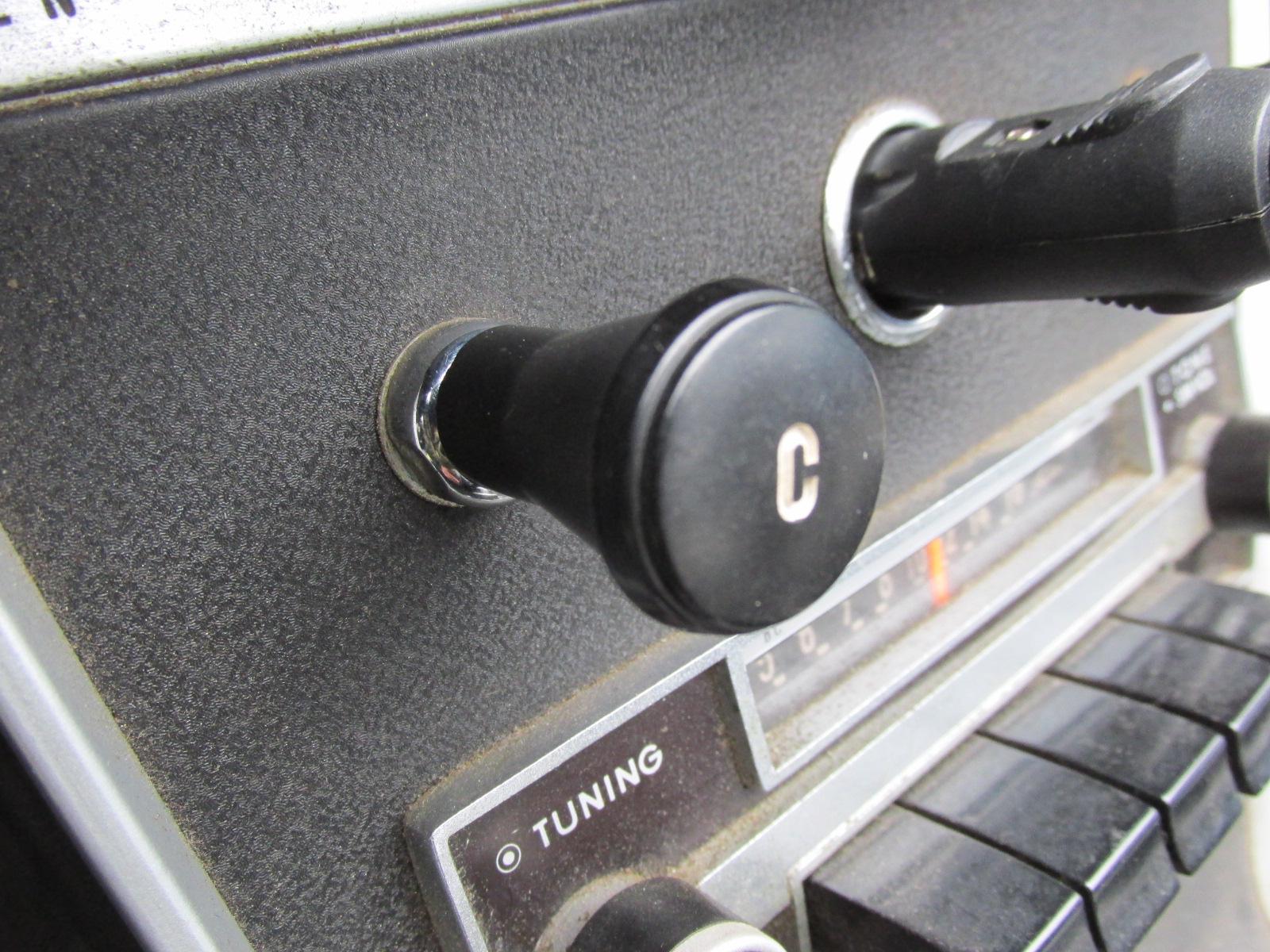
Door Hardware--Window regulator handles were dull silver color and were flat on shank and the knob is unique in shape. The door pull at the bottom also had the satin dull finish.
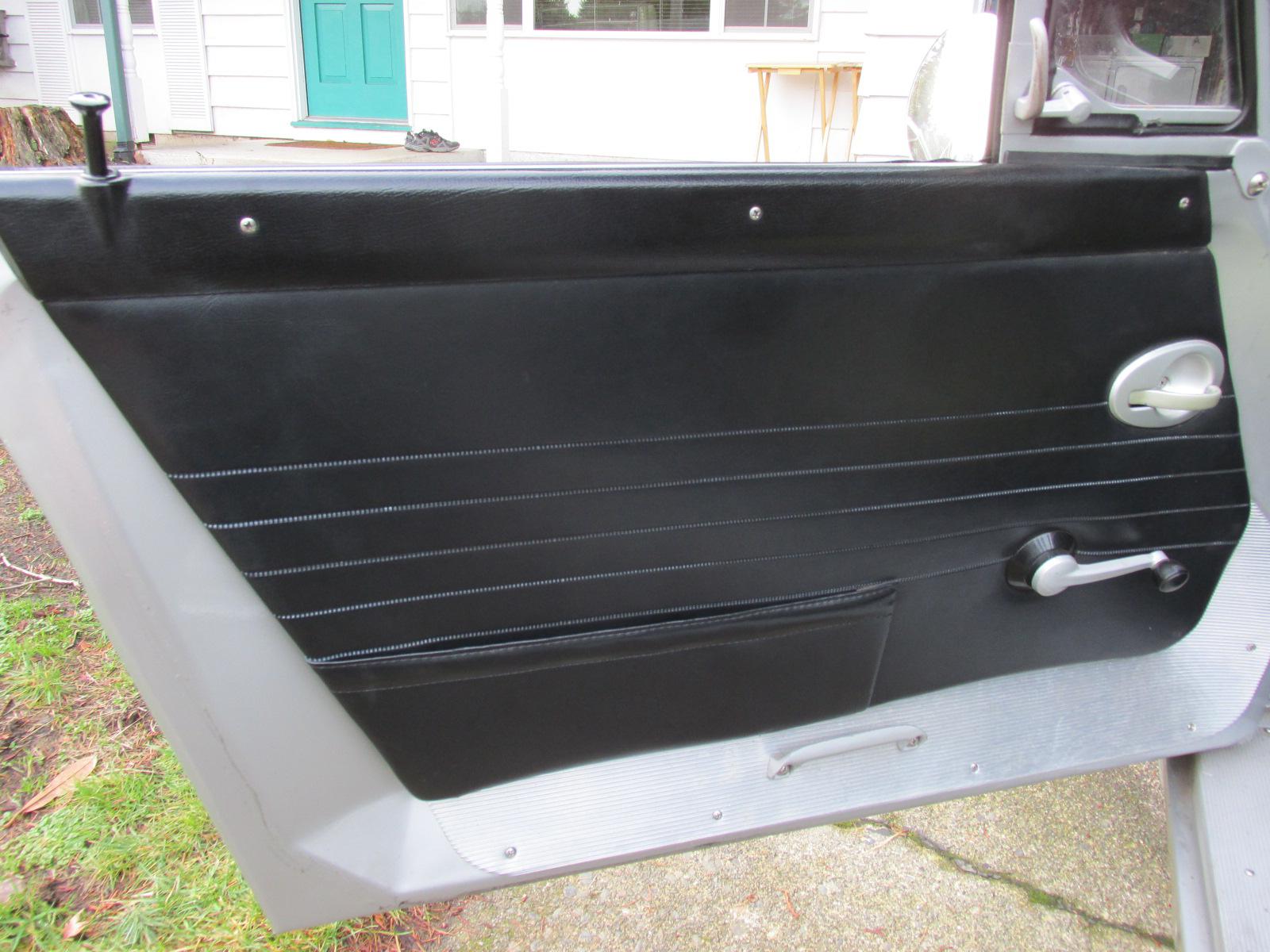
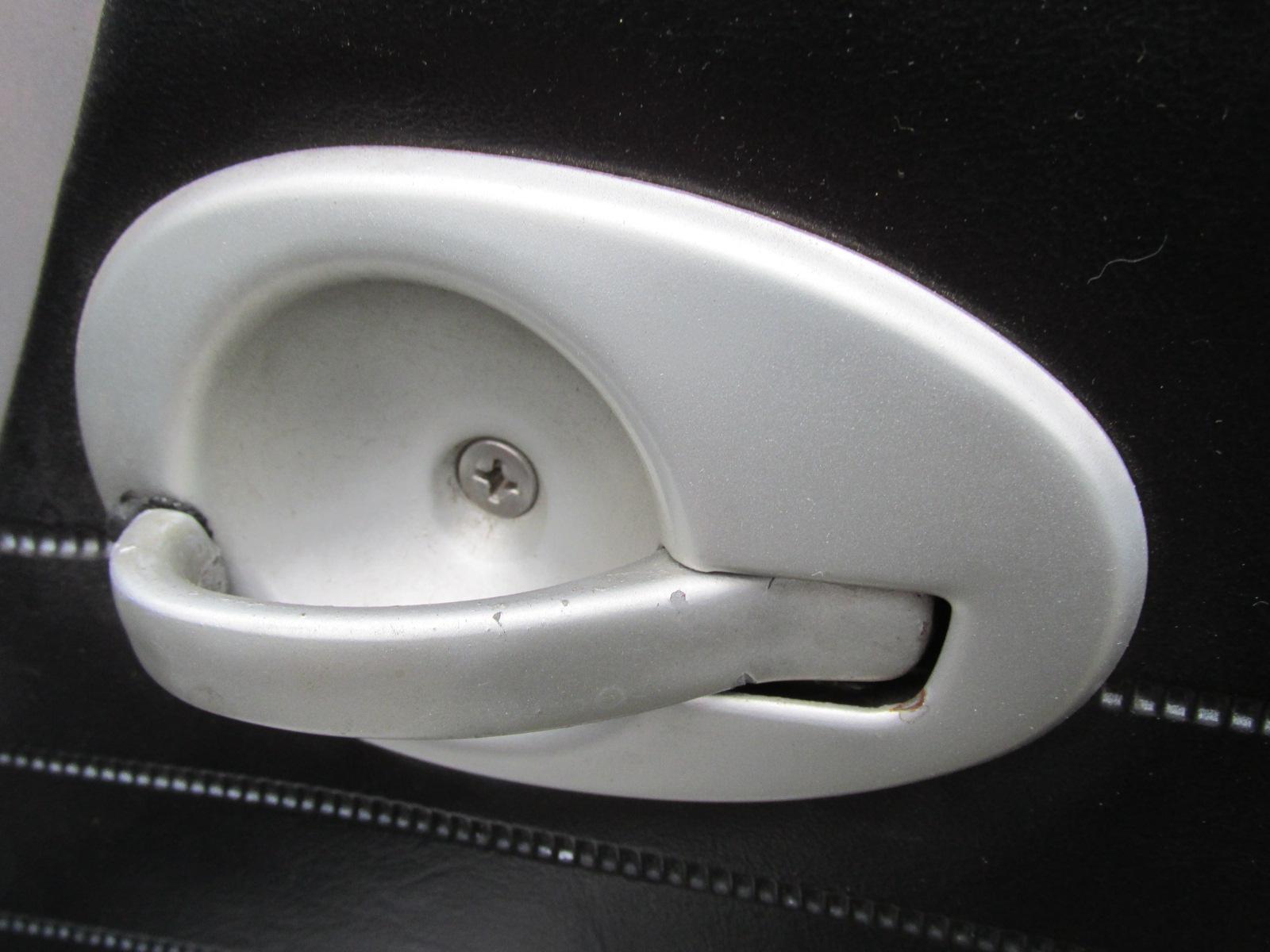
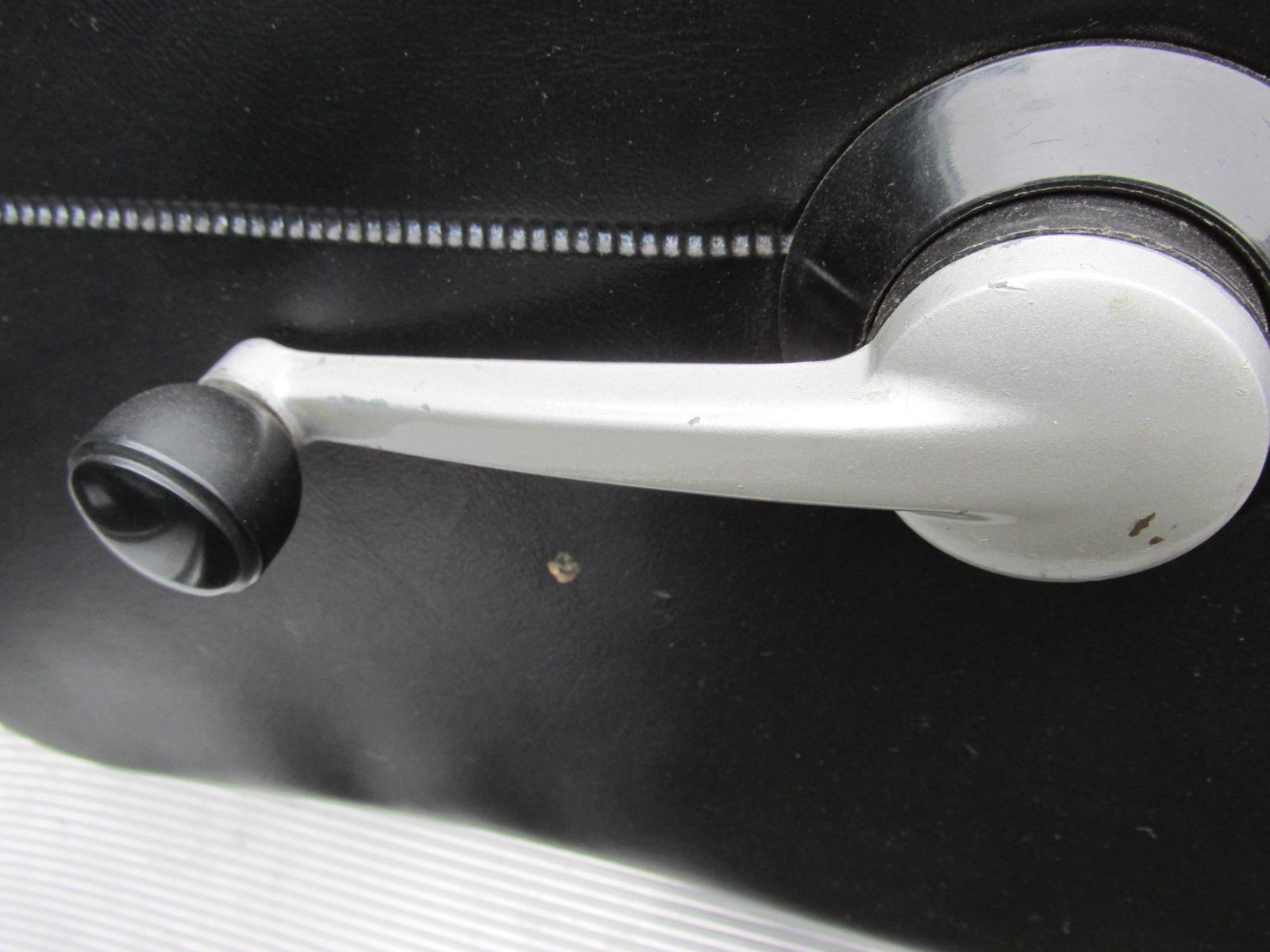
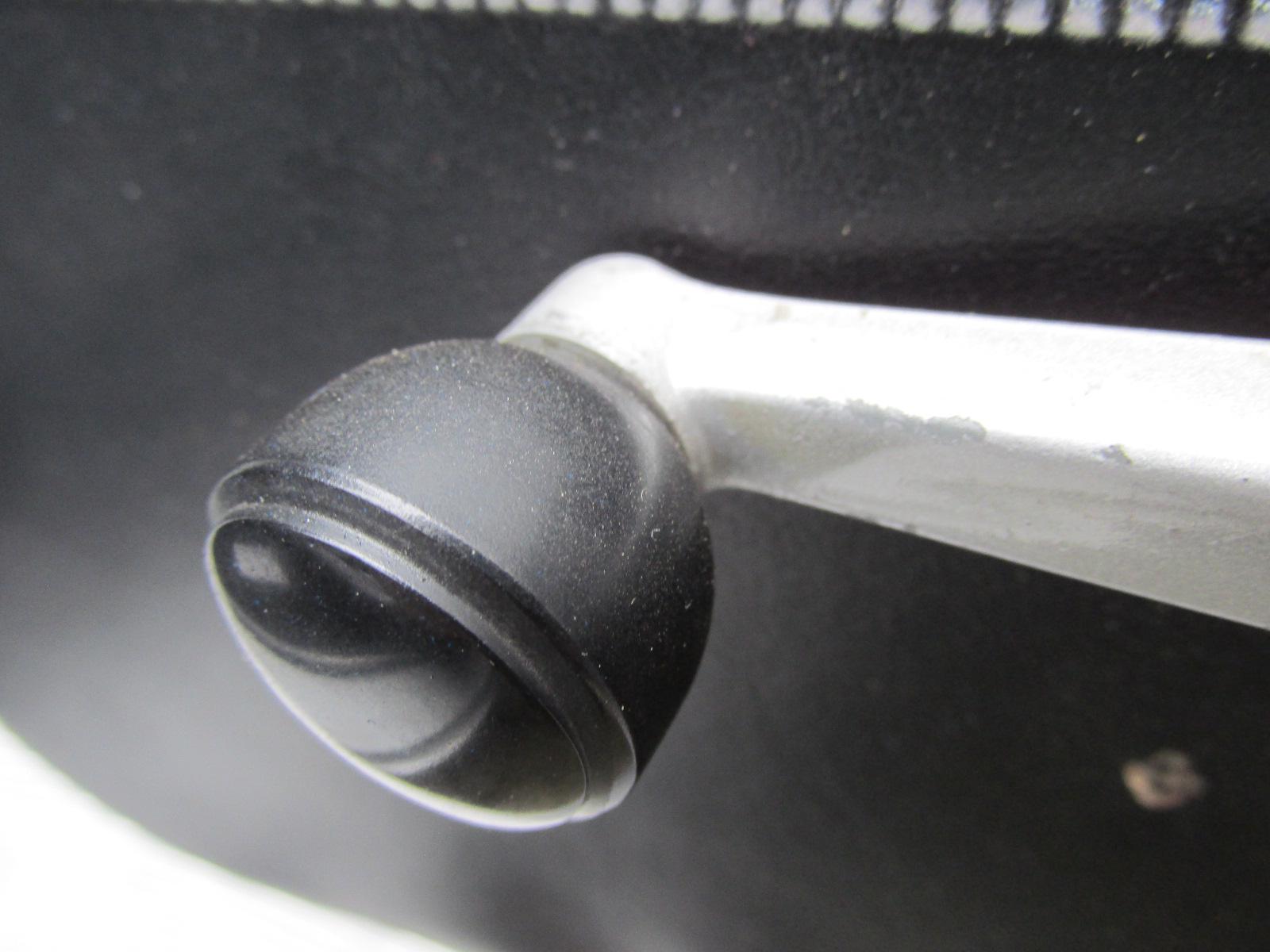
Headrests--Headrests were optional when cars were sold. Headrests were attached to the seat back and the frame has a hard cover. There are two different kinds of headrest. The difference being where the metal cover on the back of seat attaches. One is held on with two small screws on the top portion between the two vertical round bars, and the other being one screw on the backside. The earliest have them retained by two screws that go down vertically between the posts.
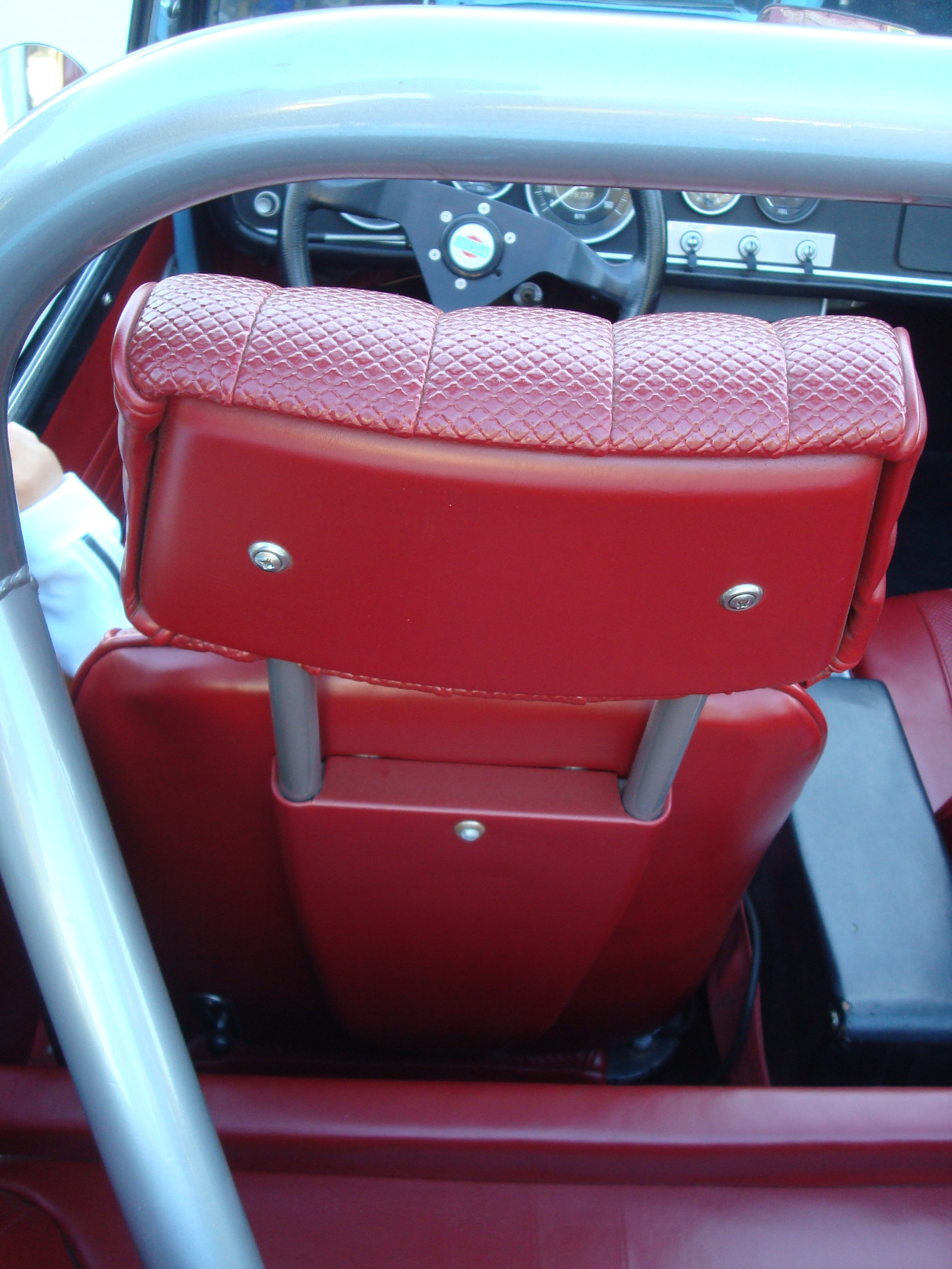
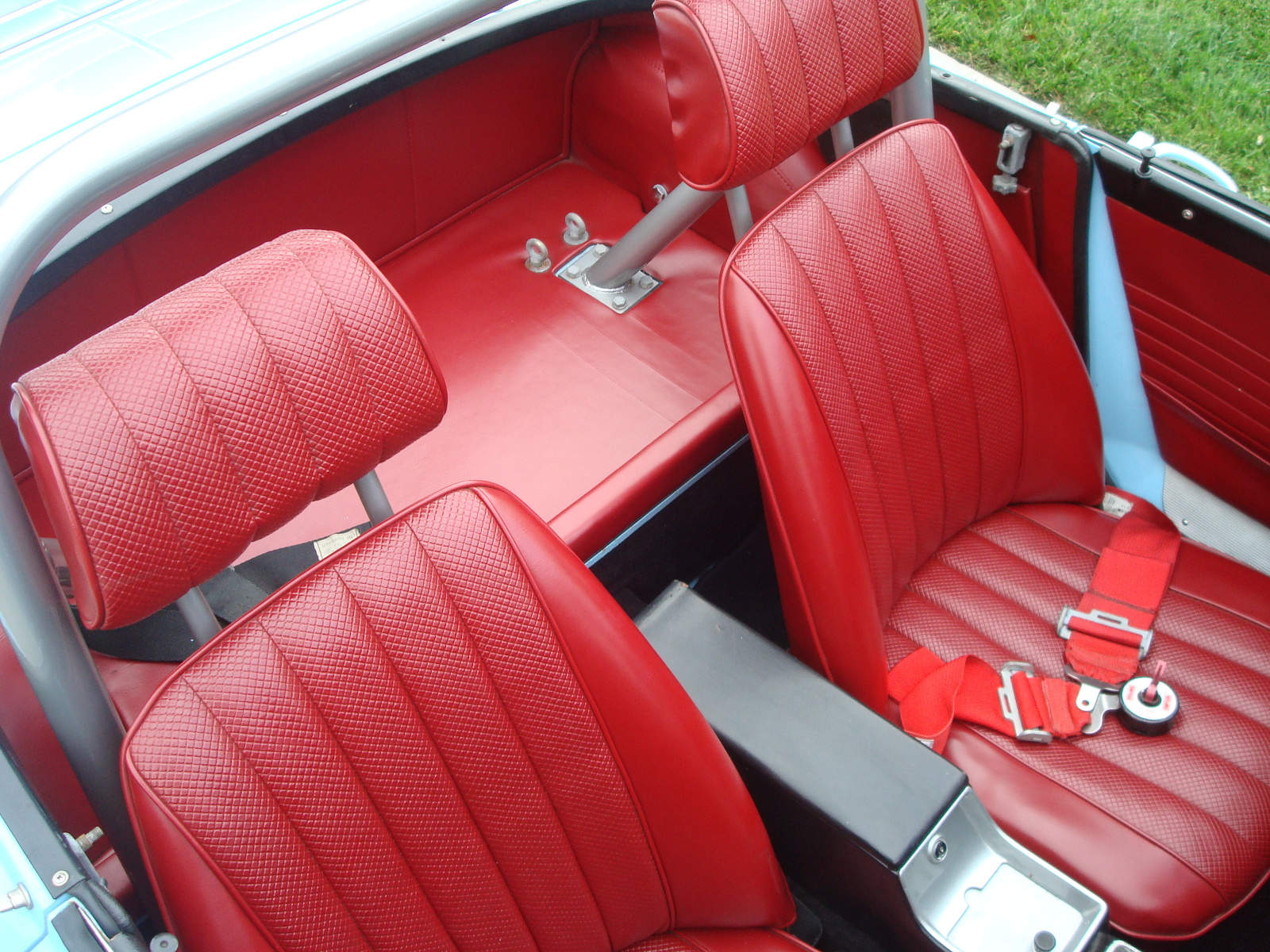
Visors and Hardware--Sun visors were standard equipment. Sun Visors (all '67's light grey as well as ALL '68 ) went black for '69-'70 only.
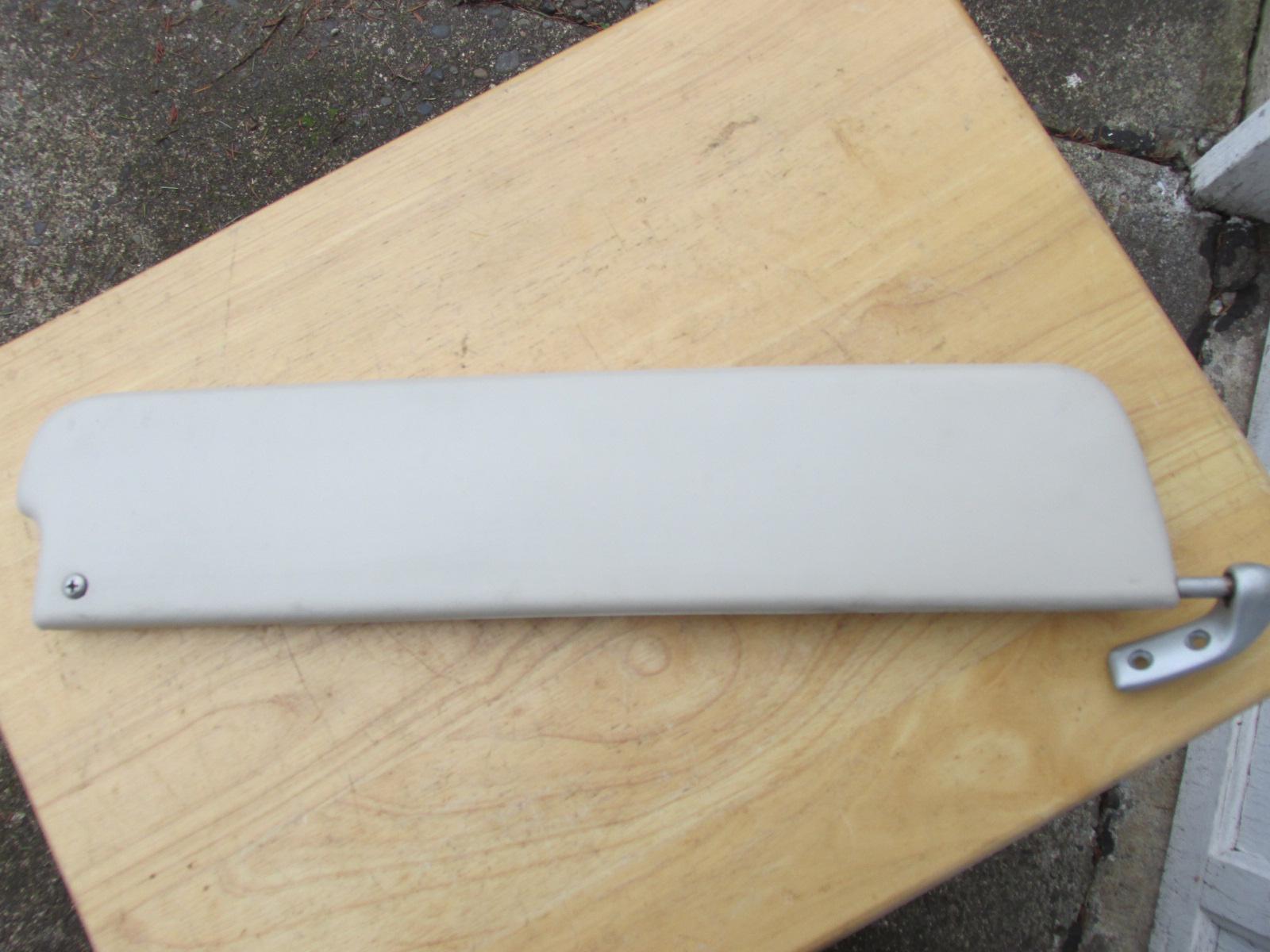
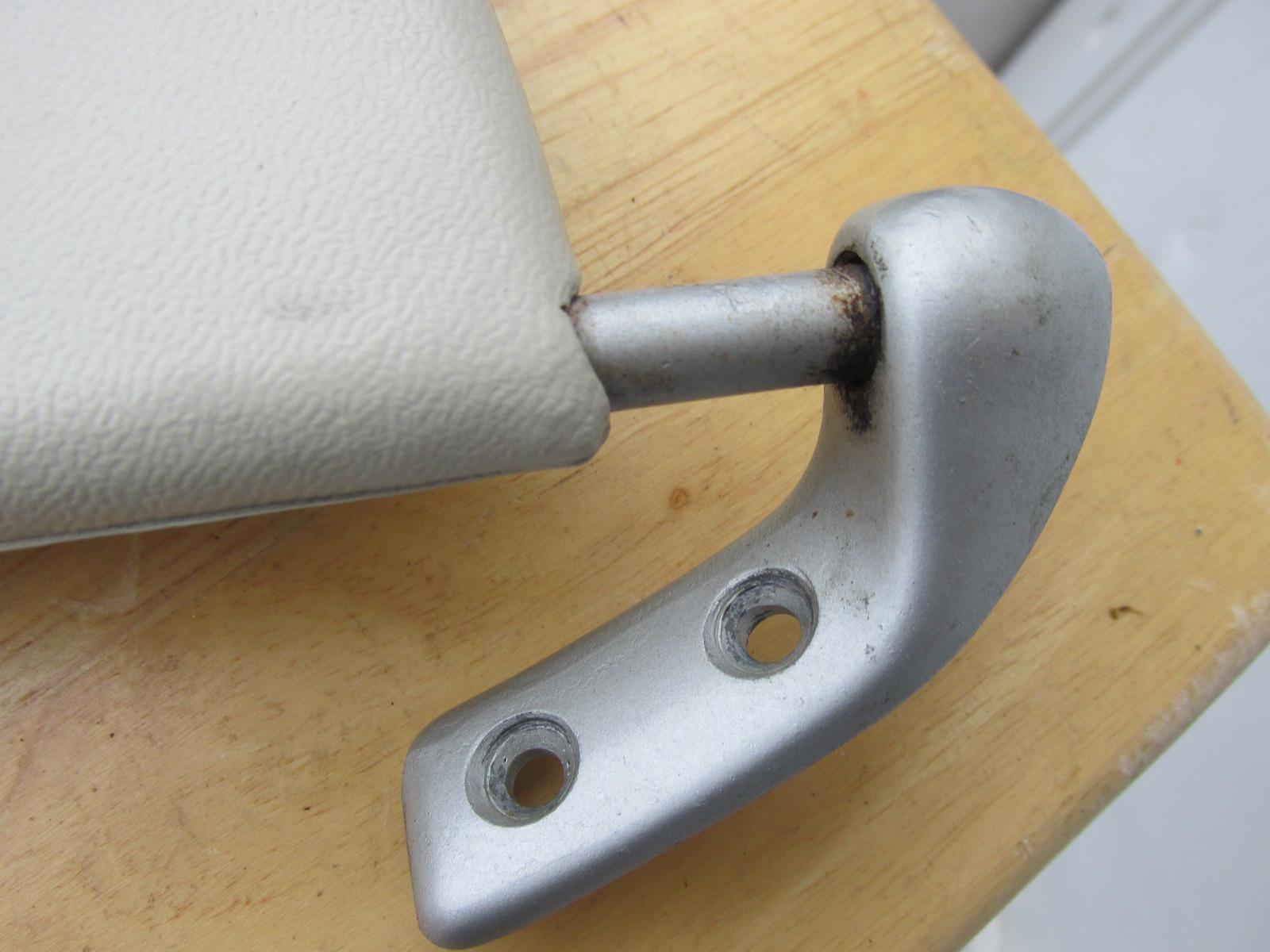
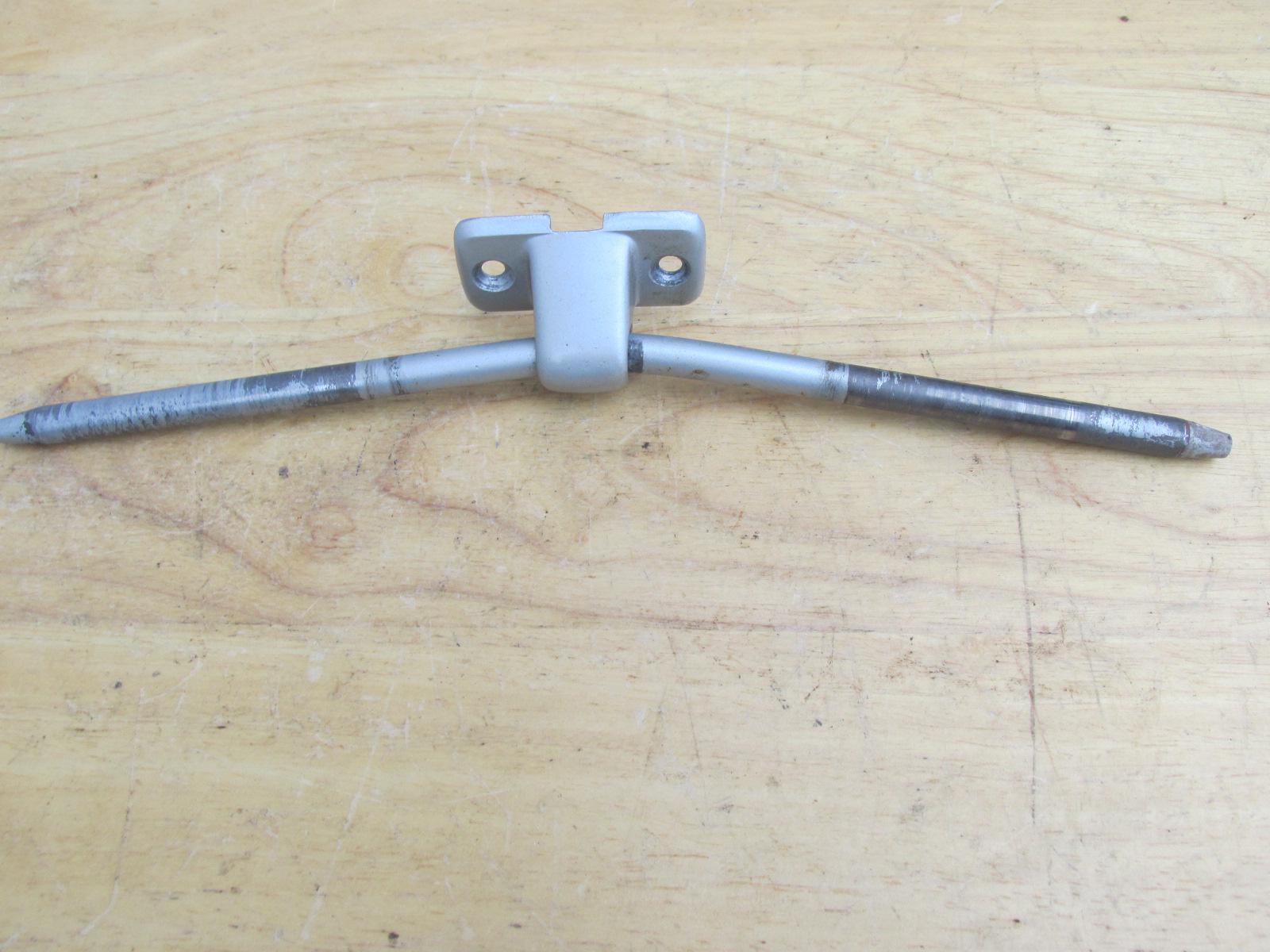
Center Console--The ash tray cover and surround were dull chrome in the central area as opposed to the shiny ones on earlier roadsters. The ash tray cover knob was black and the same shape as the chrome ones on earlier 1600's. On RHD models there was an optional ash tray assembly mounted in the passenger door that took a special door assembly.
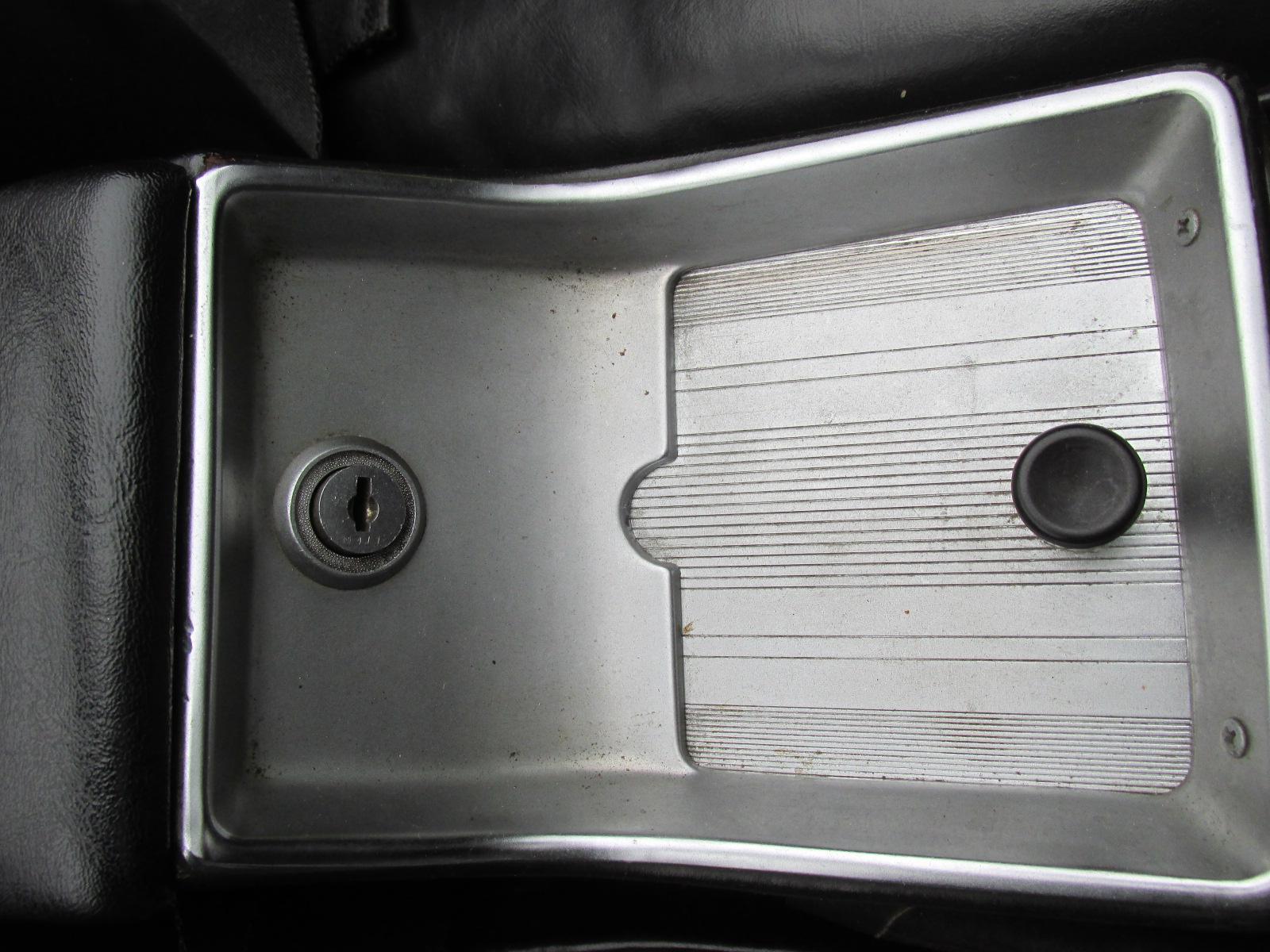
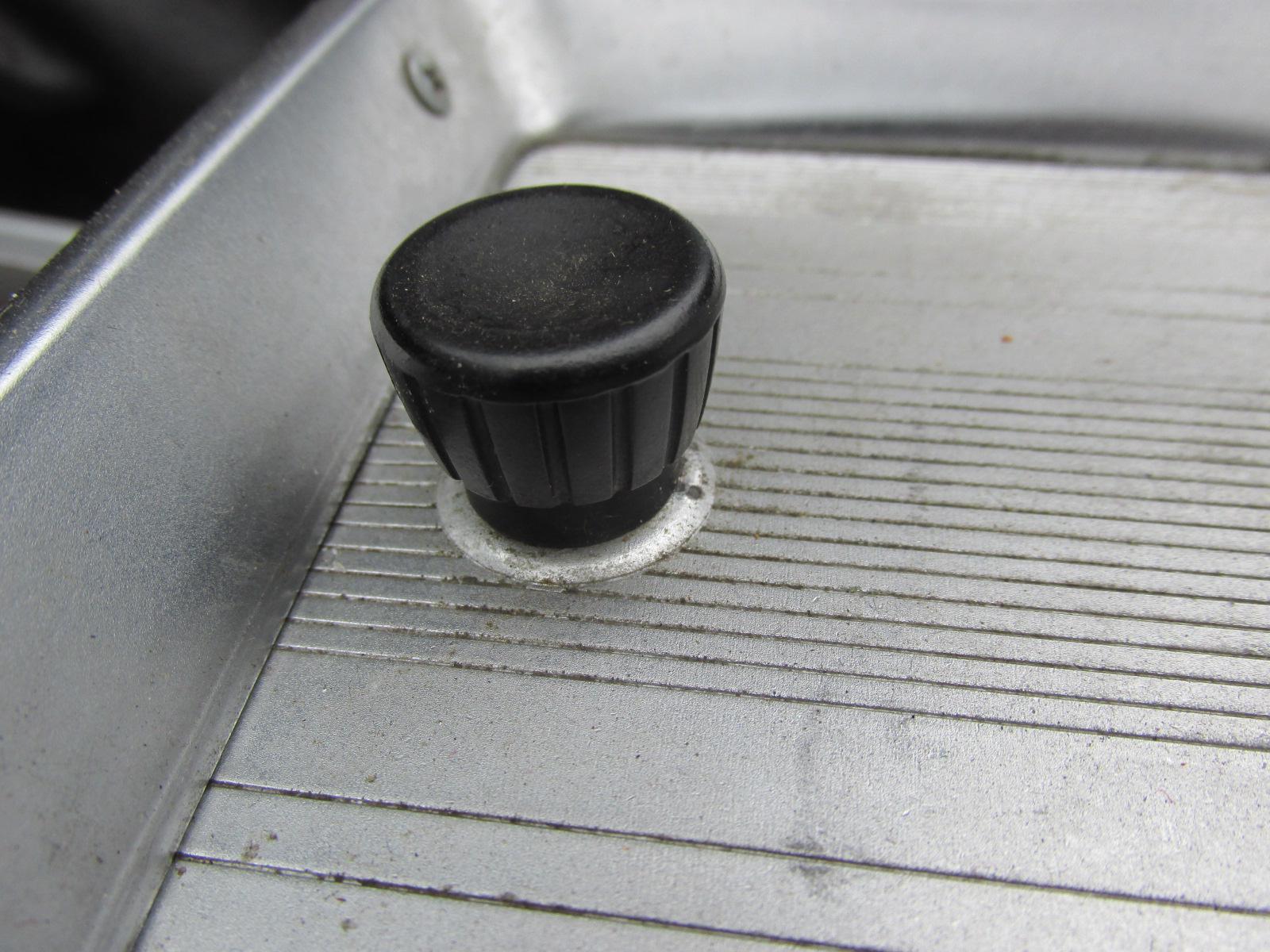
Ignition Switch--Ignition switch is located under the dash on the right side of the steering column shaft. The correct orientation of the switch face is shown. A common replacement is the Datsun 510 switch which will fit the switch but the face lettering is oriented upside down. Correct style of key is a must as well. Mounted in the dash like the earlier 67 is a big no-no.
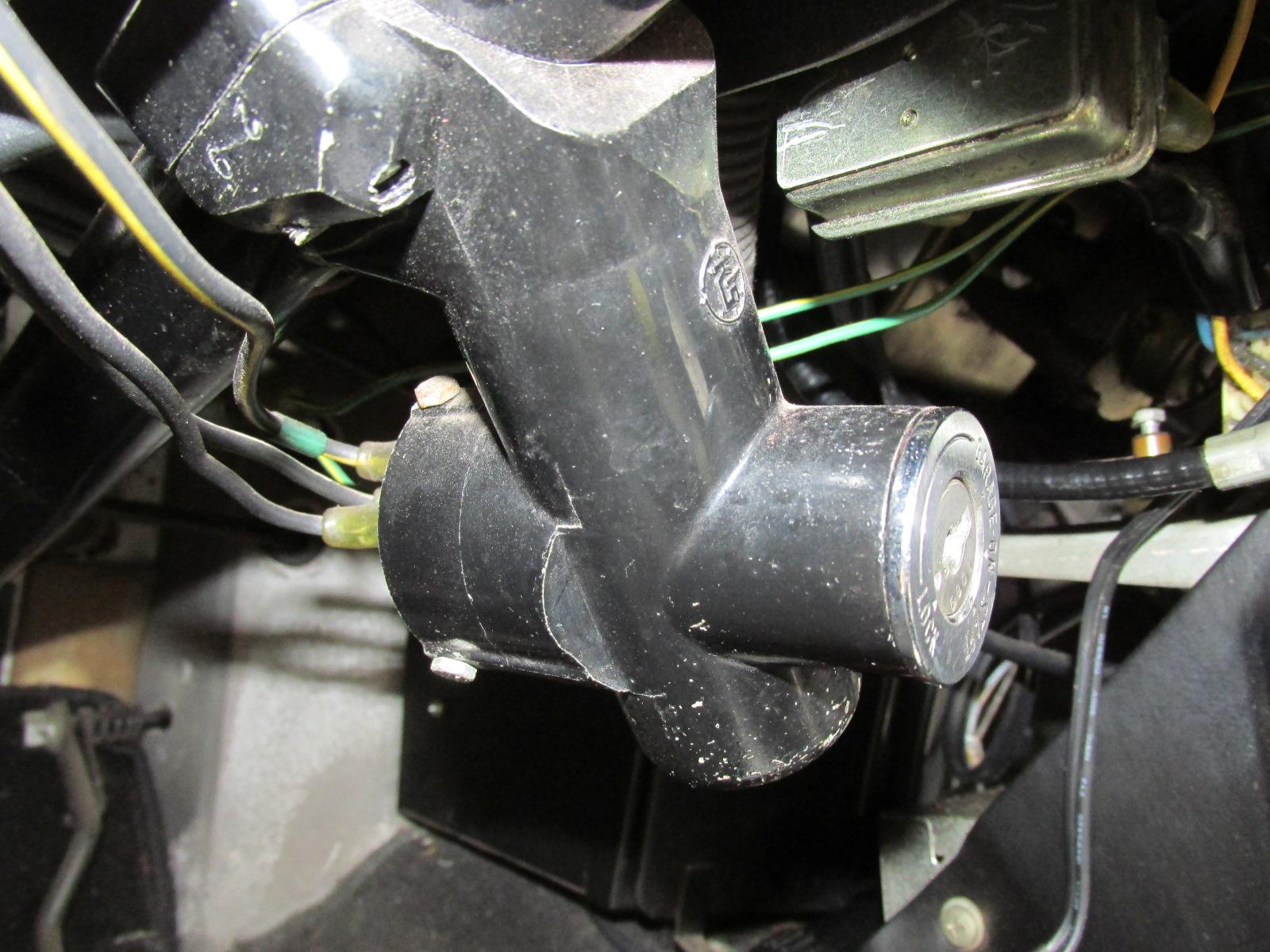
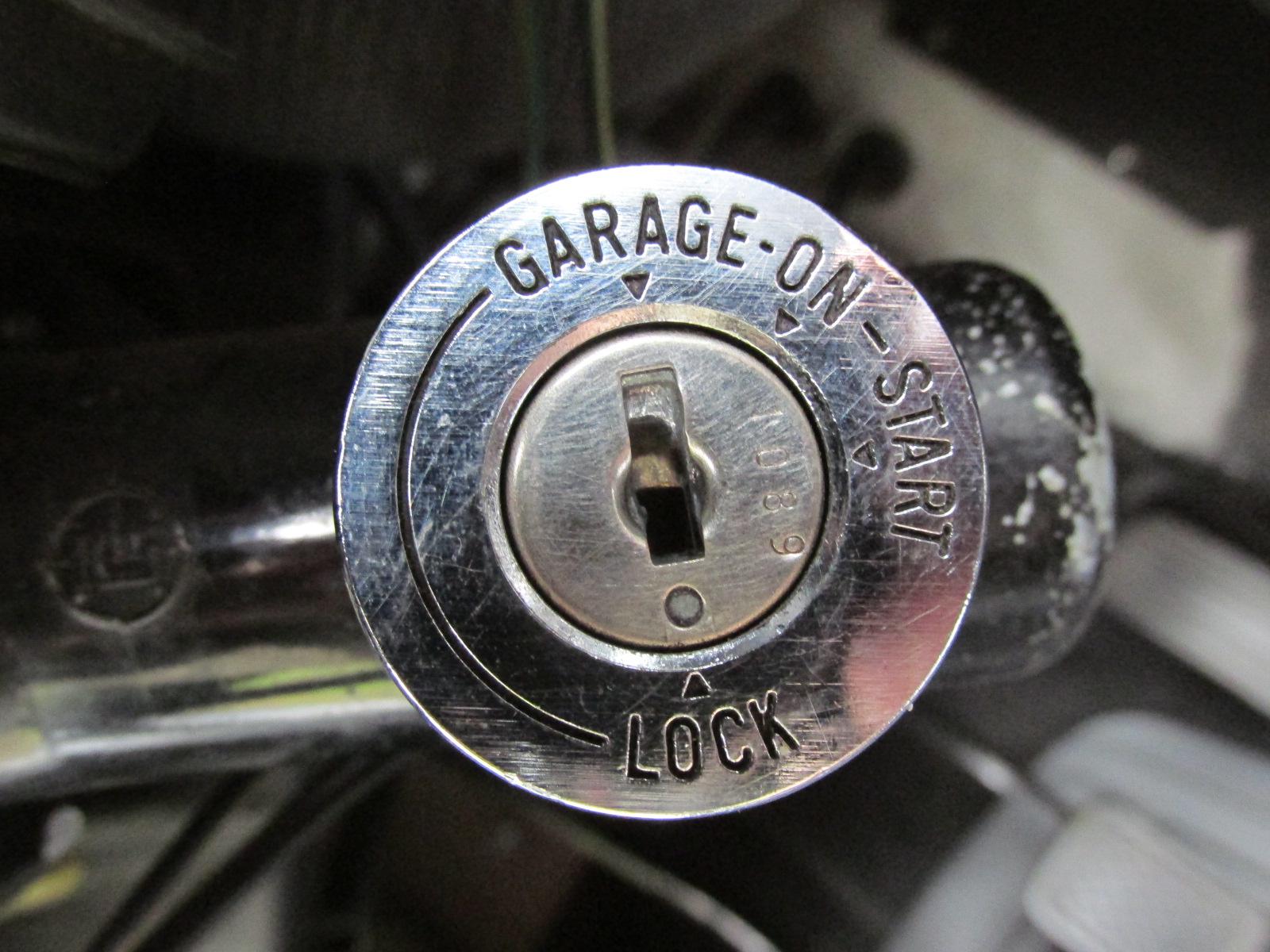
Seats--The seat back has 3 mounting points for the headrests.
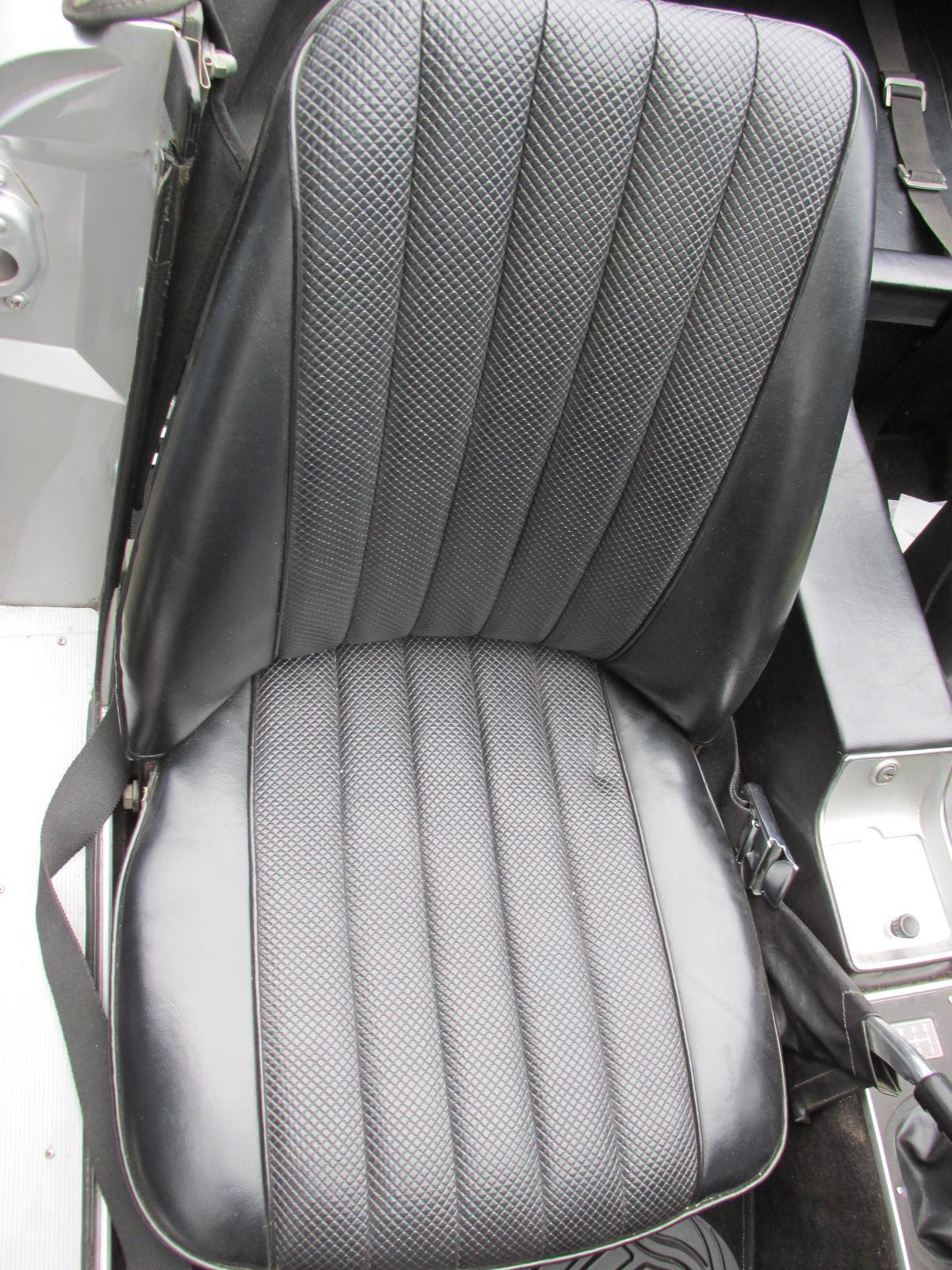
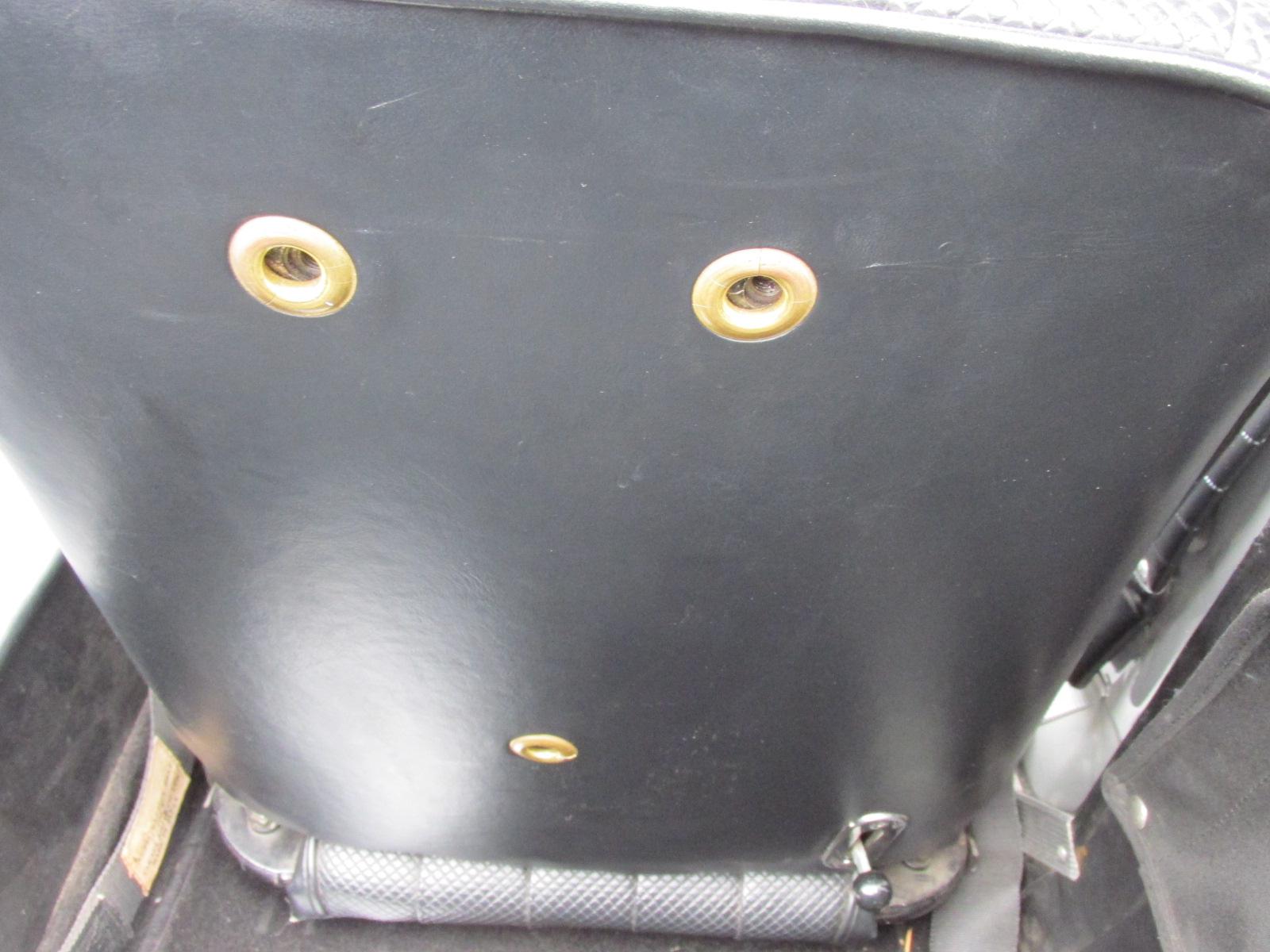
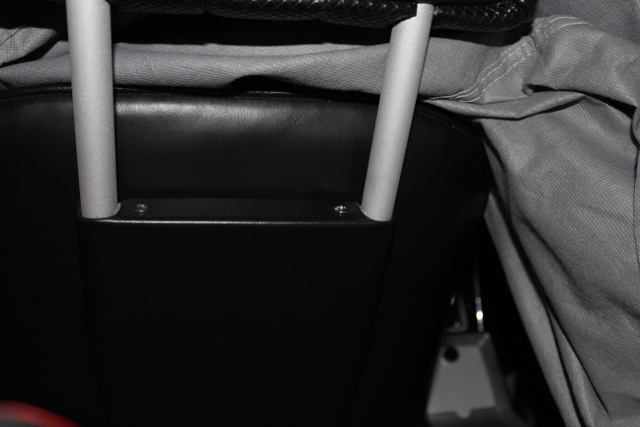
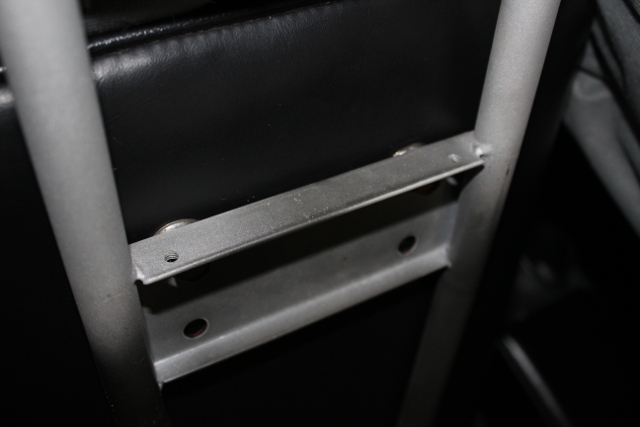
Package Shelf Luggage Straps
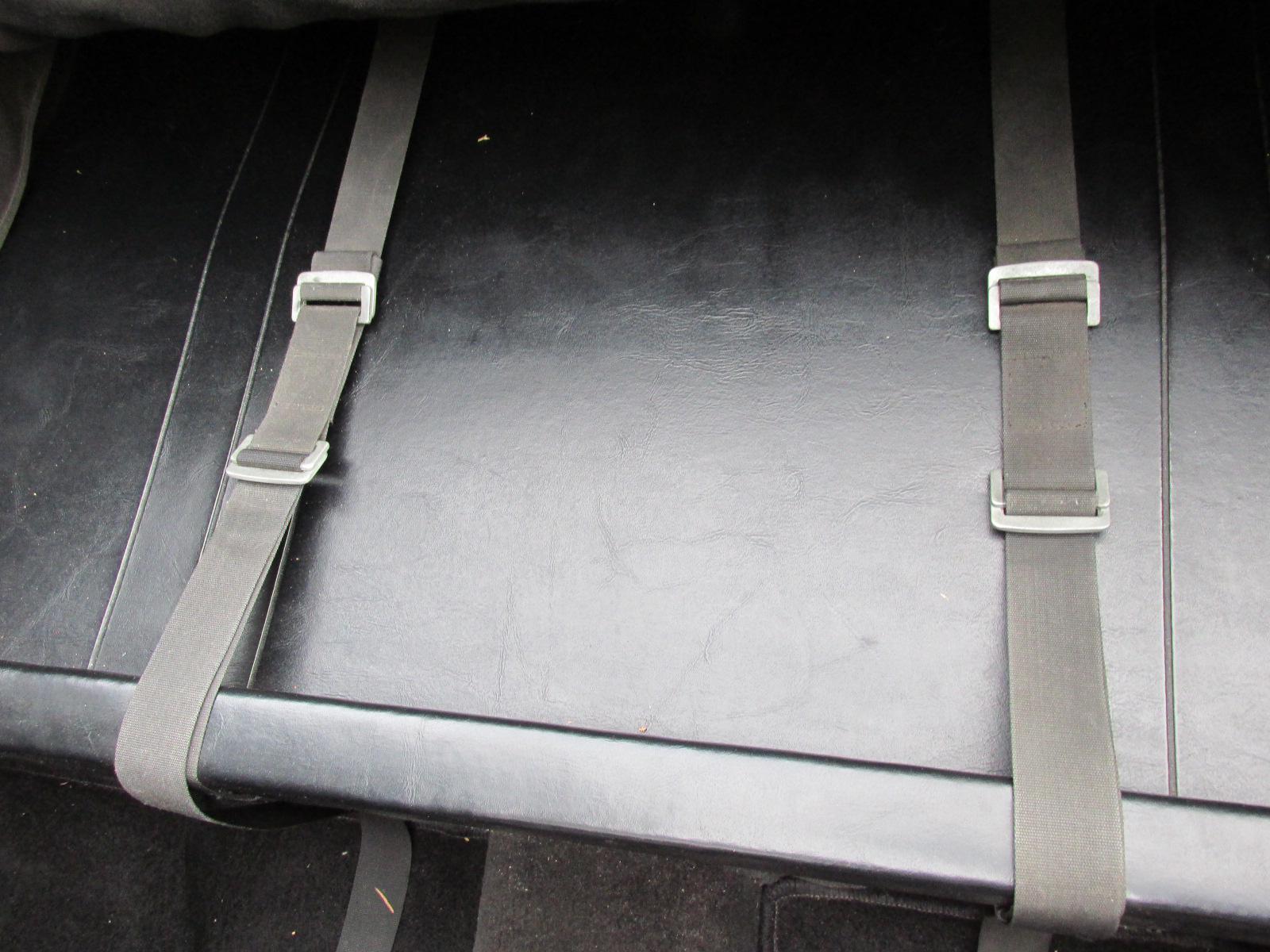
Locks--The locks were made so that one key could operate the ignition, the center console, the doors and the trunk.
Top--Soft top, top boot and tonneau cover were made from vinyl that was guaranteed to shrink and fade and not from acrylic material such as Stayfast. The closest material was made by Haartz and was called durable and was discontinued many years ago. No zippered windows back in the day either. Early 67 2000 style twisties were rounded top. Later were square top.
Top Latches--The convertible top latches were side lever style and dull chrome plated and not painted.
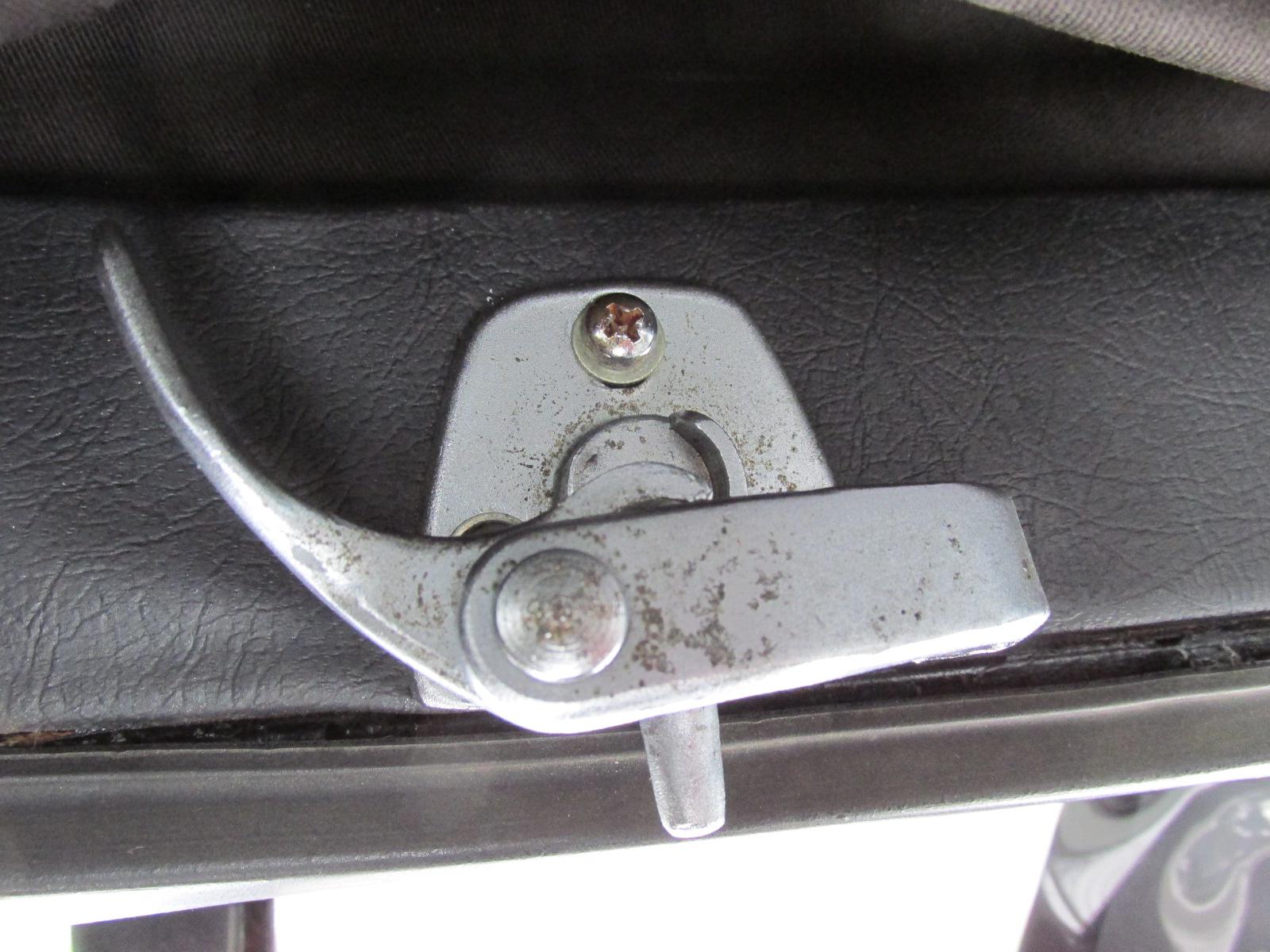
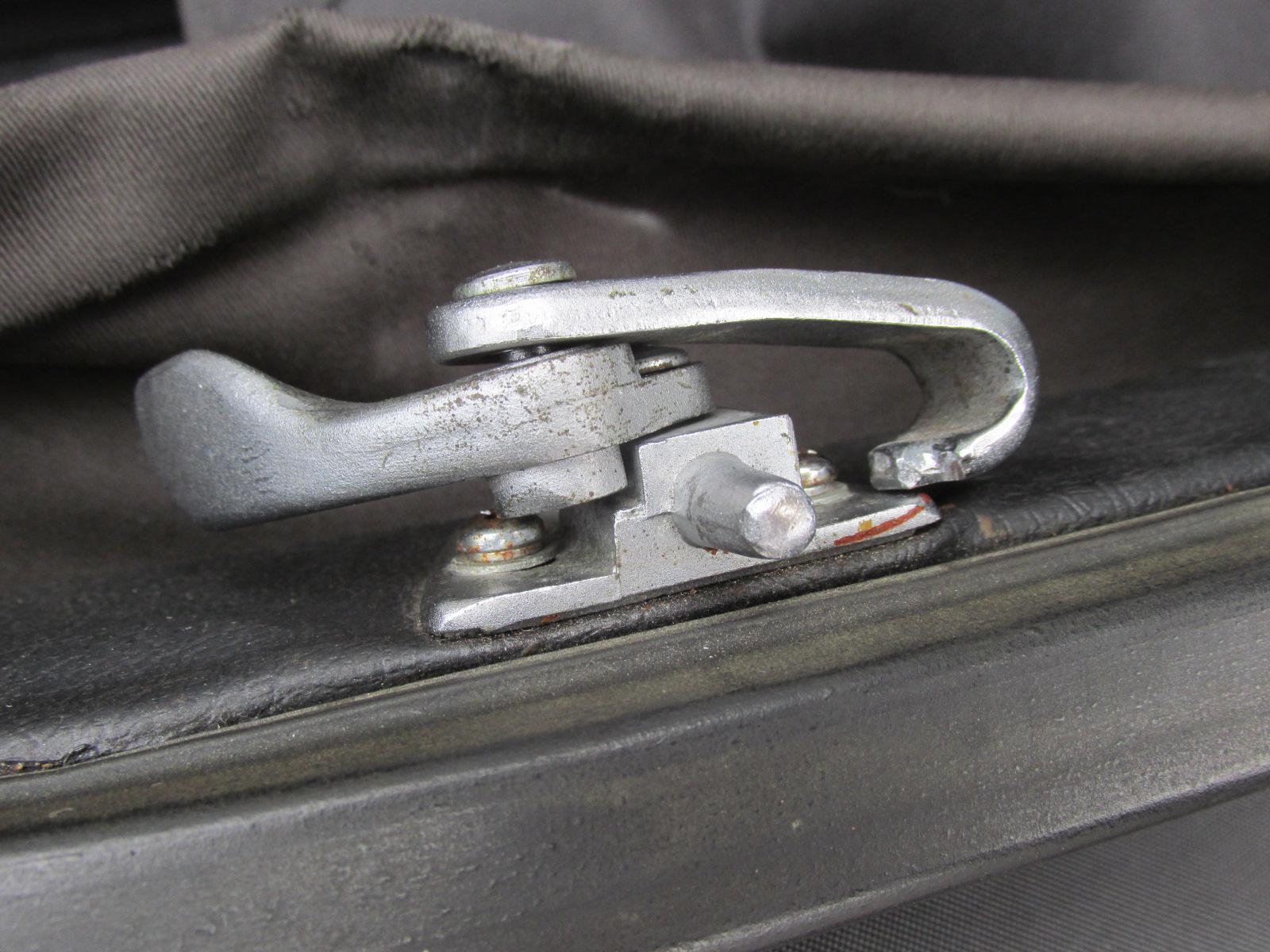
Trunk--Plastic trunk mat not carpet. Nissan tool bag is clothe. Trunk seal goes on the trunk lid not the body opening.
Drive Train
Transmission--All 67 2 liters had the servo style 5 speed transmission with the zig-zag case. The later 5 speeds had a reinforced case sometimes referred to as waffle. 67 2000 trans center section has no ribbing (Waffle or Zig-Zag).
Rear End--all 67 2 liter's came with a 3.7 rear end. Many of the seasoned folks recommend running a 3.9 rear end with the Solex/5 speed combination for better performance. The early 67.5’s, both 1600 and 2L’s had the vent plug on the rear axle down on the tube near the torque arm bracket. The later cars had it on the pumpkin. No definite serial number on the change, but something to look for when evaluating the “originality” of the cars build.
ENGINE ROOM
Points distributor vs EI distributor-should be points.
Drain plug on the bottom of all the 67 radiators is metal like that of the 1600’s. The plastic plug is 68 and later.
Hitachi (SU) Carbs--Hitachi made copies under license of the British SU carbs. The SU carburetors were unique in that the ported vacuum connection was on the rear carburetor. They had French metric screw threads and the float bowls were different than the later carbs. The SU intake manifolds were different and had small 1/8 BSPT plugs in the runners. These carbs were standard on the 67's shipped to the states.
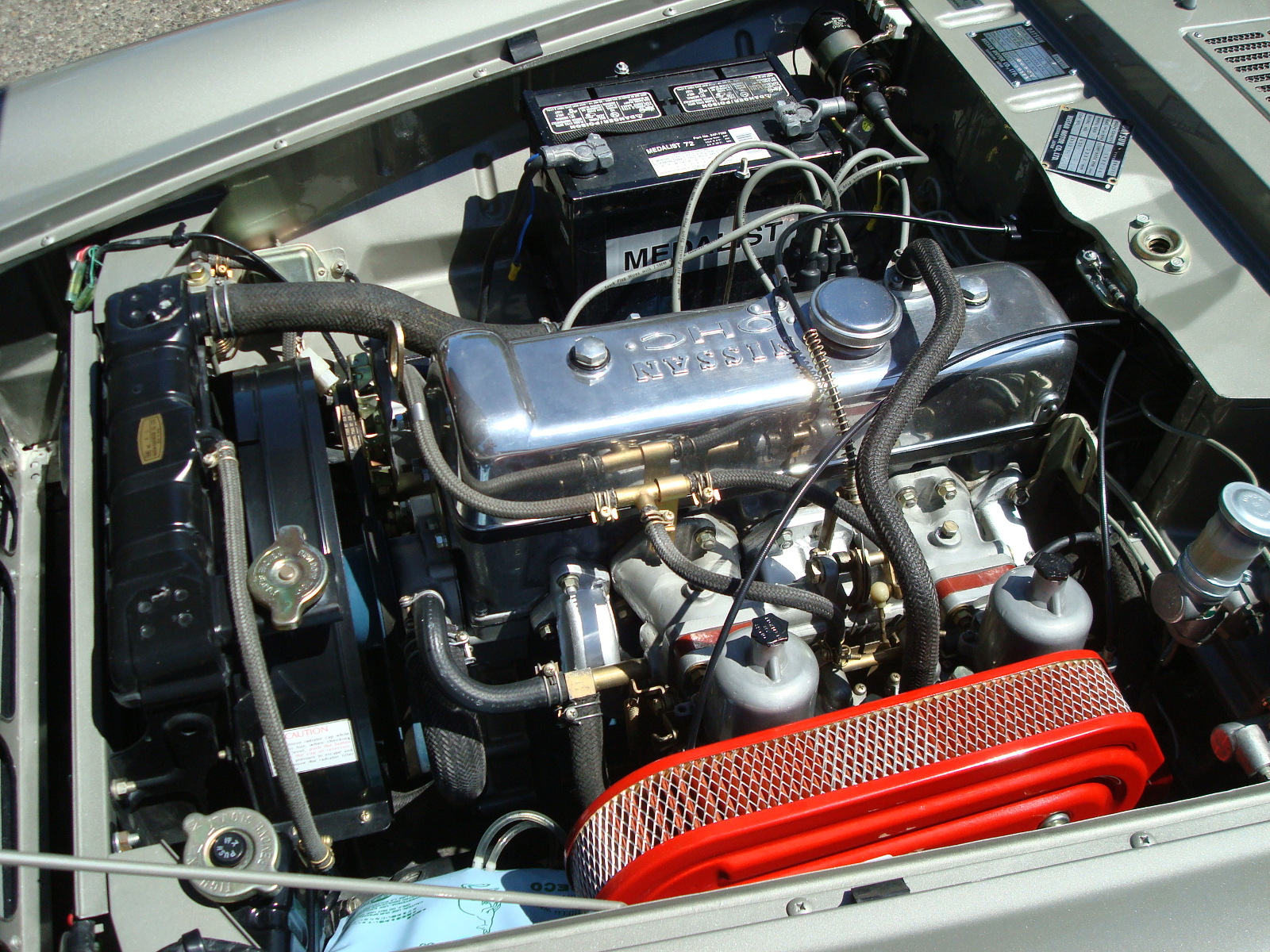
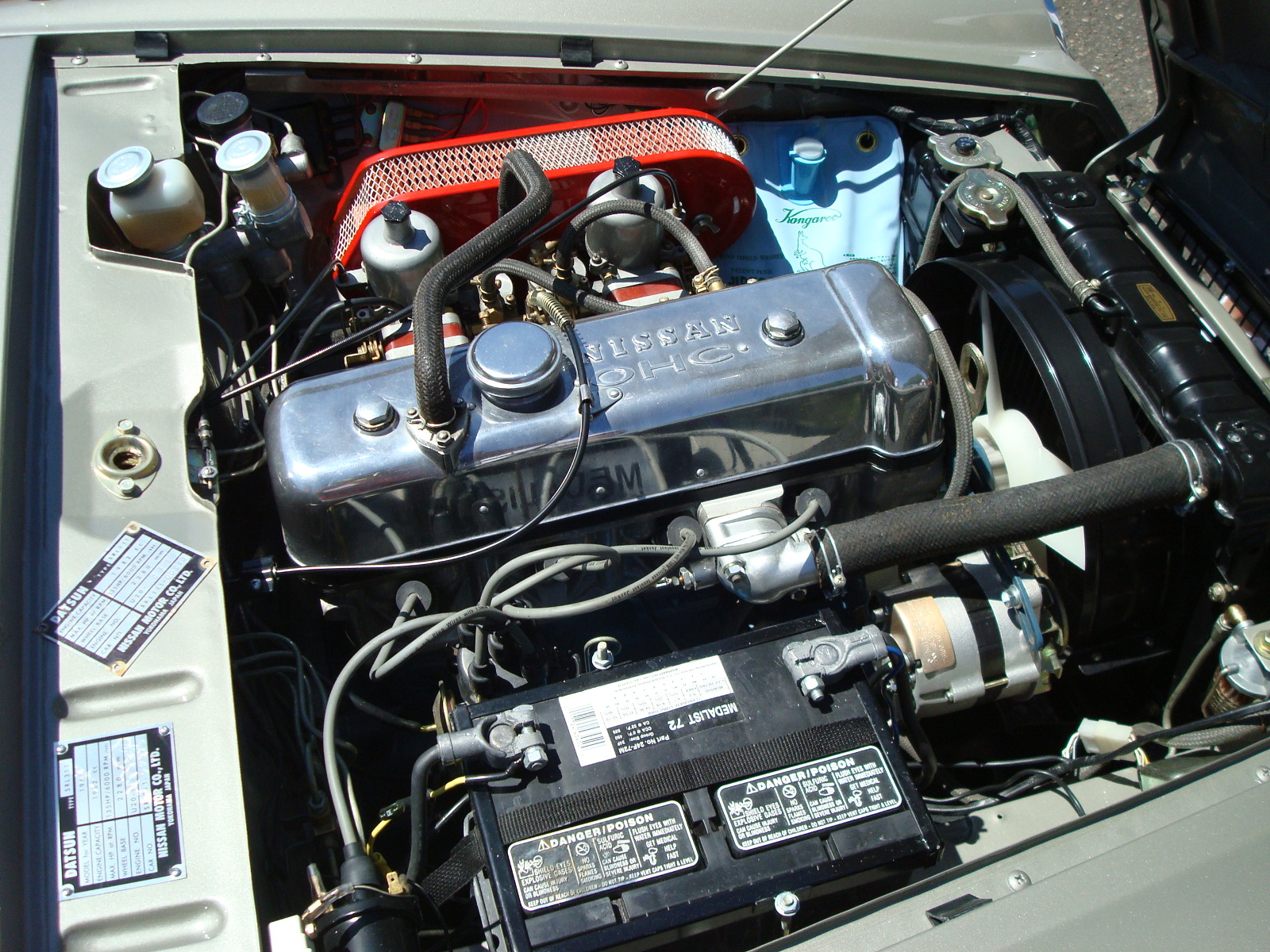
Mikuni (Solex) Carbs--Mikuni made copies under license of the Solex carbs. Canadian and Australian 67 2000s came with the early type 2 Mikuni carbs with 2 screw jet covers. Interestingly this is one part that does not cause much controversy when the much better Type 3 or 4 carbs are used instead. Most restorations use them and it seems most buyers are quite OK with the much better, later version Mikuni's. There is more interest in having the OEM open air cleaner housing. Type 4 Mikuni Carbs.
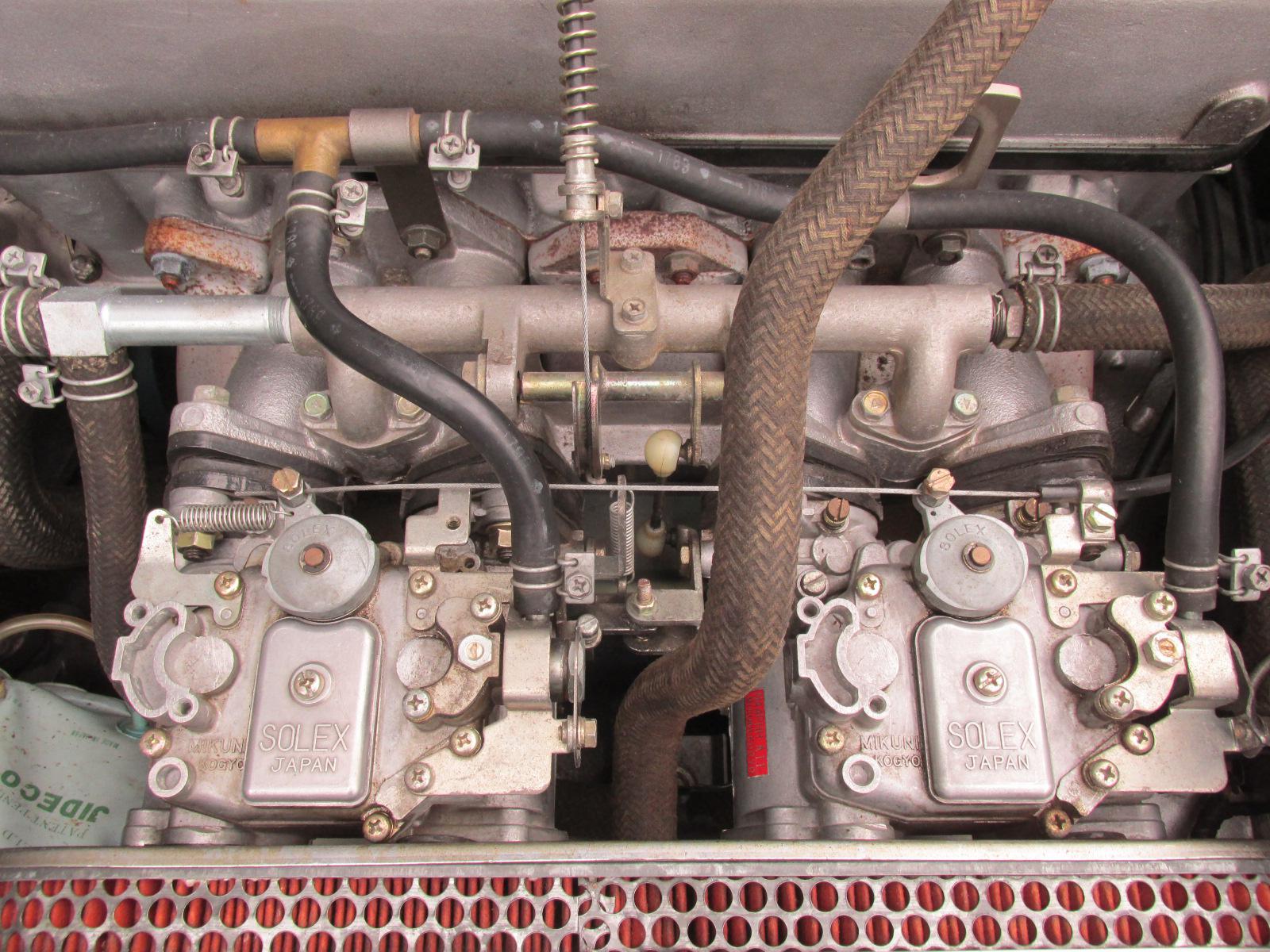
Mikuni Air Cleaner Housing--Open style housing with no cover over the visible air filter element.
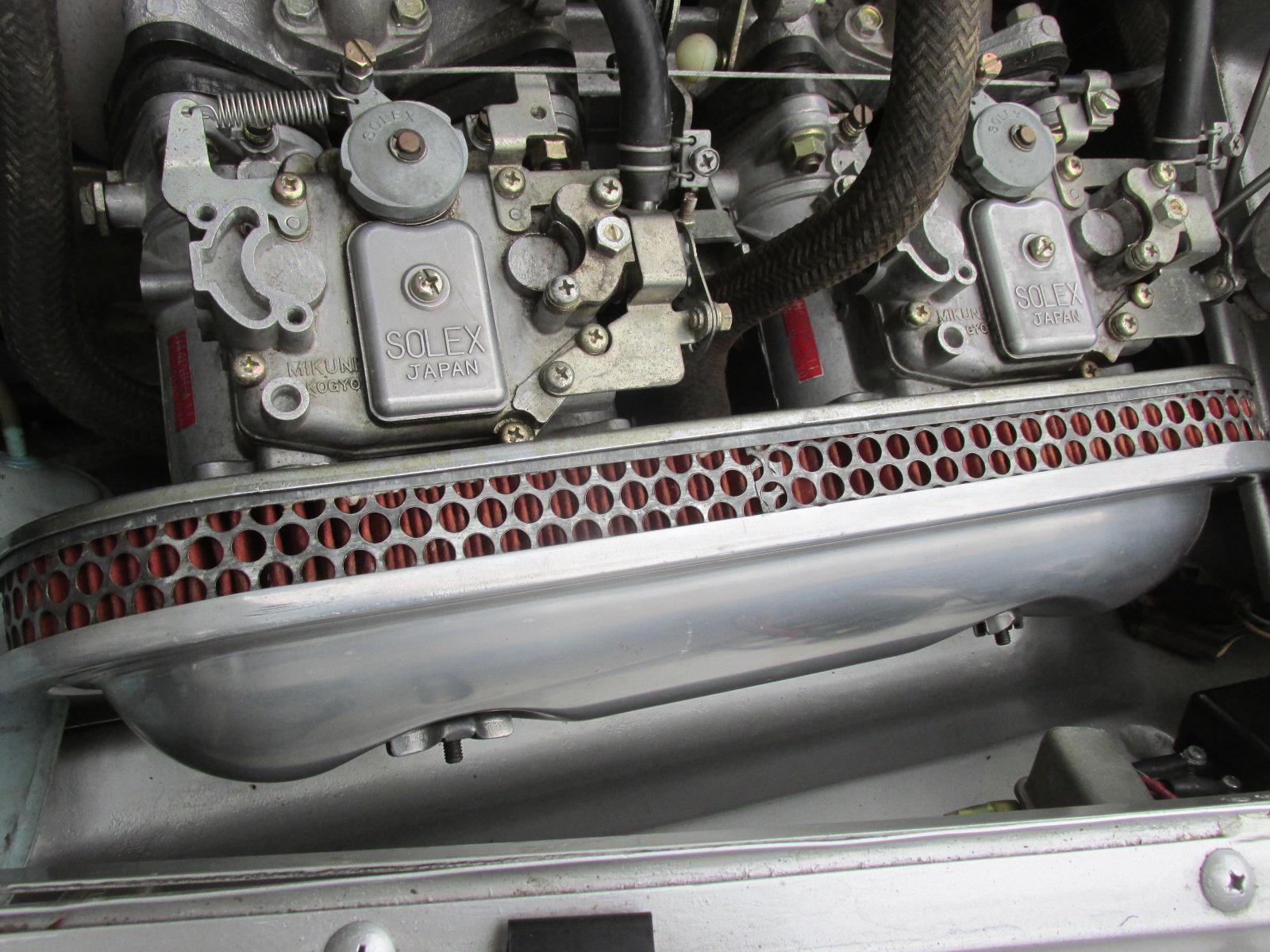
Mikuni Type II carbs
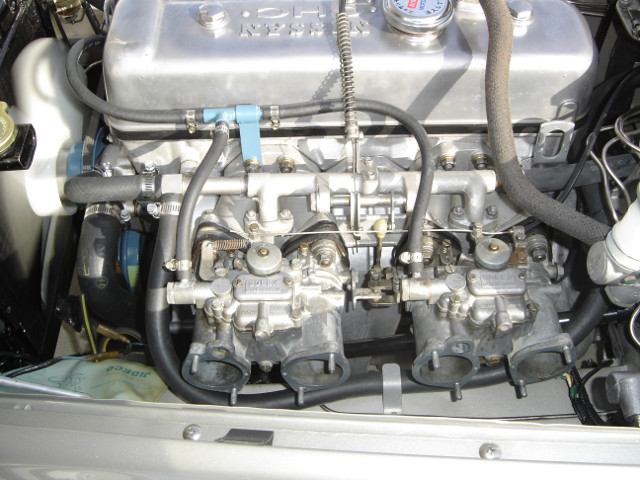
Exhaust manifold-- attached to flared exhaust pipe with 2 piece clamp not 3 studs as on later cars.
Fuel Line Clamp--There was a clamp that bolts to the timing chain cover on the head which supports the fuel line.
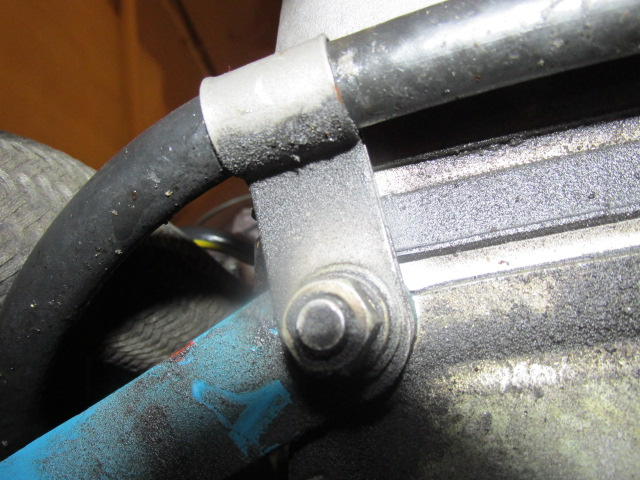
Rear engine lift bracket. The engine bracket was for the Solex and the SU version-there was no separate rear lift. 67's all came with this lift. According to several experts these brackets are pretty much unobtainable but several of the folks have taken on a project to manufacture them. The bracket hooks to the rear intake manifold bolts. There are two part numbers in the books, but no definite point at which it changed.
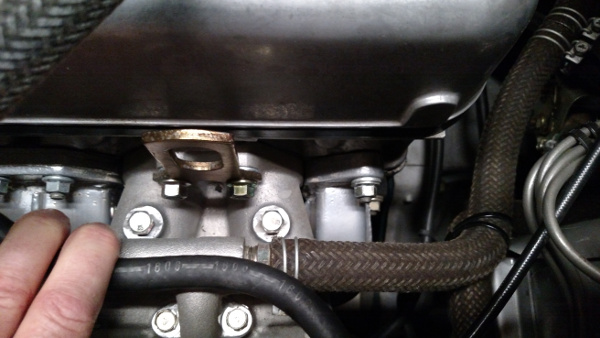
This one appears to be from a later setup. Some say it works just fine.
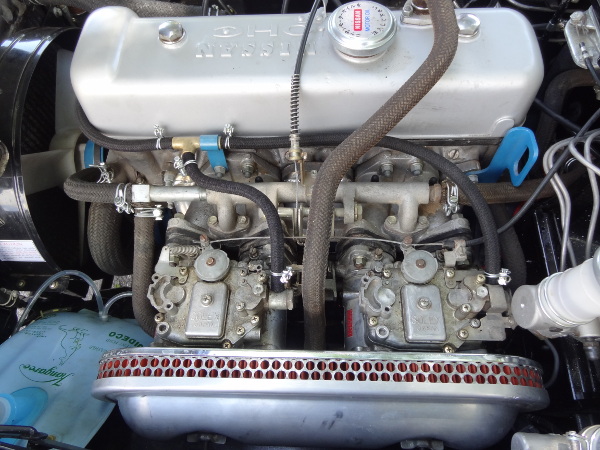
Oil filter base drain plug. It shows the picture in the parts book, but again, no definite serial number on the change. We believe it was in the first 200 cars. Parts book gives two part numbers and list one as race. Could be the drain plug was considered the race version.
-150 HP Option Parts. No 67 2000 roadsters came to USA with Mikuni carbs and 150 HP plates. The 150 hp package of carbs/manifold/linkage, air cleaner housing, "B" cam and larger oil pan were available and the dealer could install them but the ID plate was not changed. Australia received only 150 HP roadsters and Canada received 150 HP roadsters and these correctly have the 150 hp ID Plate.
8 Quart oil pan
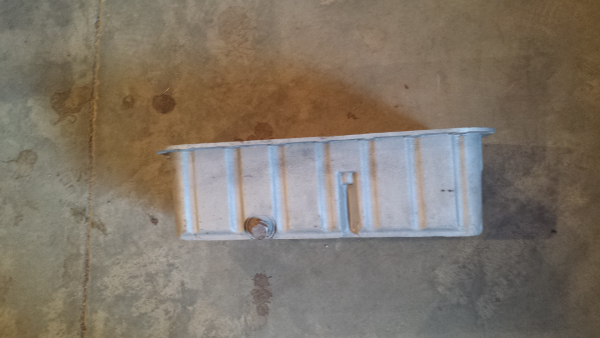
8 quart oil pan sump baffle
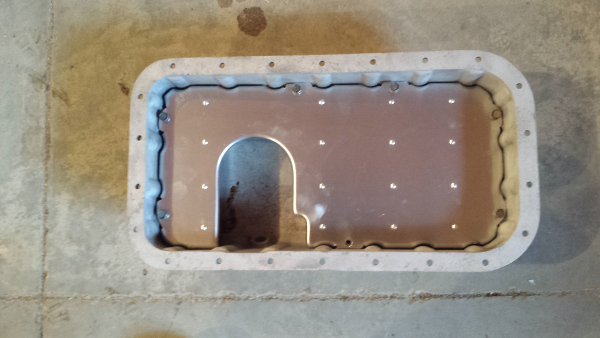
Fan--4 blade plastic fan
Fan Pulley and Spacer--Single groove pulley with spacer between it and the fan.
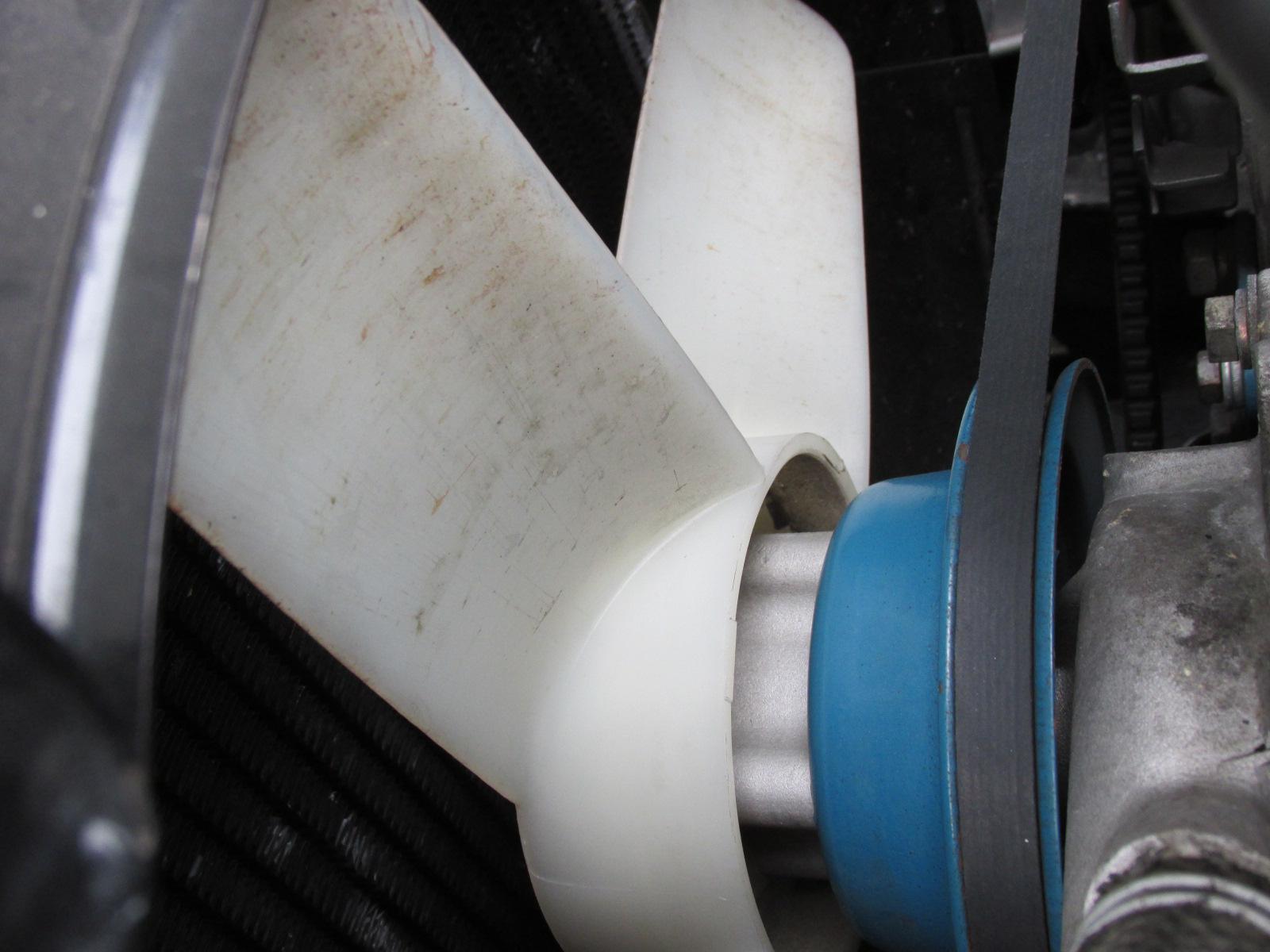
Fan Shroud--The fan shroud was unique for the 67 2000.
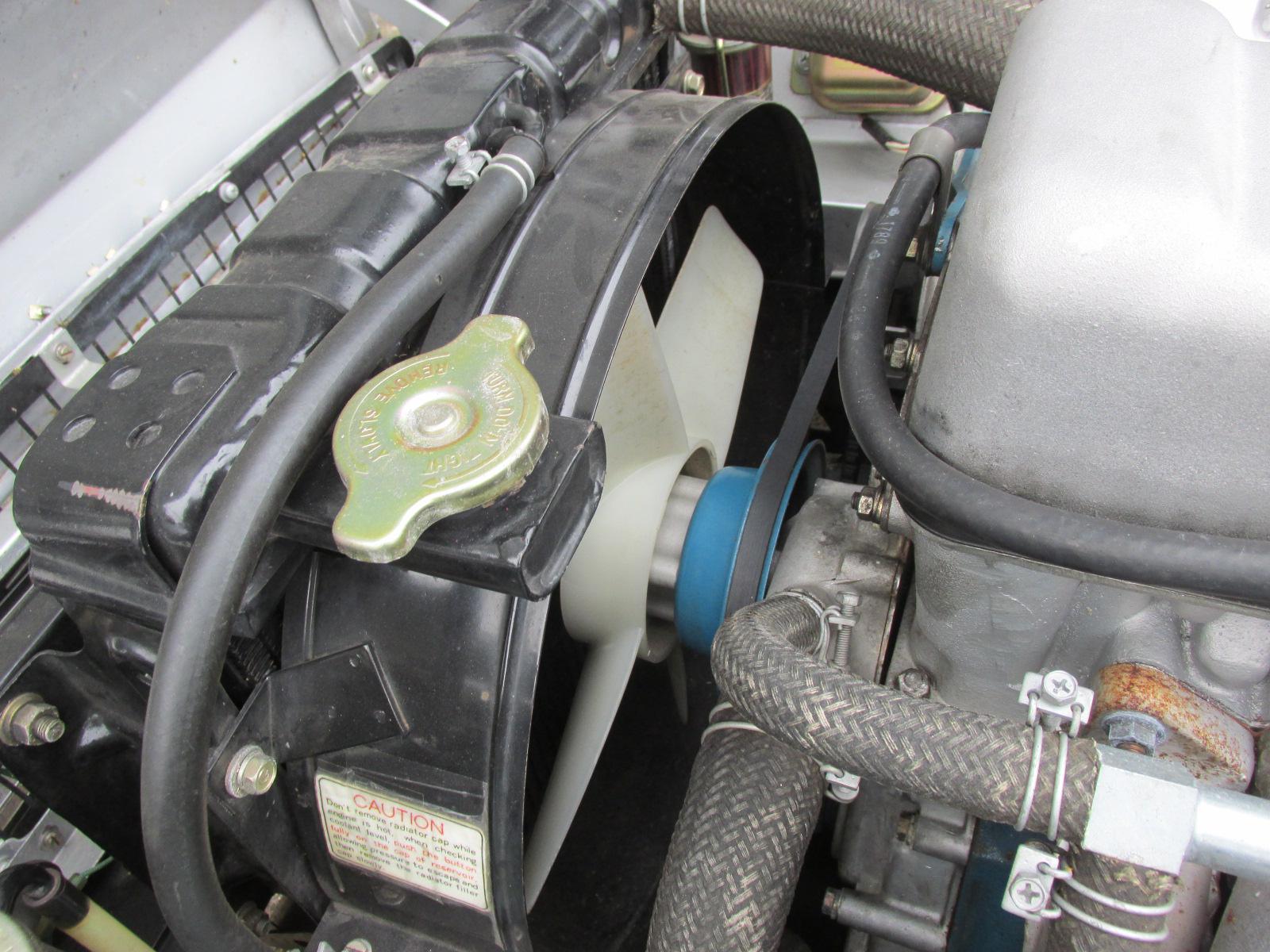
Master cylinders--the 67 came with the dual circuit master cylinder. The caps were silver metal. The clutch master had a single black rubber cap.
Fuel Line Routing--The fuel line from the fuel pump connects to a "T" fitting that distributes the fuel to the carbs.
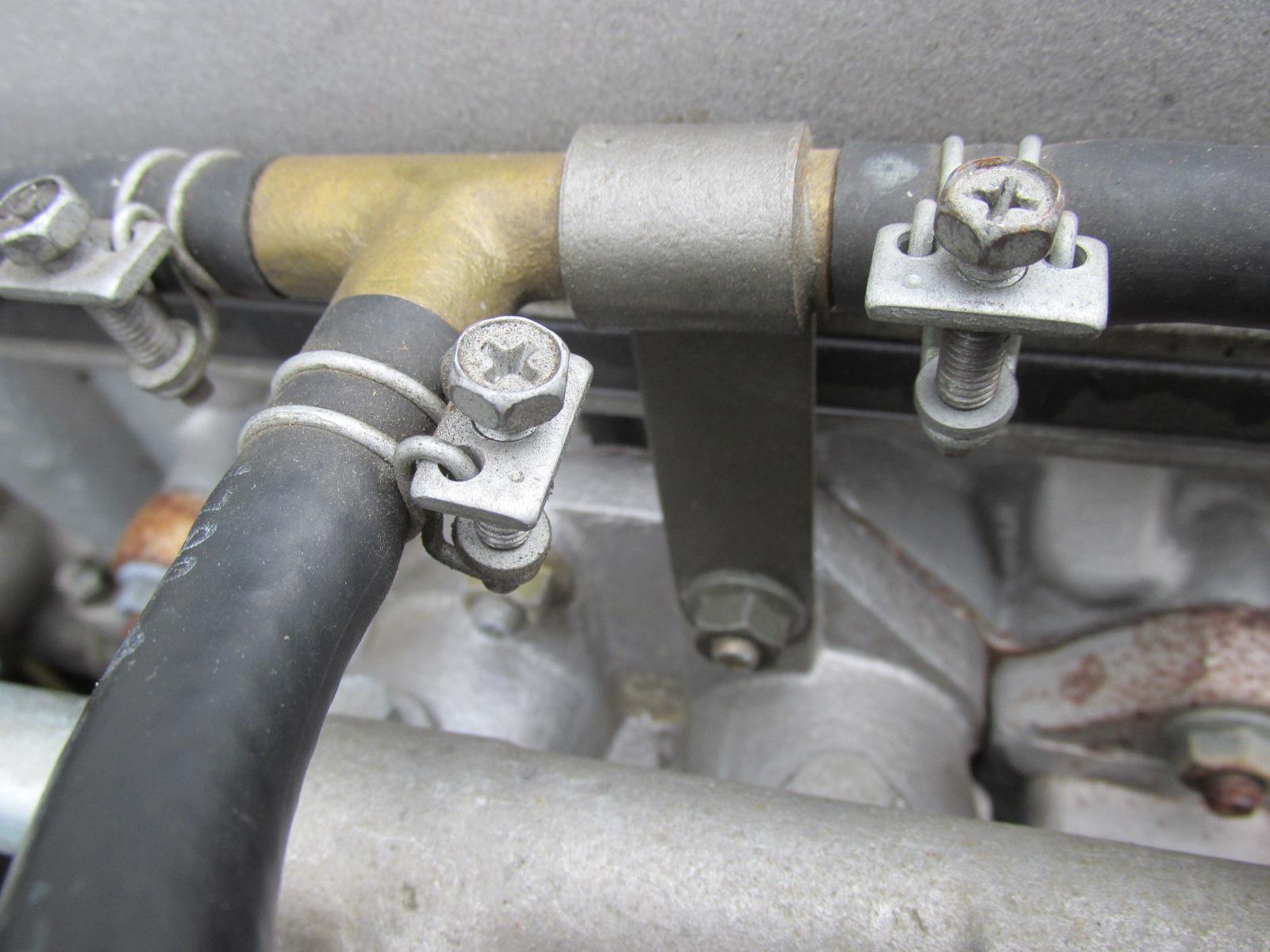
Hoses and Clamps--All hoses were the braided style with the OEM clamps. The hose clamps shown in the photos are the later wire design. The early ones which would be correct would not have the square gizmo that the screw threads through - the screws were Phillips head screws and not hex head.
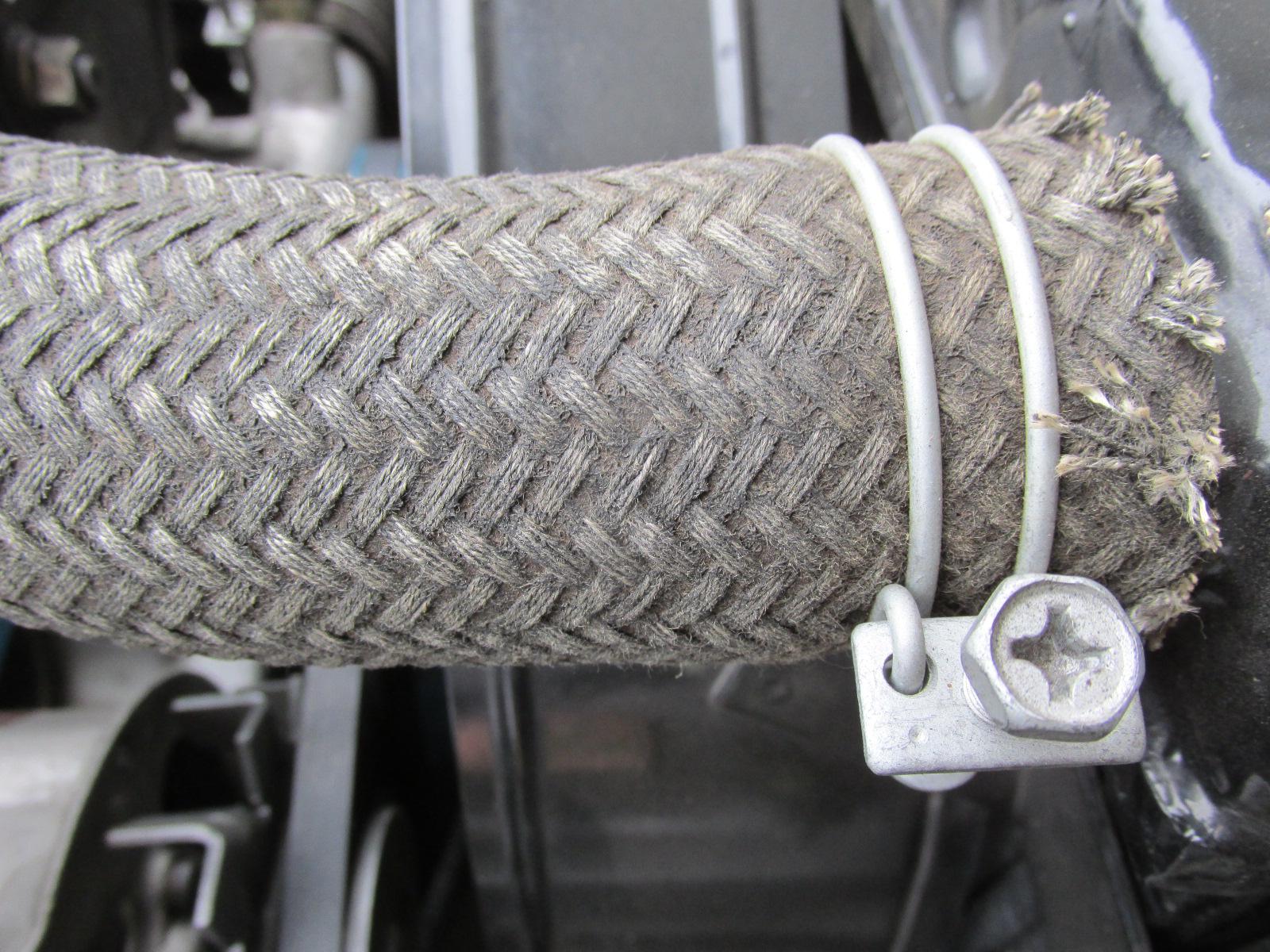
Head--The head contains no smog ports although the bosses where the ports would be placed on the later smog head are cast into the head. Non-smog head and there were three different kinds) The early ones having the round “bump” where the later smog ports are. The other two being flat area, but no smog hole (one is as-cast, the other machined flat)
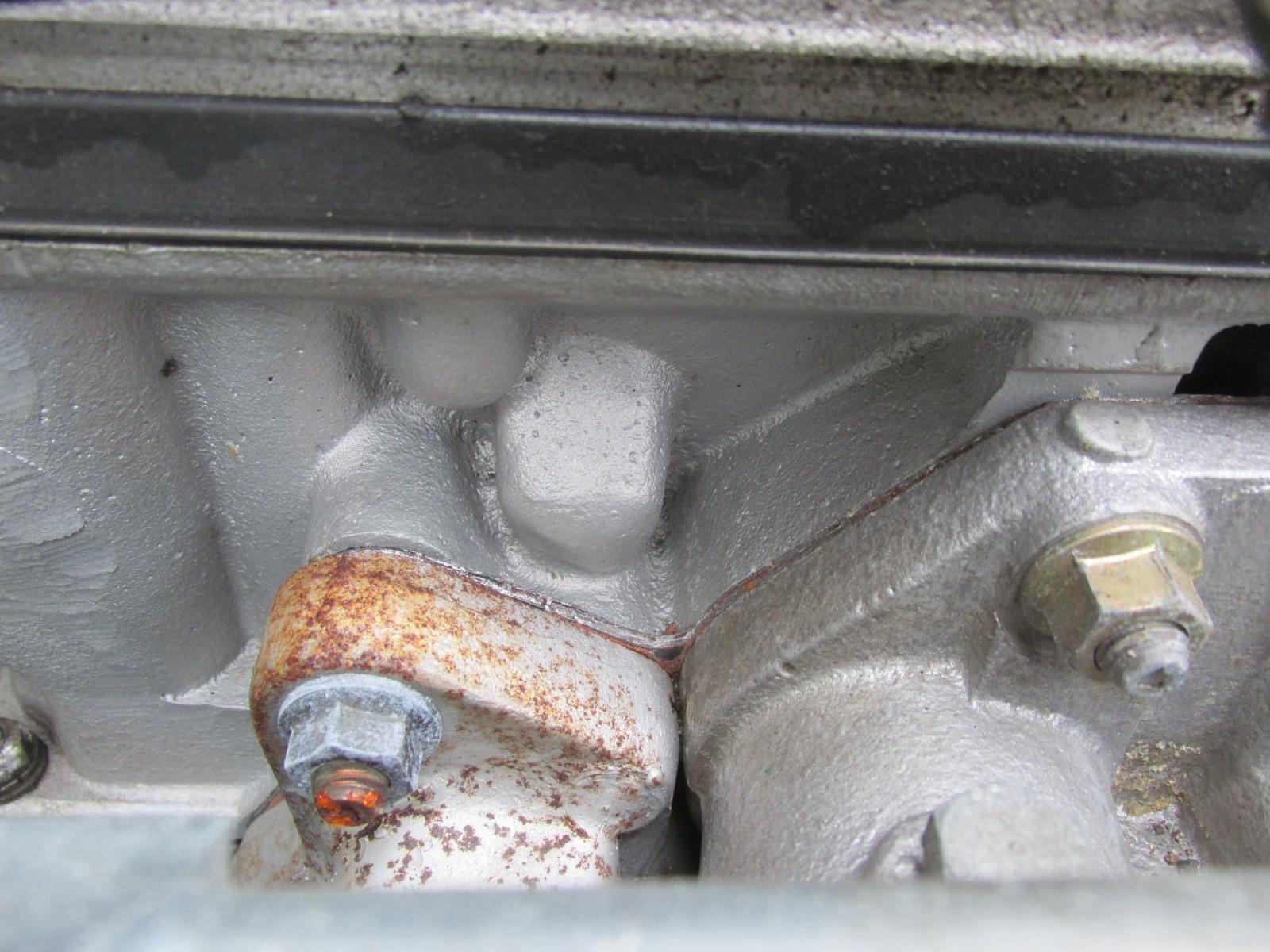
Thermostat Housing Elbow
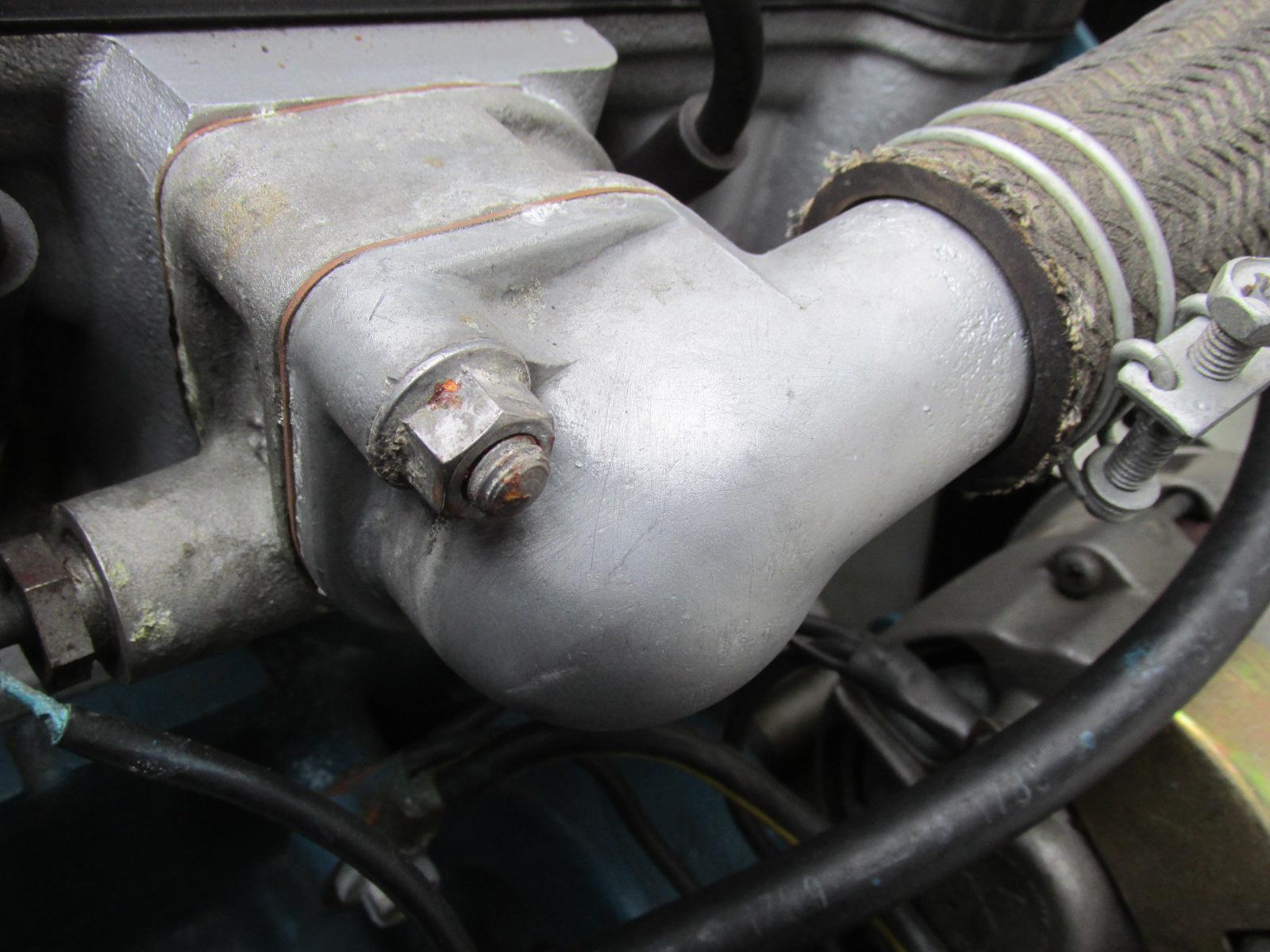
Exhaust Manifold--Exhaust manifold attached to flared exhaust pipe with 2 piece clamp not 3 studs as on later cars.
Cam Cover--The very early cam covers had the rivet in the C of the OHC but lacked the throttle cable clip. The cam covers for cars starting around 200 or so usually have the rivet and the cable clip. The difference between Solex and SU is the presence or absence of the vacuum tube clip on the rear above the #4 exhaust port. There is speculation that the rivet outside of the OHC on the cam covers did not arrive on the scene until about two thirds of the way through the production of 67 2000s or later. Cam cover surface. The OEM cover was natural grey aluminum and smooth. Many folks polish which is not stock.
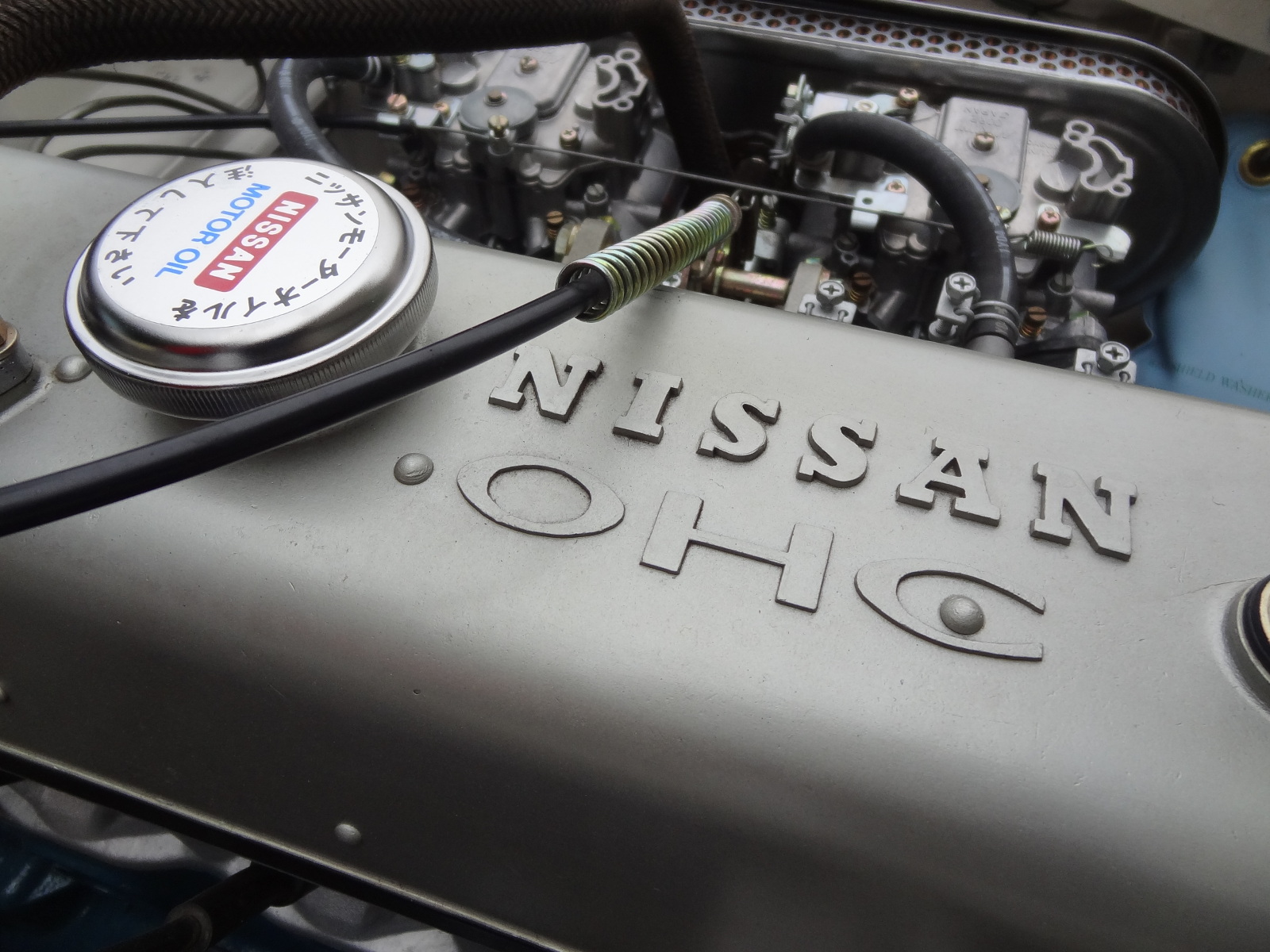
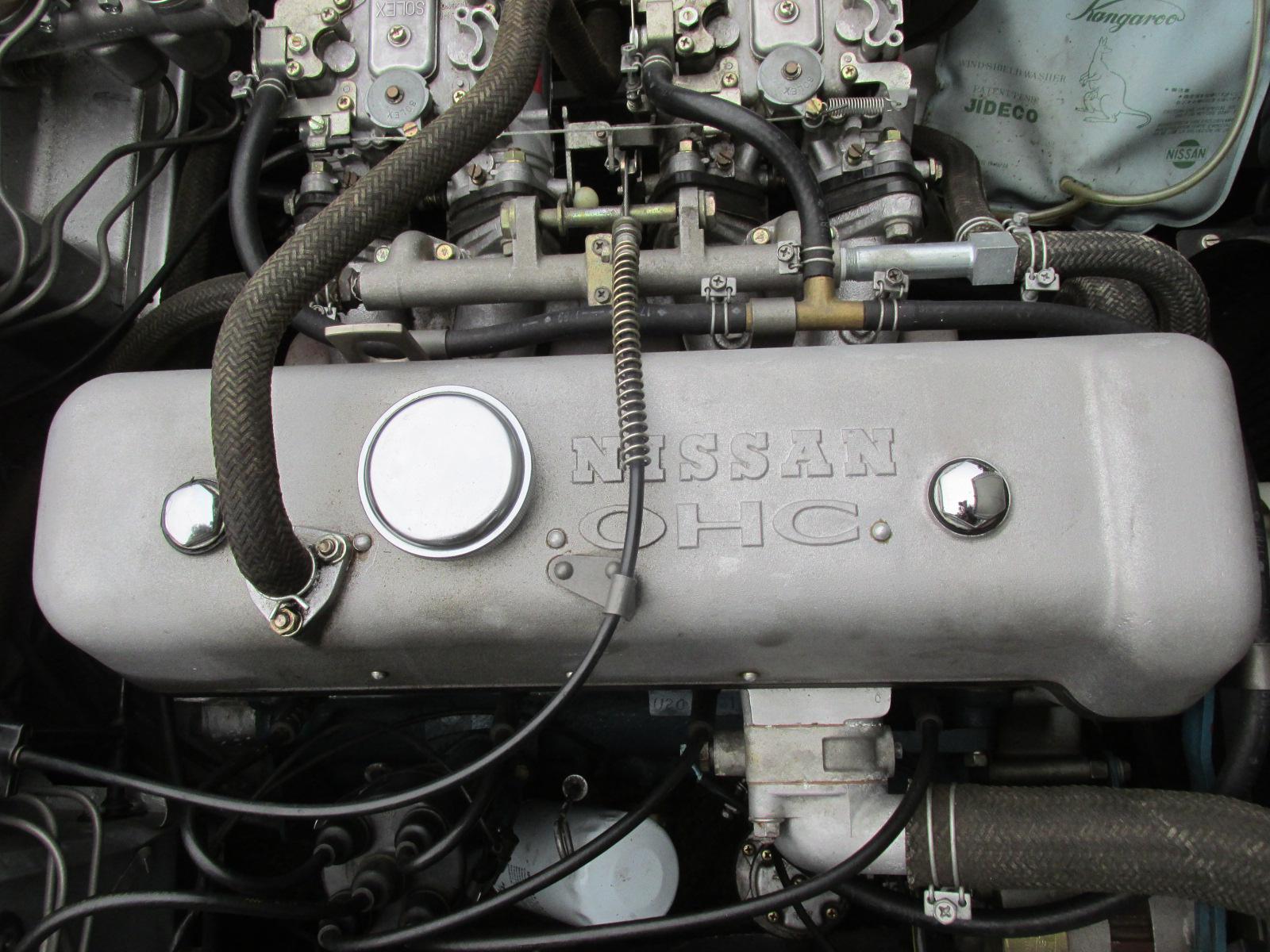
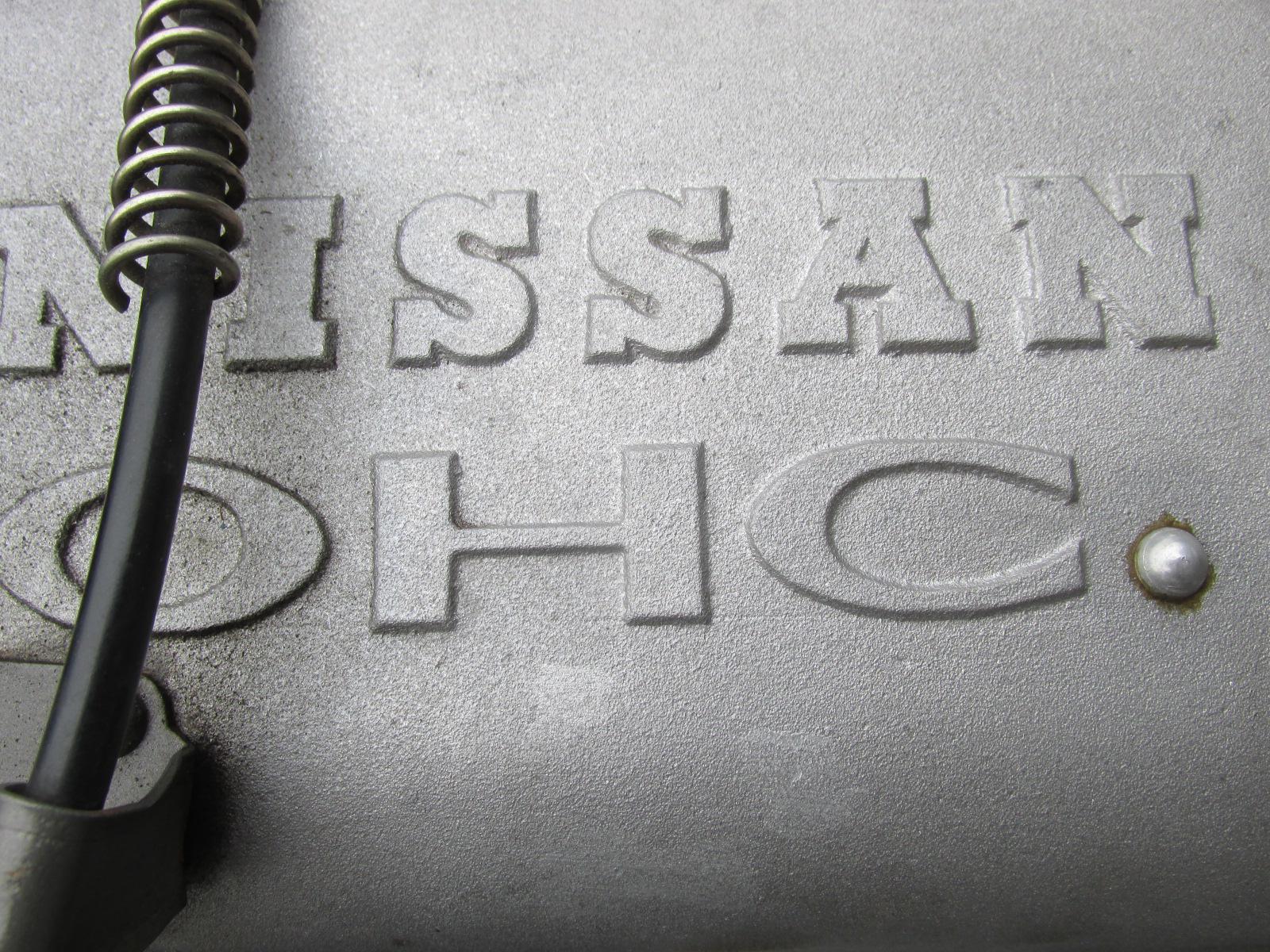
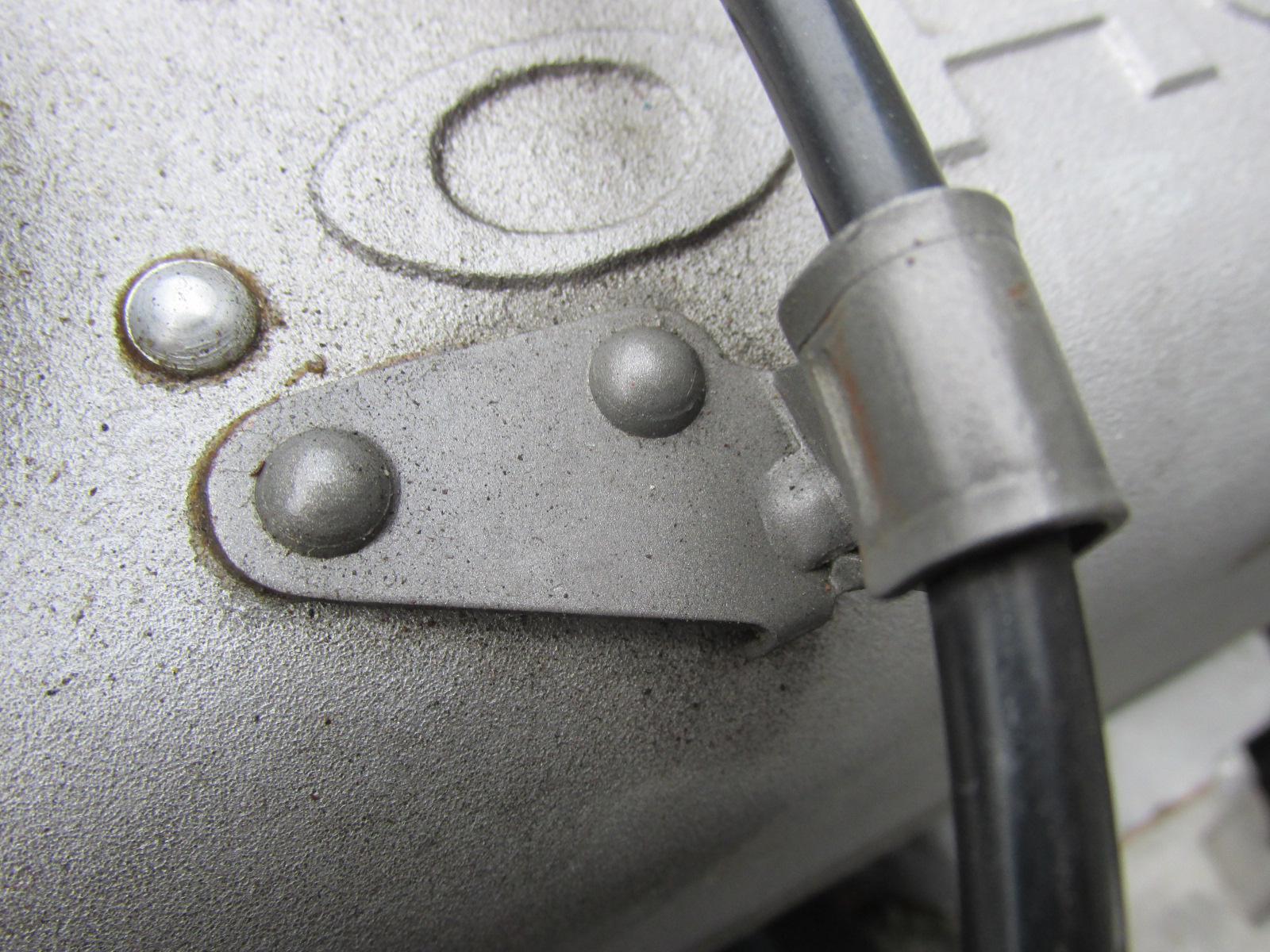
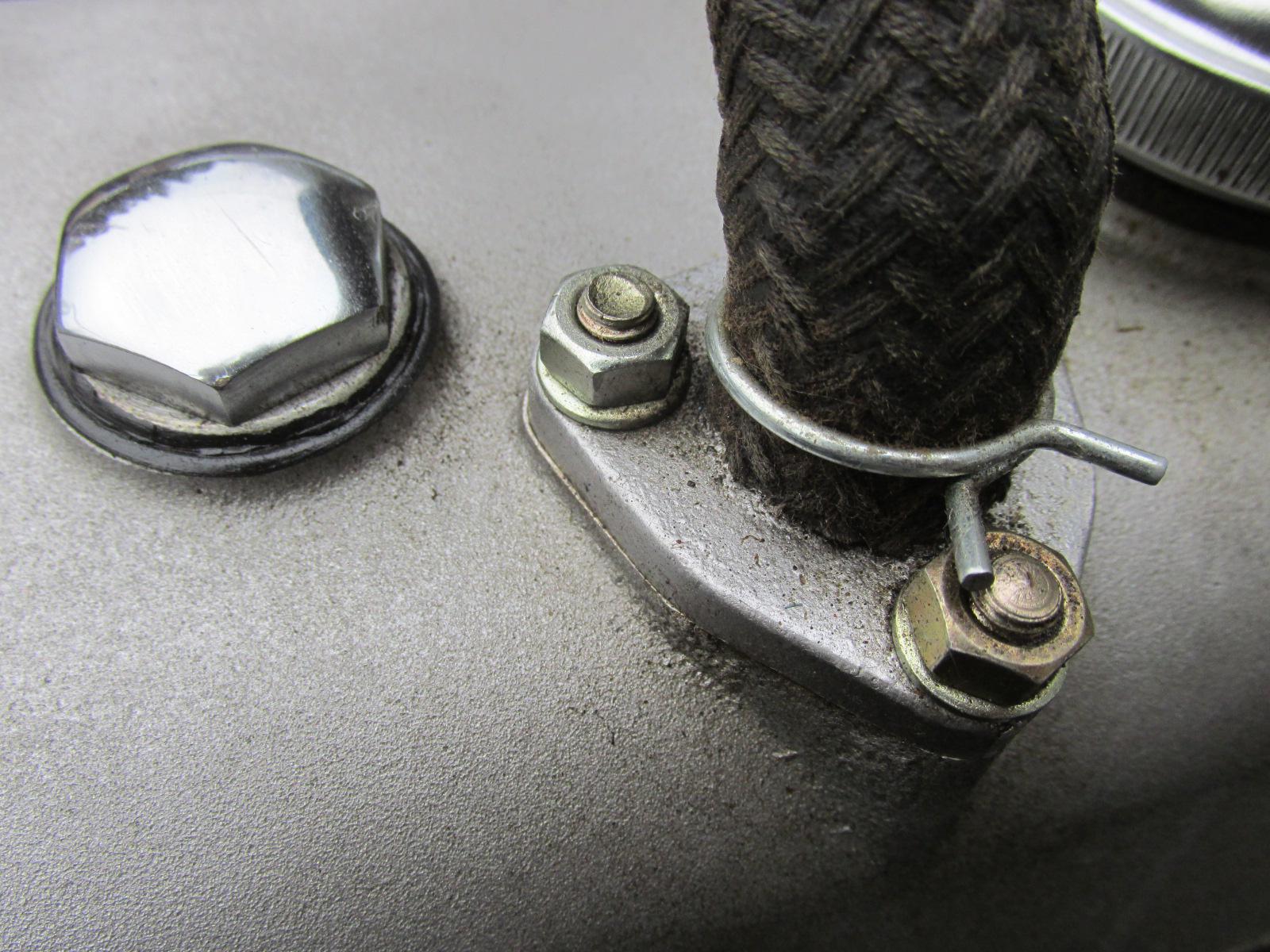
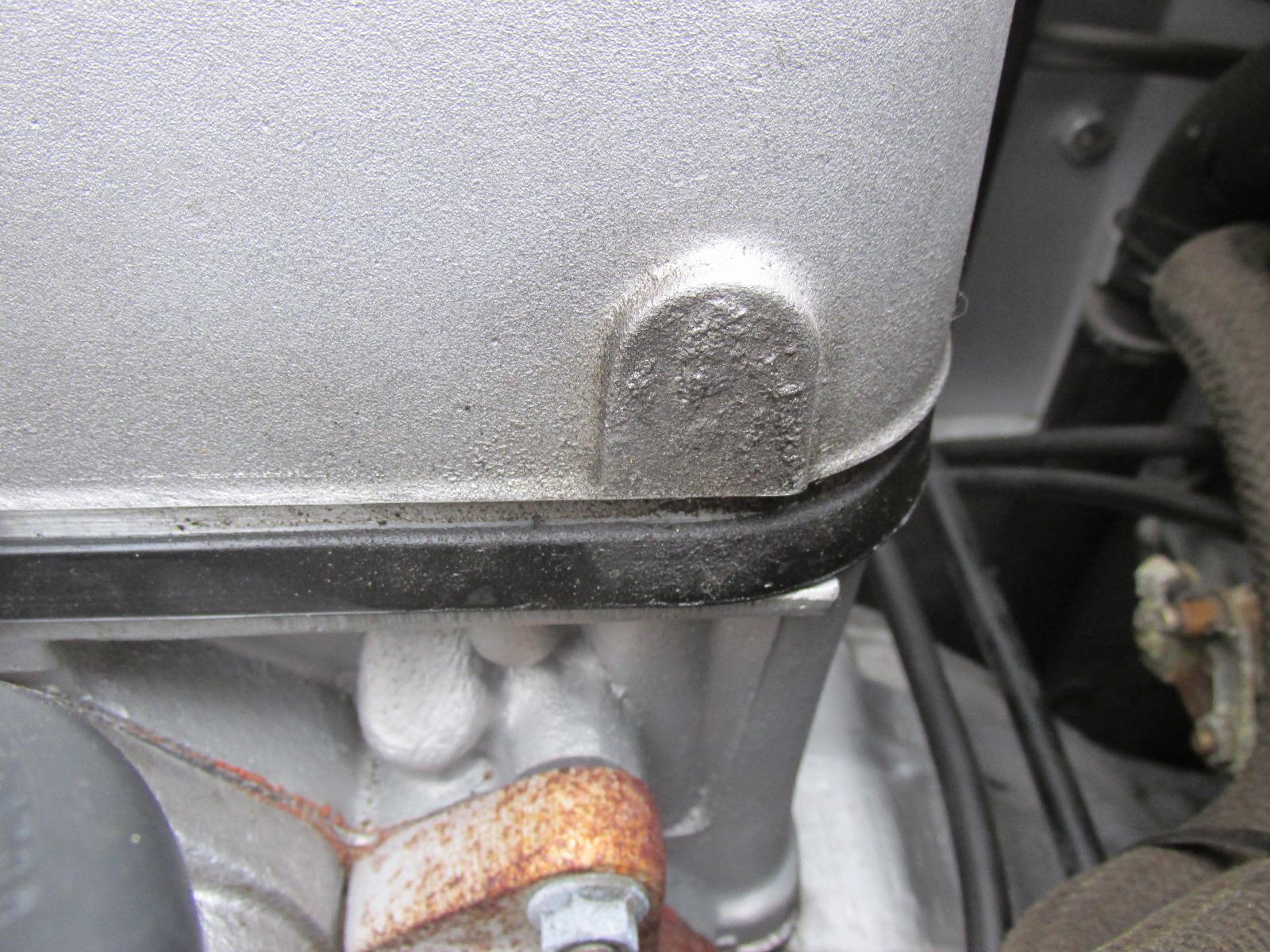
Washer Bag--Washer bag is the Kangaroo bag. Windshield washer bags had 3? clips to retain motor. # of clips changed on replacements?
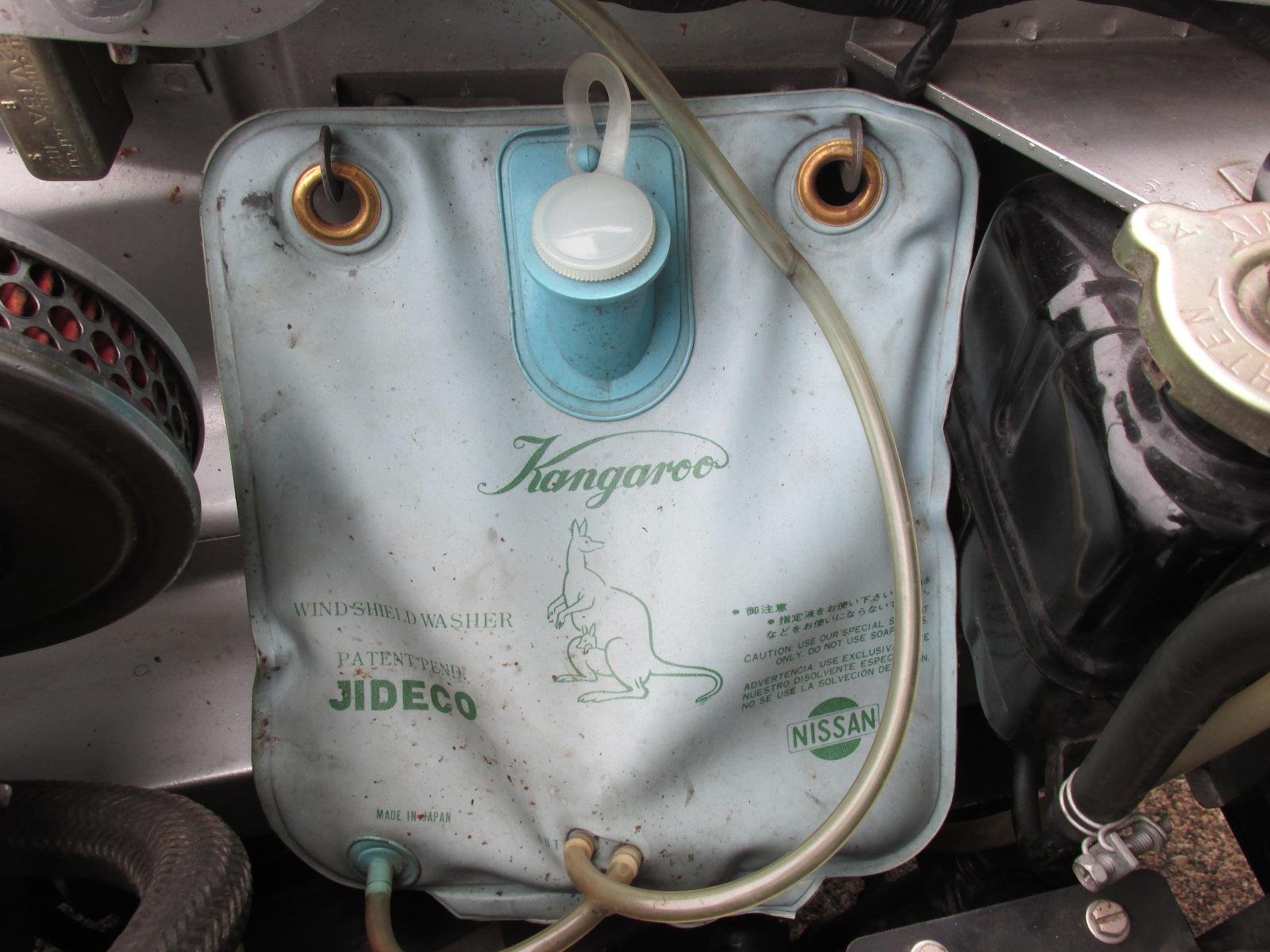
Alternator--Mitsubishi. The alternator was unique because it had French metric screws for assembly while later ones had regular metric threads. May be other variations.

FUEL FILTER
All of the low windshield cars are similar in that the inlet and outlet were parallel to the radiator. In the photograph we have here in the Wiki, they are perpendicular to the radiator. A detail difference, but a difference.
Fuel Filter--Glass bowl fuel filter mounted as pictured.
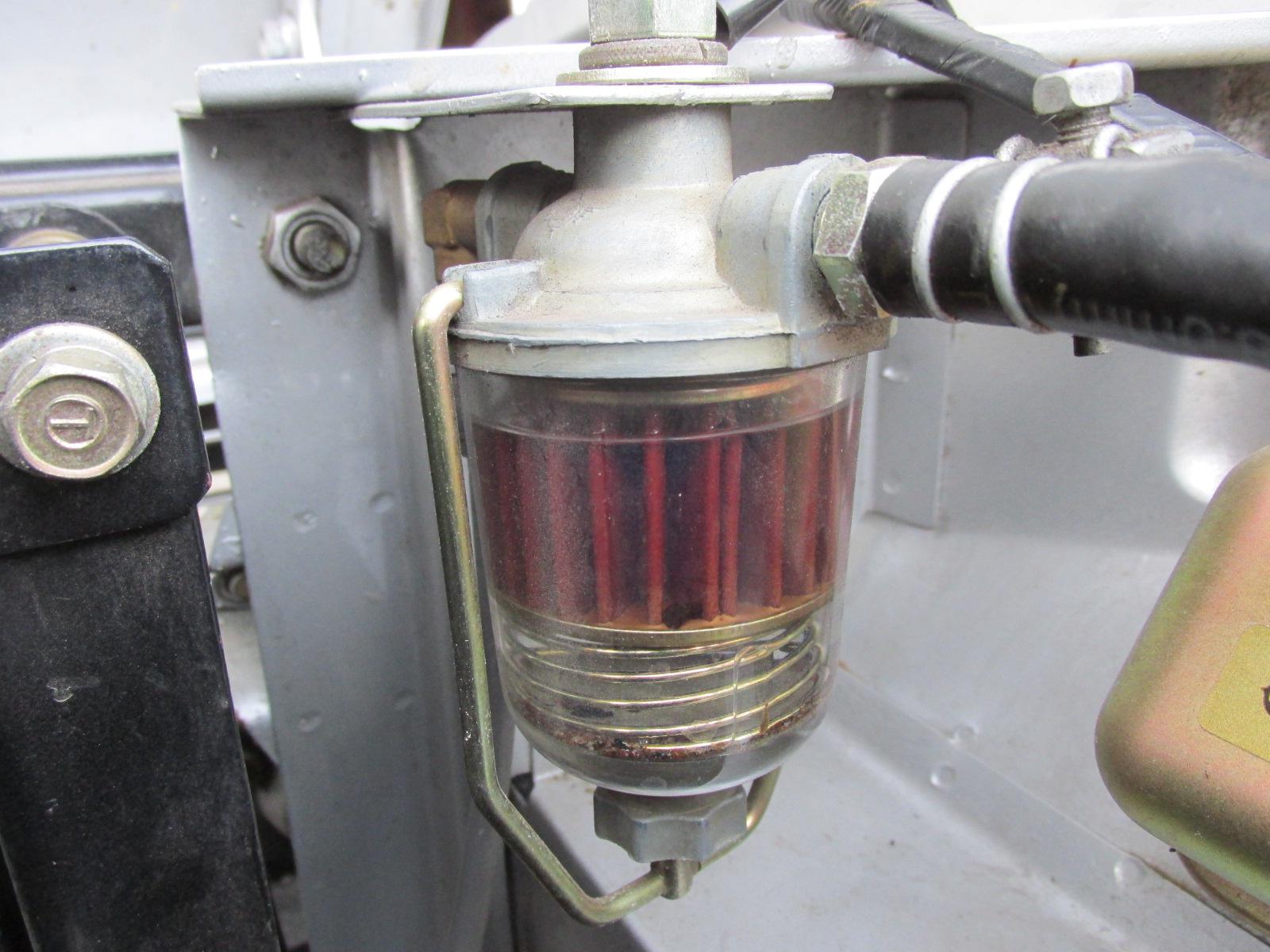
Early Fuel Filter--early version of above
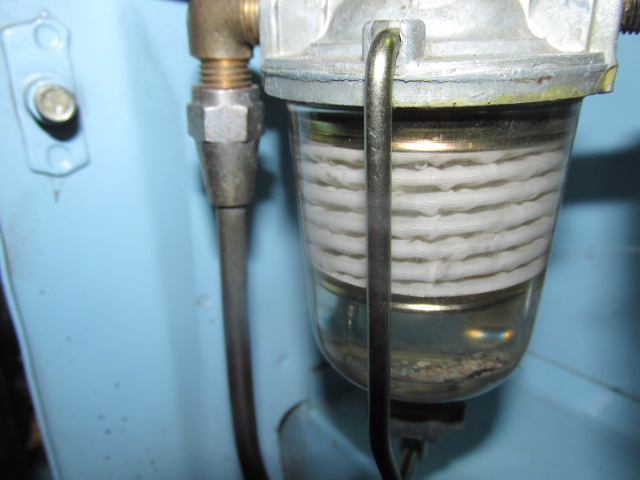
Heater Hose Clip/Clamp--The clip holds the long heater hose on the firewall near the brake master cylinder. Most often missing.
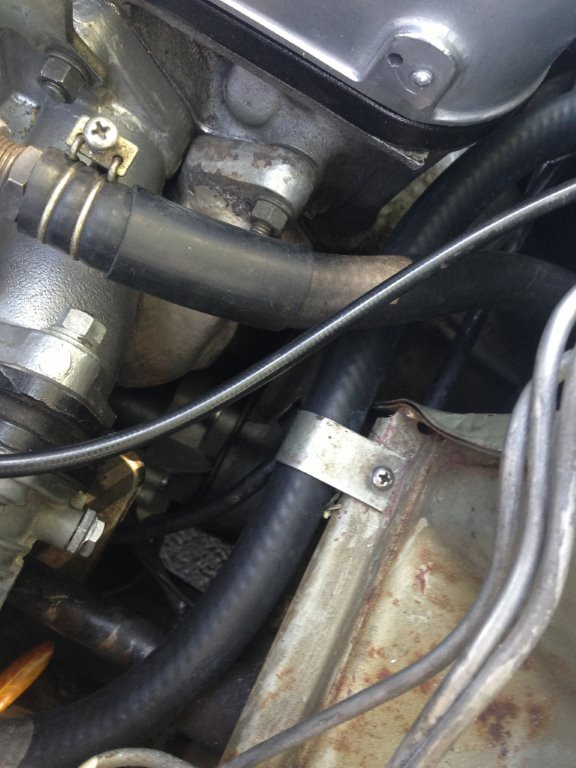
EXHAUST
There were two versions of the 67 exhaust manifold. One version had the outer pipes made of multiple pieces with tubing connecting the top to the Y a the bottom. Later versions were made like the typical 68 - 70 manifold. No definitive date as to when the change occurred. I need to check to see what I have in the garage. Stan had alluded to this on one of his parts listings years ago - maybe he knows when the change over occurred. As far as the October date, that would be the start of the 68 model year production.
Twin tip vs Megaphone exhaust tip. The first SRL cars through #0069 had twin tip according to parts manual, #0070 and later got the megaphone.
Also if looking for originality, what exhaust system is used, and is the muffler in the X member or past it? In the X member is correct.
When considering frame swapped cars, there is a bracket just ahead of the exhaust resonator that is unique to the 2L cars. The 1600’s didn’t have this.
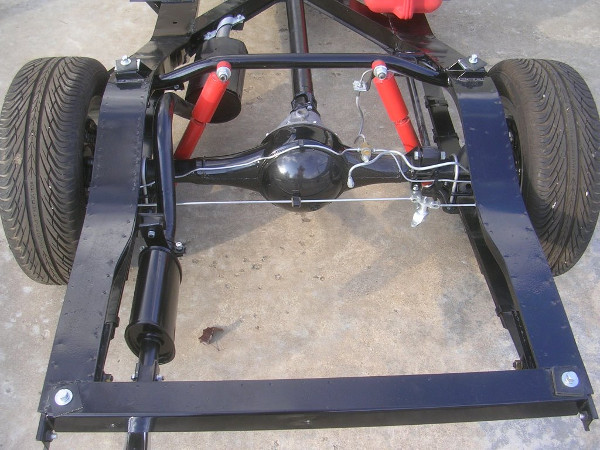
ELECTRICAL
Voltage Regulator--Mitsubishi
The 1967 2000 (and 67.5 1600) would have been initially fitted with a Mitsubishi model RL-2220B5 voltage regulator (Nissan part no. 23500-14603). Presently an interchange part continues to cover both vehicles (Nissan part no. 23500-L2910). The regulator’s cover will bear the Mitsubishi name, the three-leaf Mitsubishi logo and the trade mark “Prestolite”; it also have chamfered edges and affixes to the regulator’s base using 4 cross-head screws. The regulator’s cover in period photos appears consistent with those constructed of a light green colored plastic with 2 molded struts along each of the upper and lower horizontal edges of its base. We believe the model designation has been shortened to RL-2B5 for purposes of identification, and will be found stamped into one of the tabs which used to mount the regulator to the inner fender. The best period images of the 1967 2000 Voltage Regulator are found (i) (line drawing only) on page 92 of the U20 Service Manual (Nissan Publication No. 48141) - this drawing is also reprinted on page 51 of the 1968 version of Chilton’s Repair and Tune-Up Guide for Datsun, (ii) in the photo (with the fuel strainer) on p.26 of the 1967 owner's manual (Nissan Publication No. 17131), (iii) Road & Track’s November 1967 Road Test, and (iv) the Feb and June 1969 issues of Road Test (which use the same stock photo of a 1967 engine bay with SU carburetors).
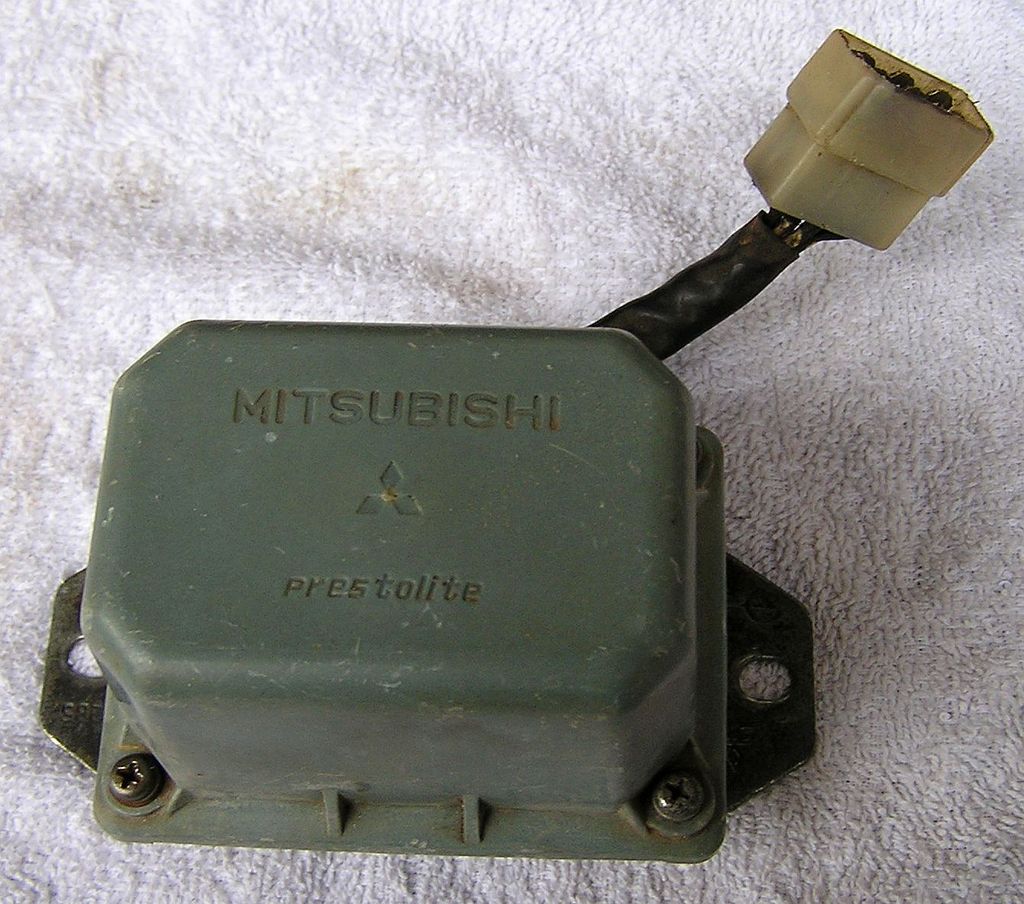
Battery Cables--Original negative battery cable showing clamp style. Battery was a group 24 not 24F and negative cable was hooked toward rear.
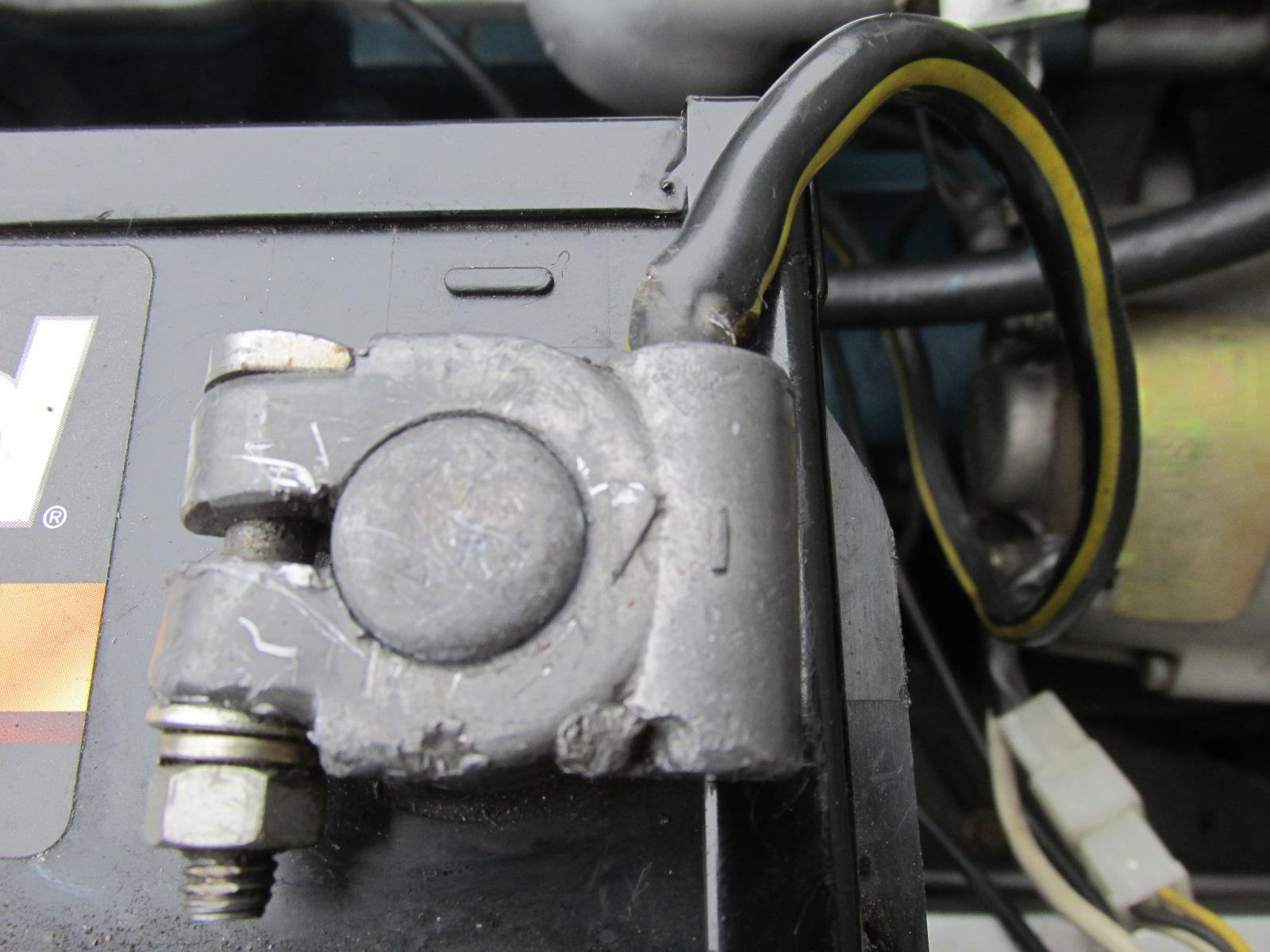
Battery hold down-Correct battery hold down clamp. The 67.5 cars both 1600 and 2L have radius corners on the top inside of bracket.
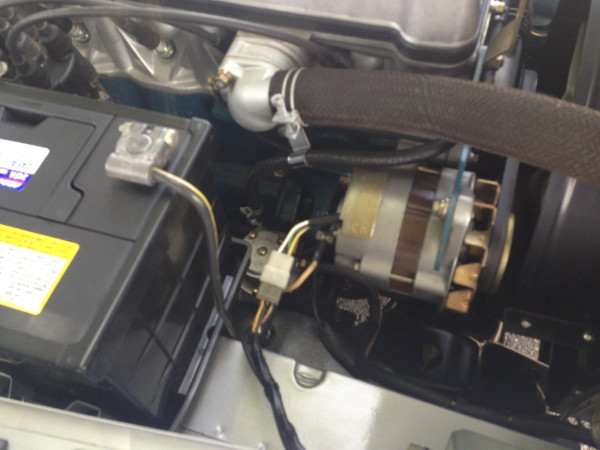
Wiring Harness--The main difference between the original and updated 1980s hood harness's are the light and horn relay wires. The original had the wires exit together and run to the relays. The updated harness has the two sets of wires exiting separately at different points closer to each relay. Sometimes the temperature sender wire was just extended across the front of the engine from the 1600 exit point on the harness instead of the wire exiting with alternator wire.
